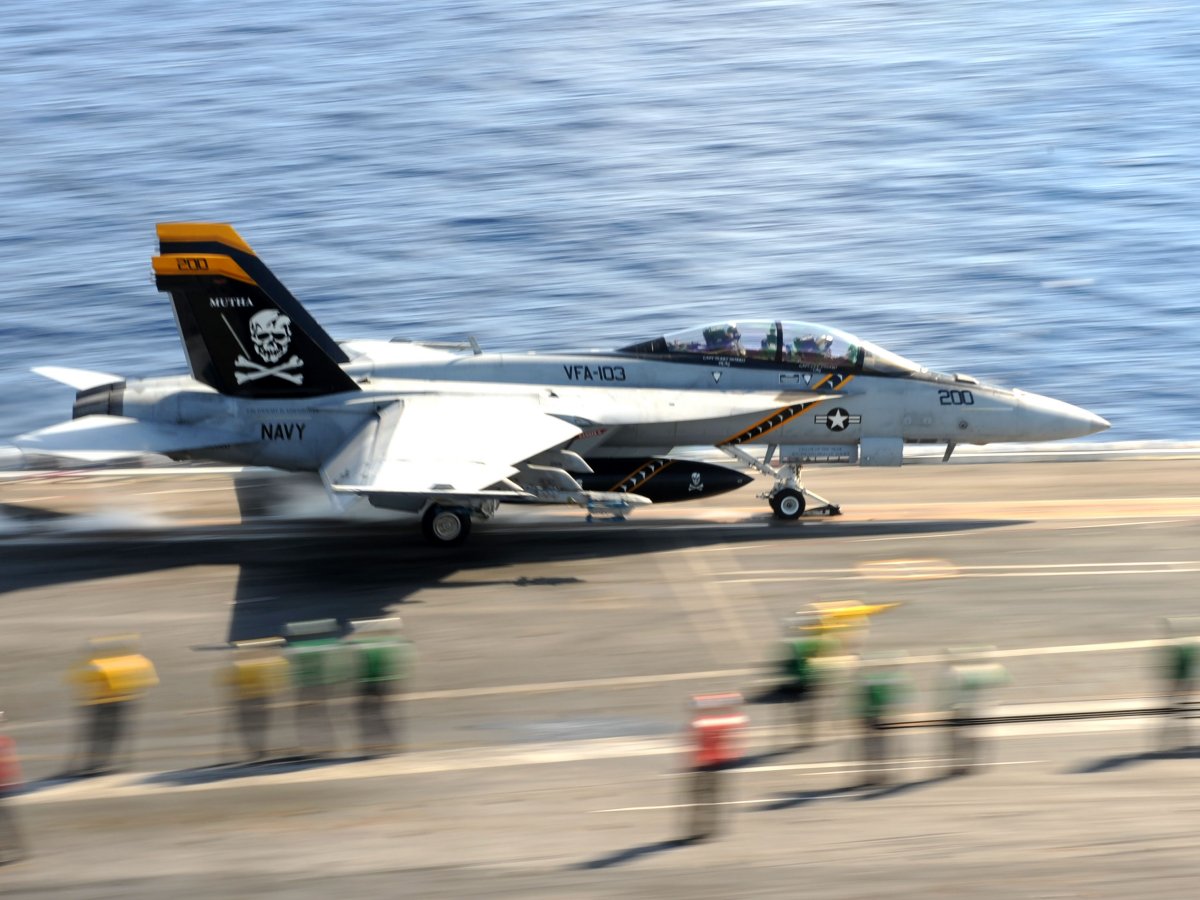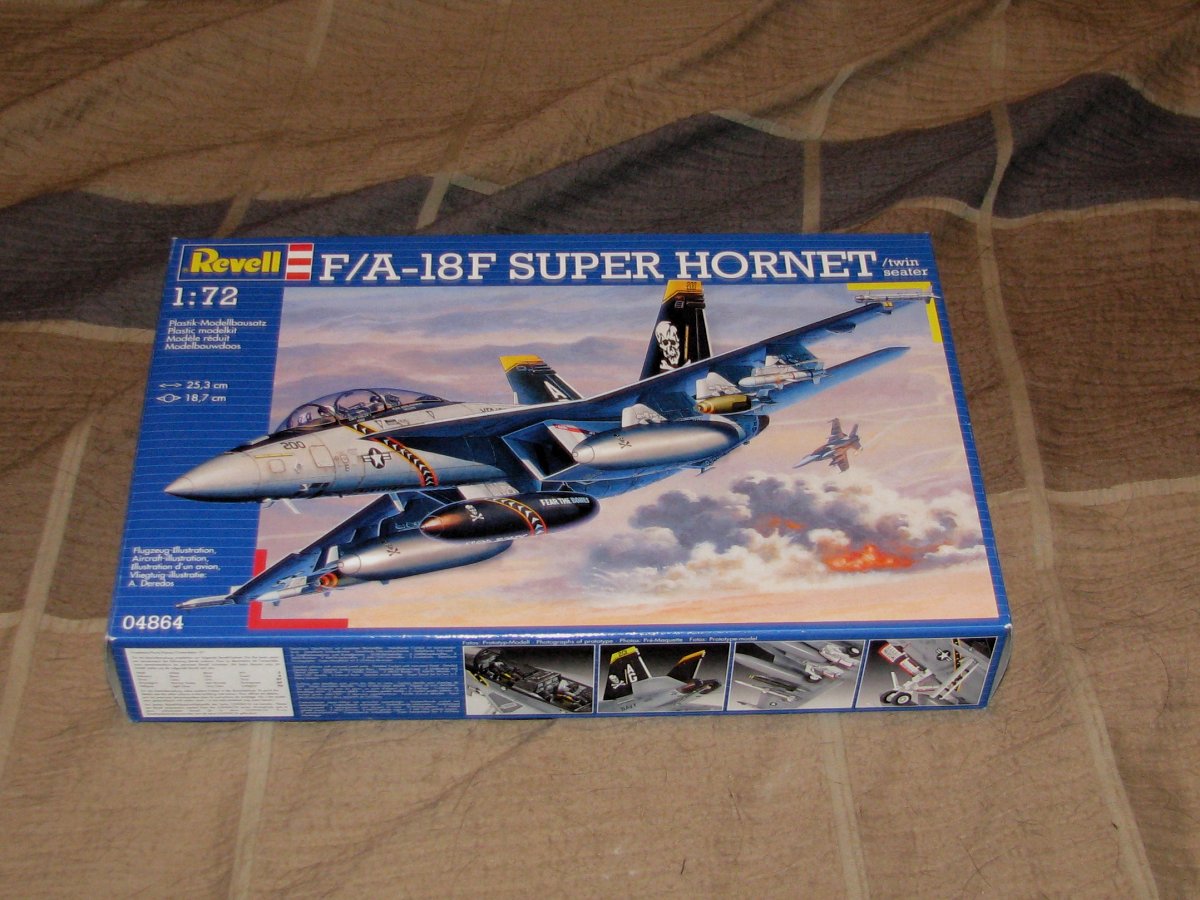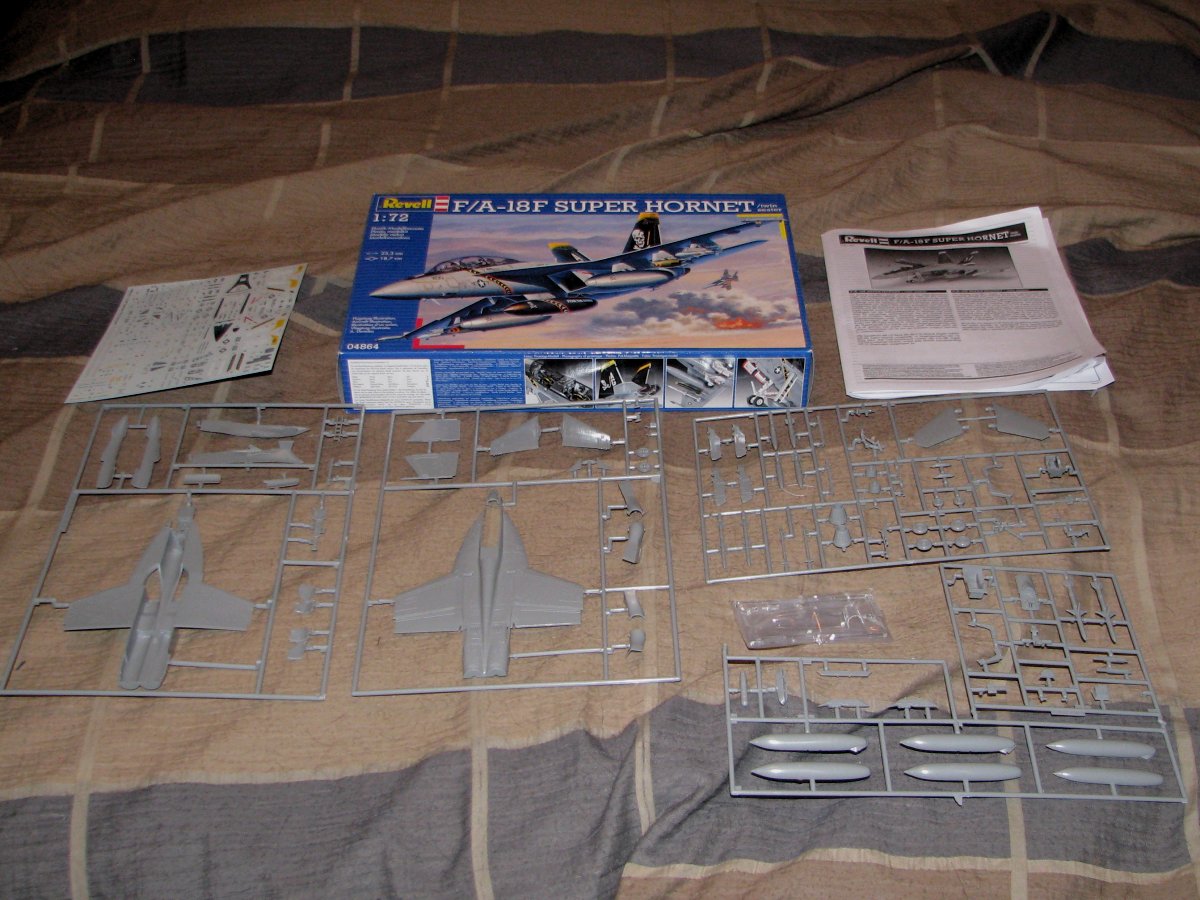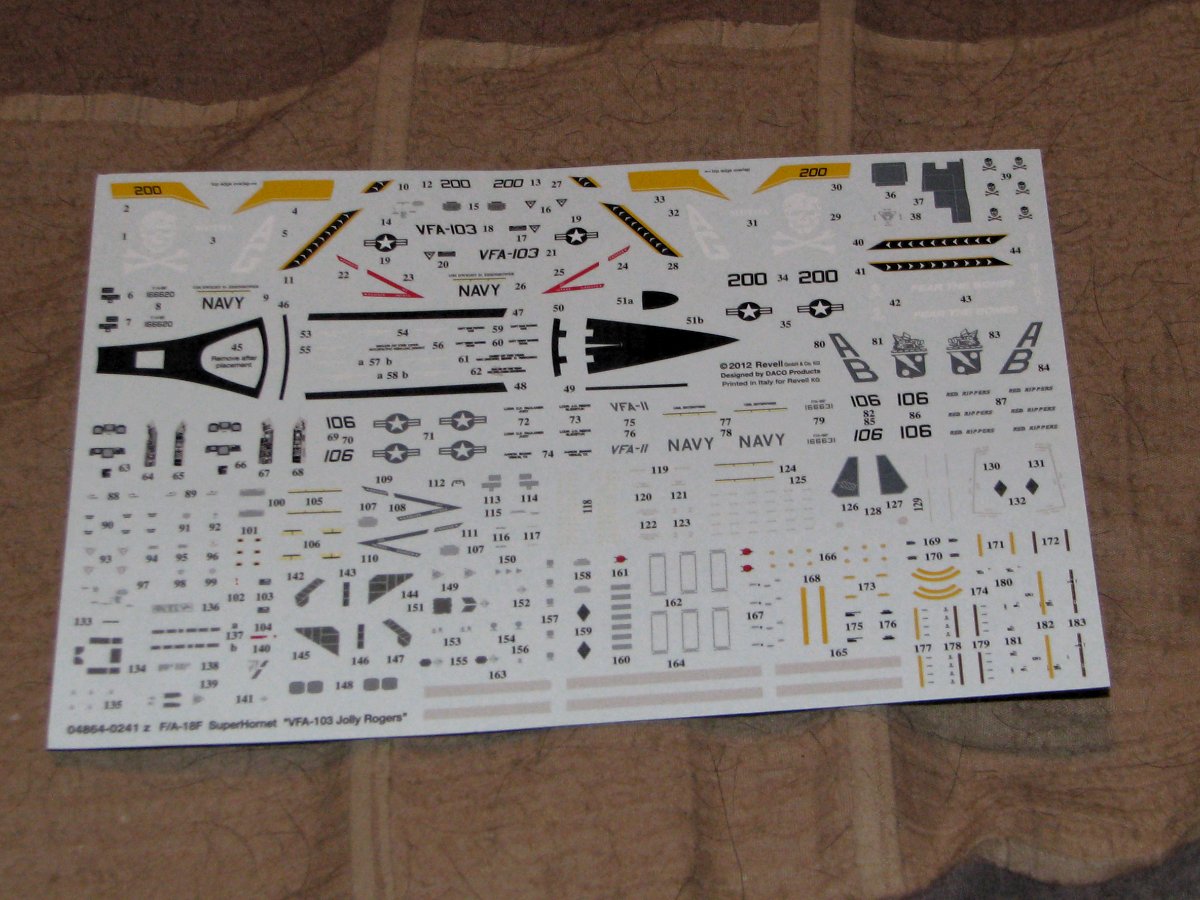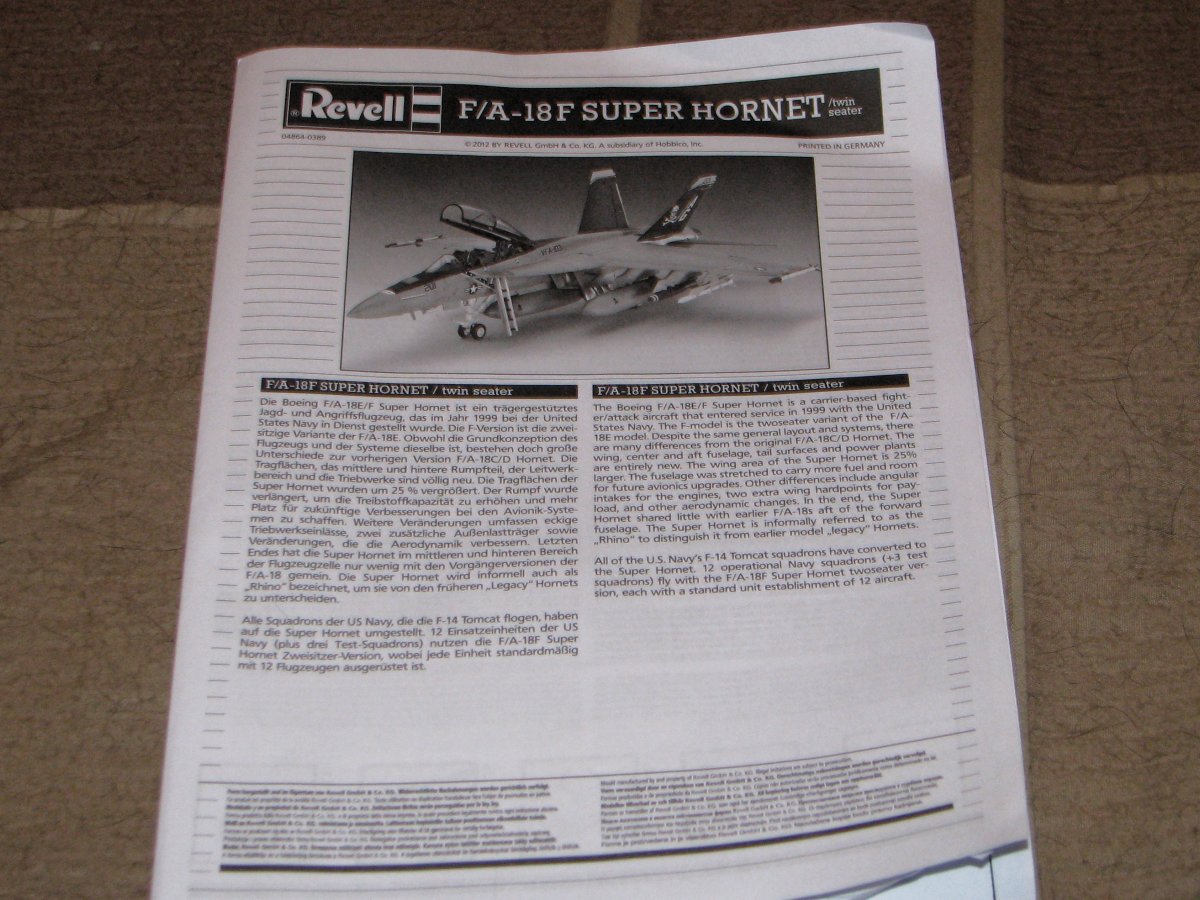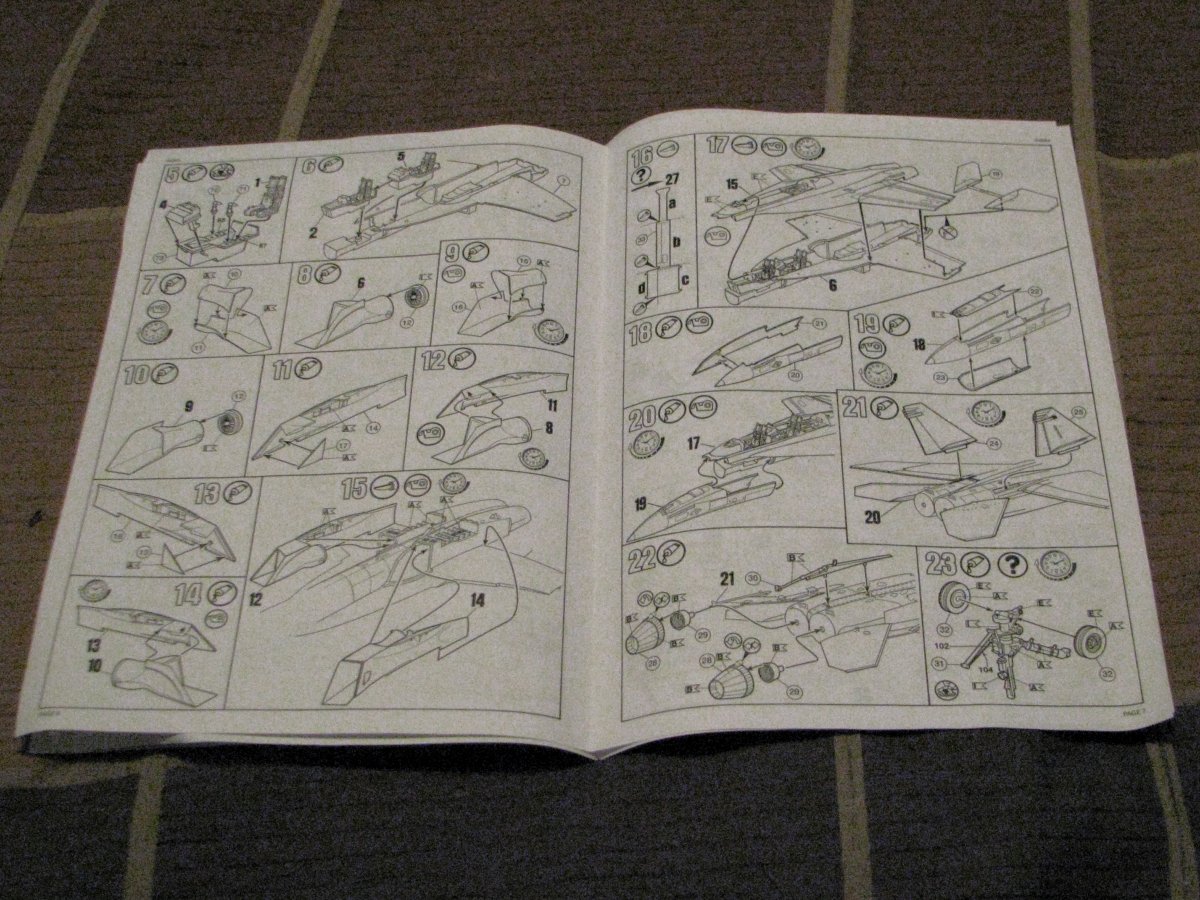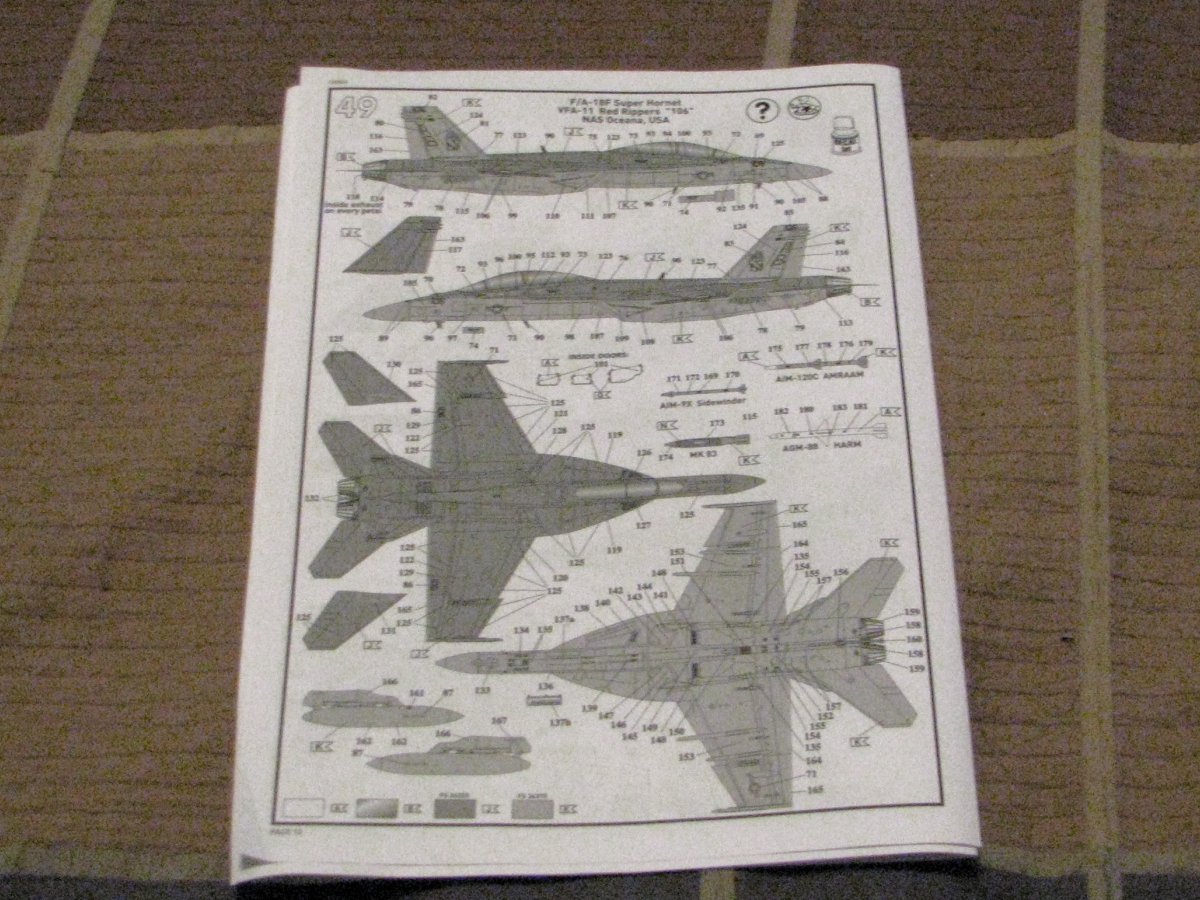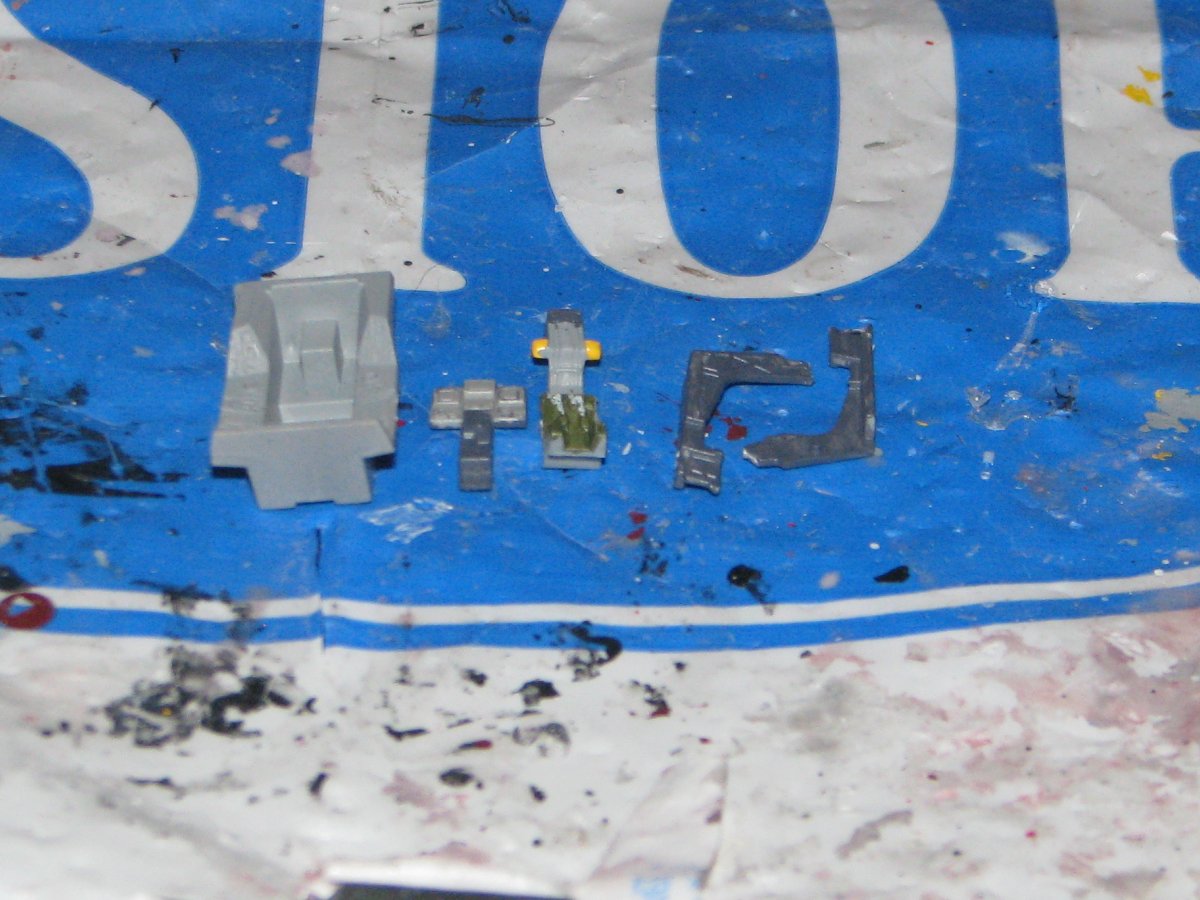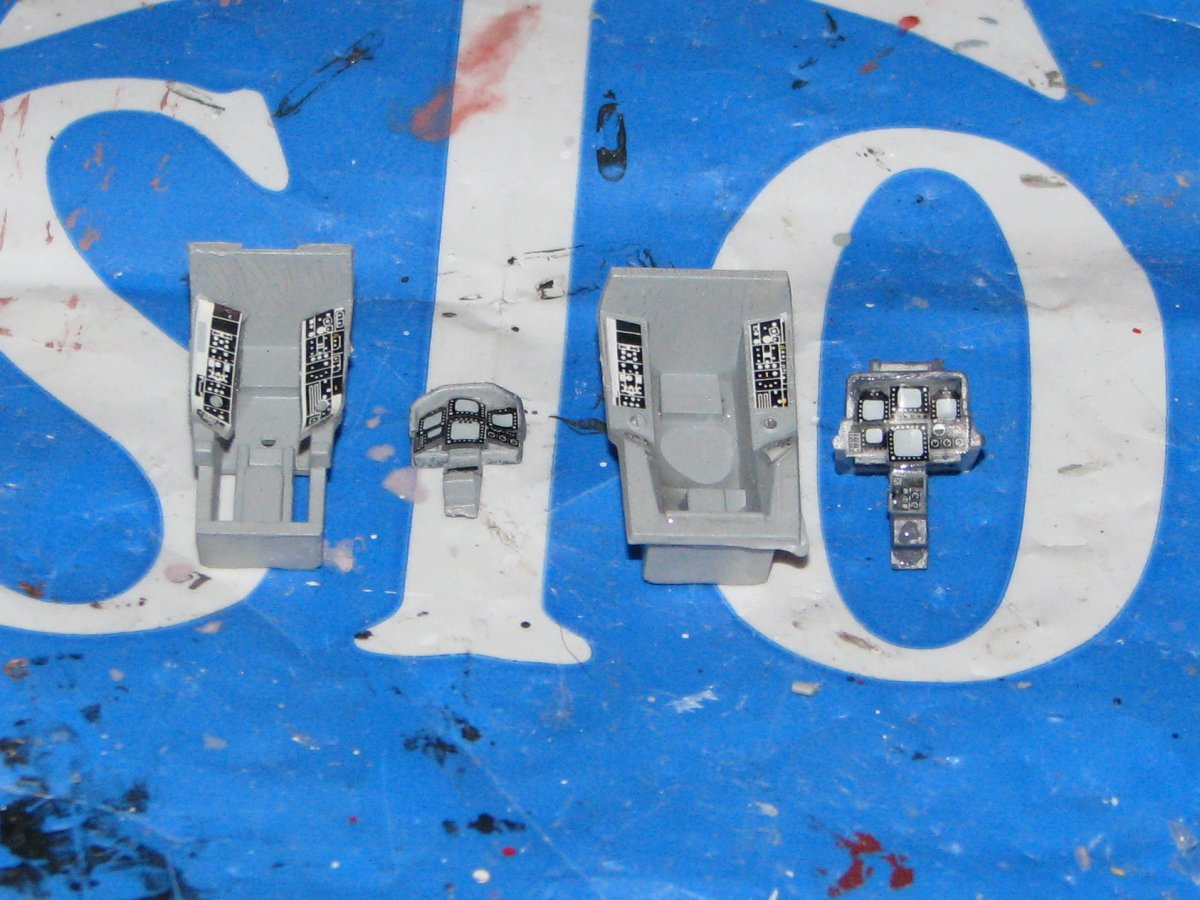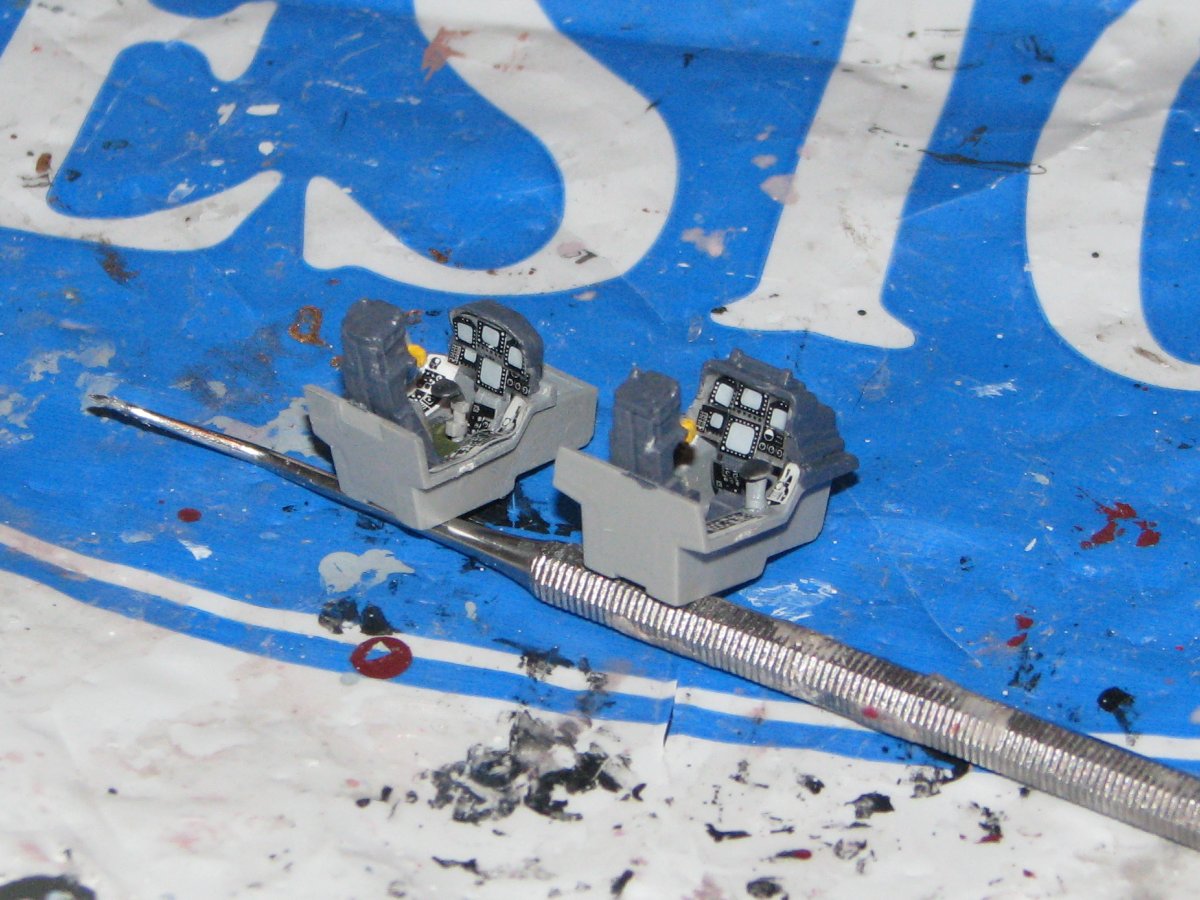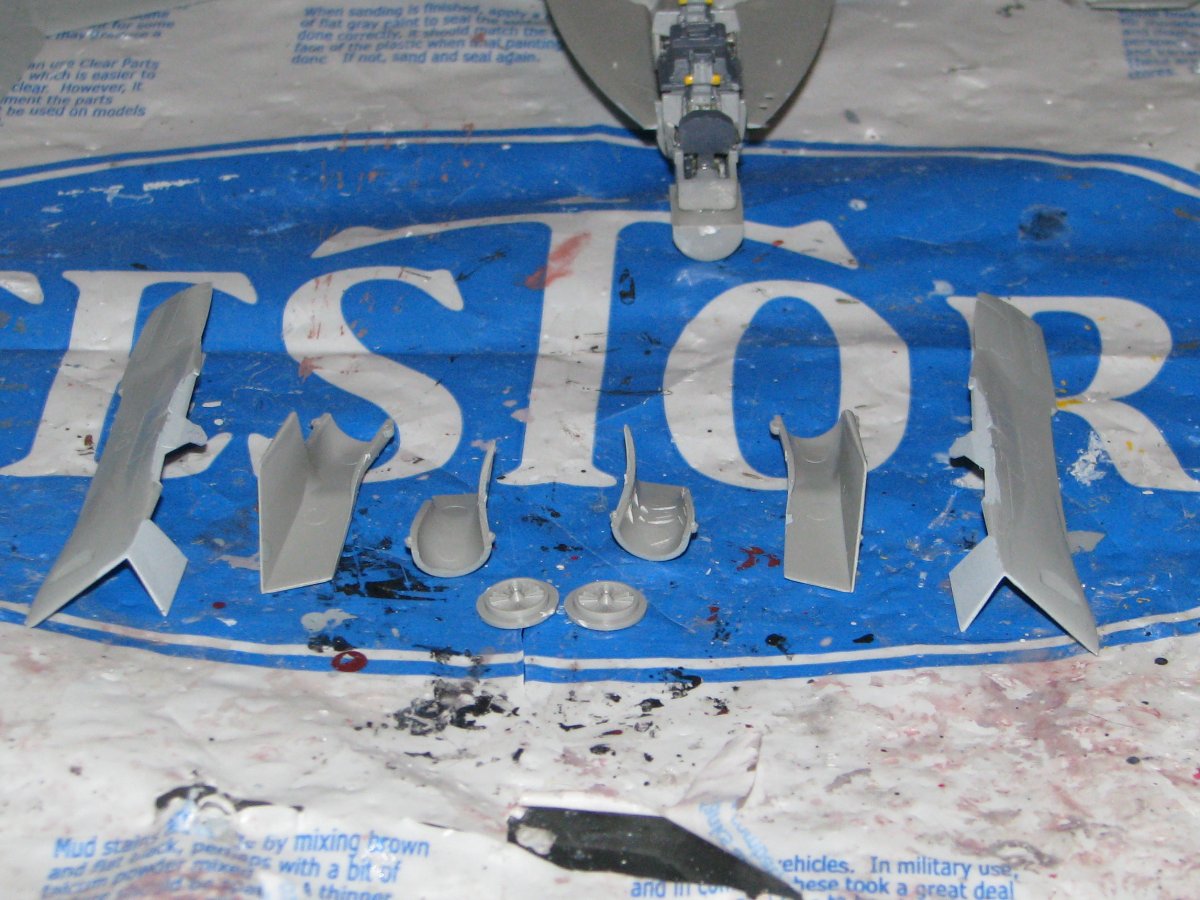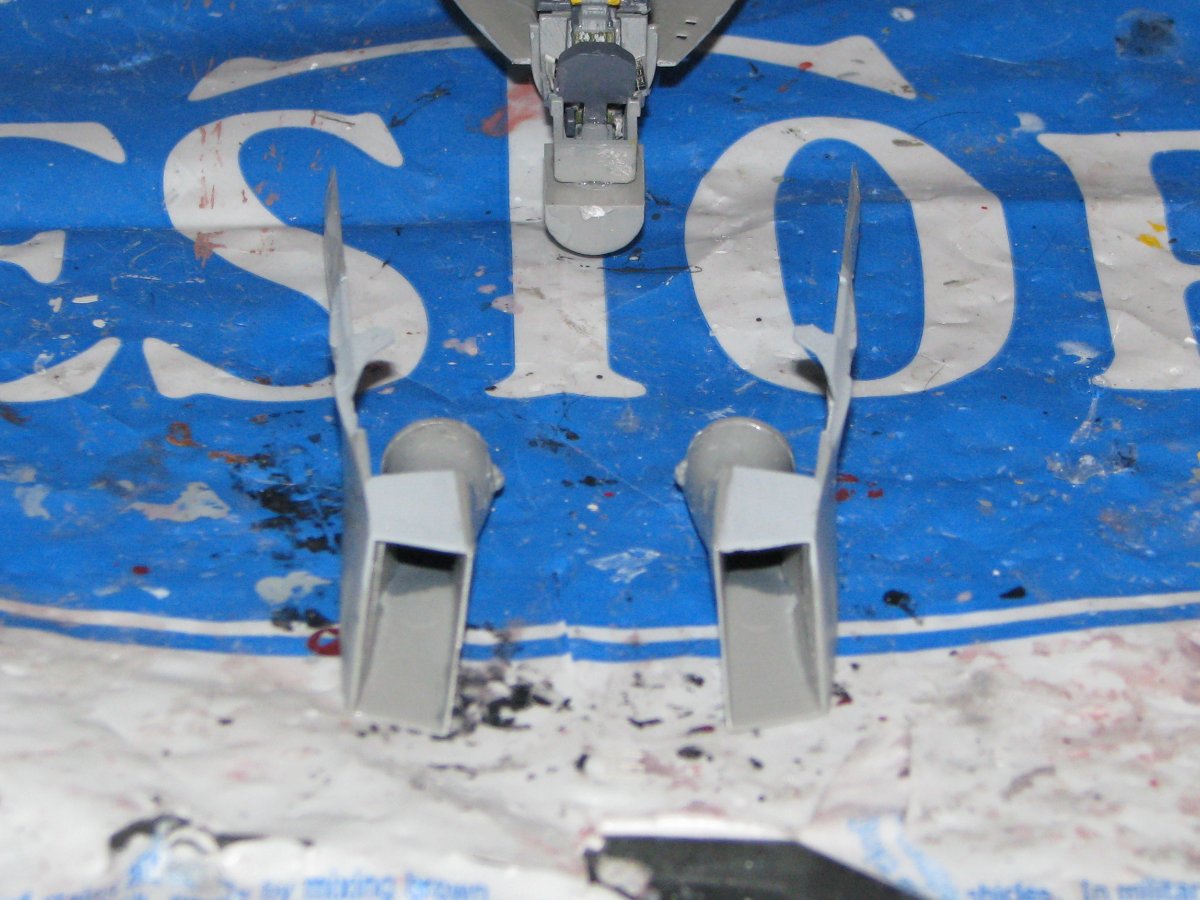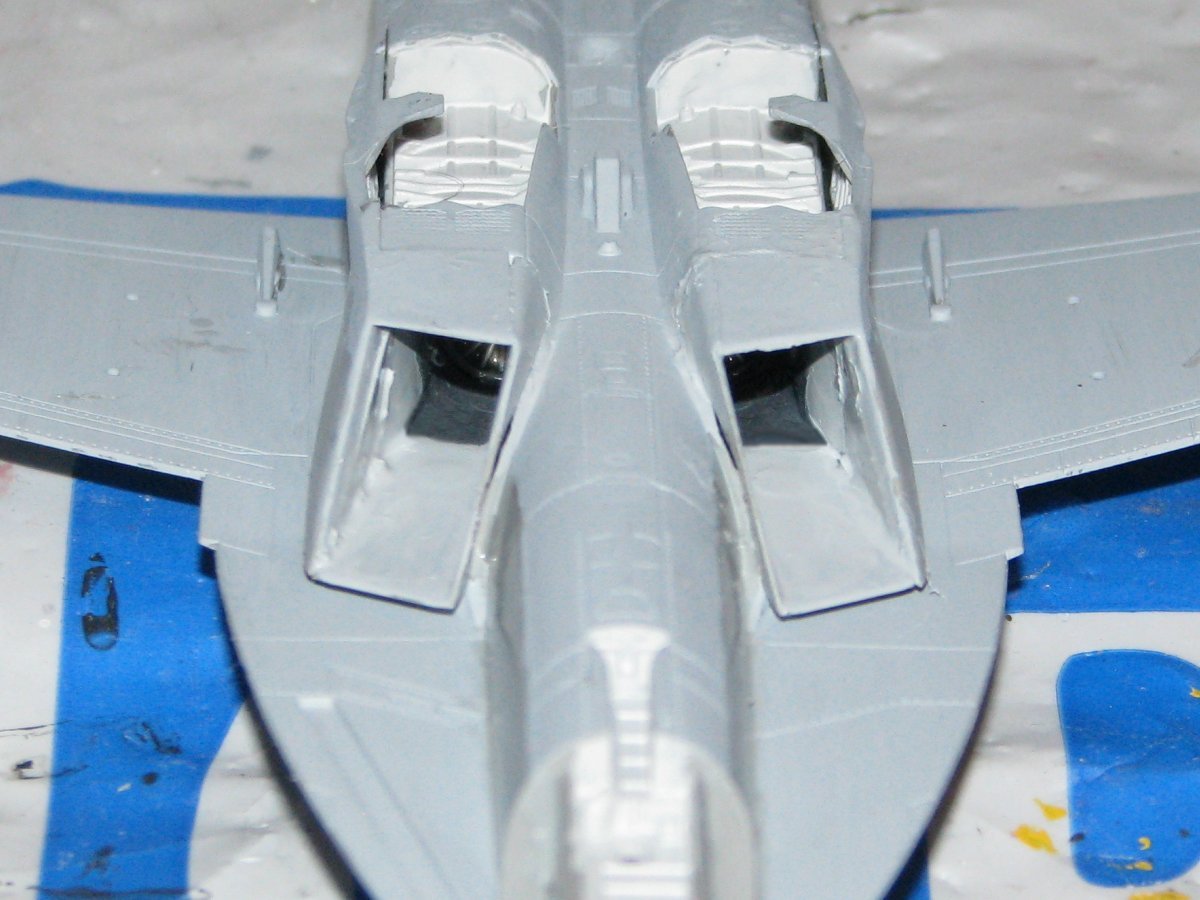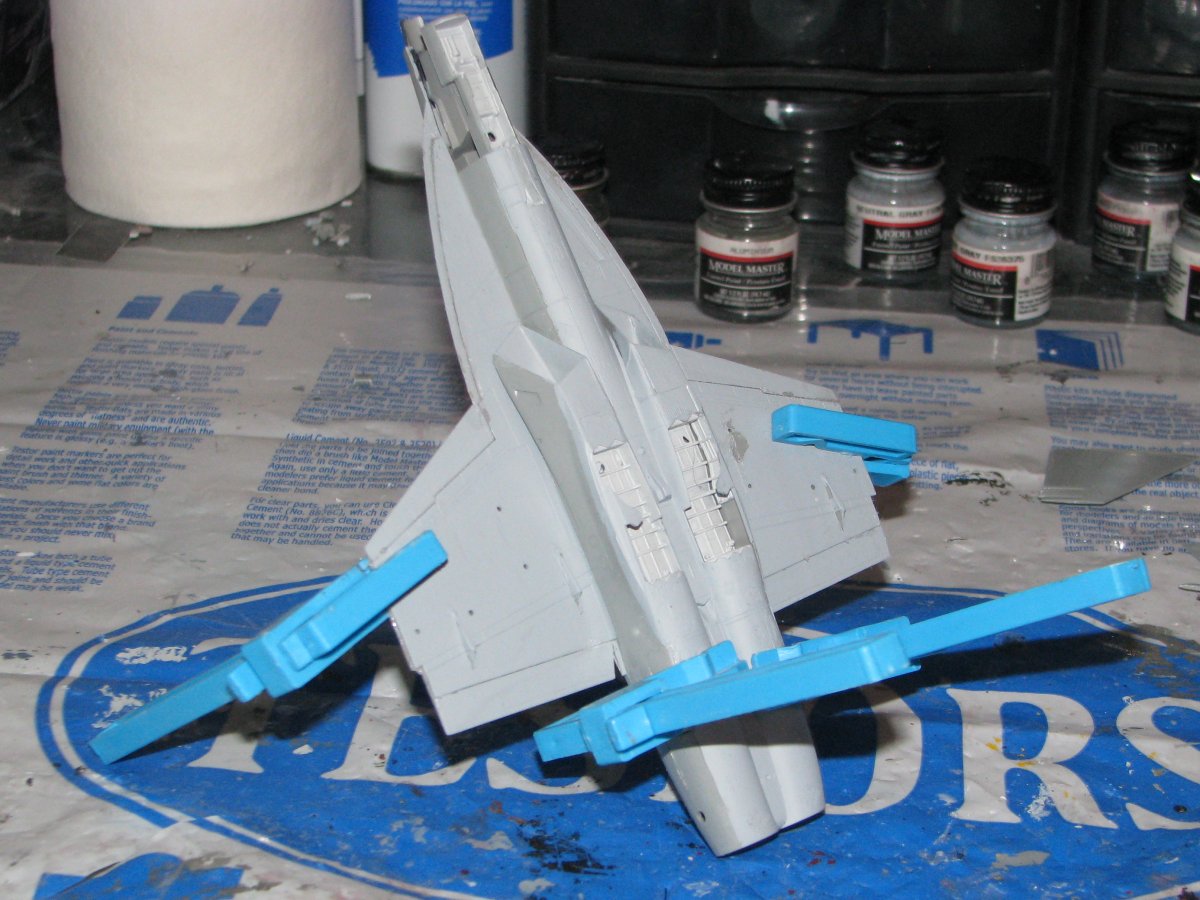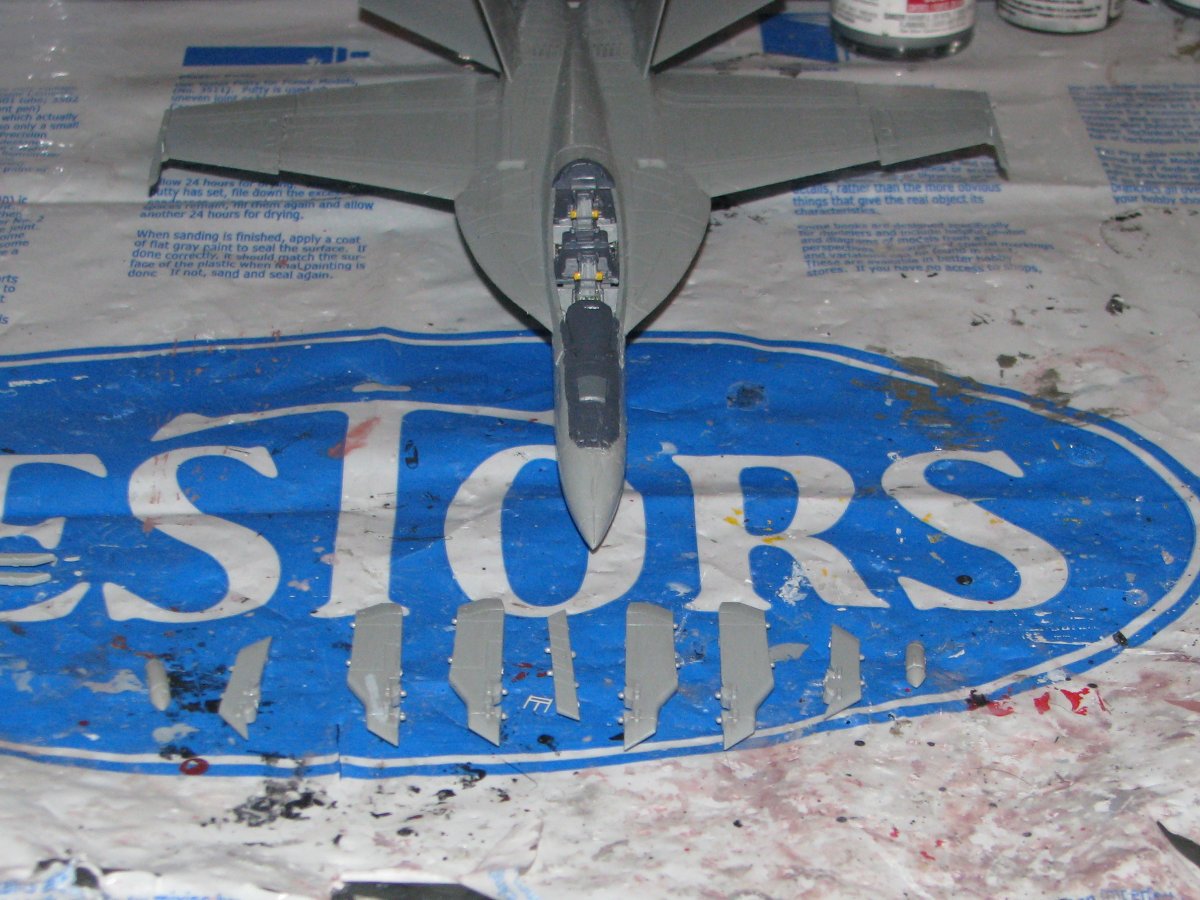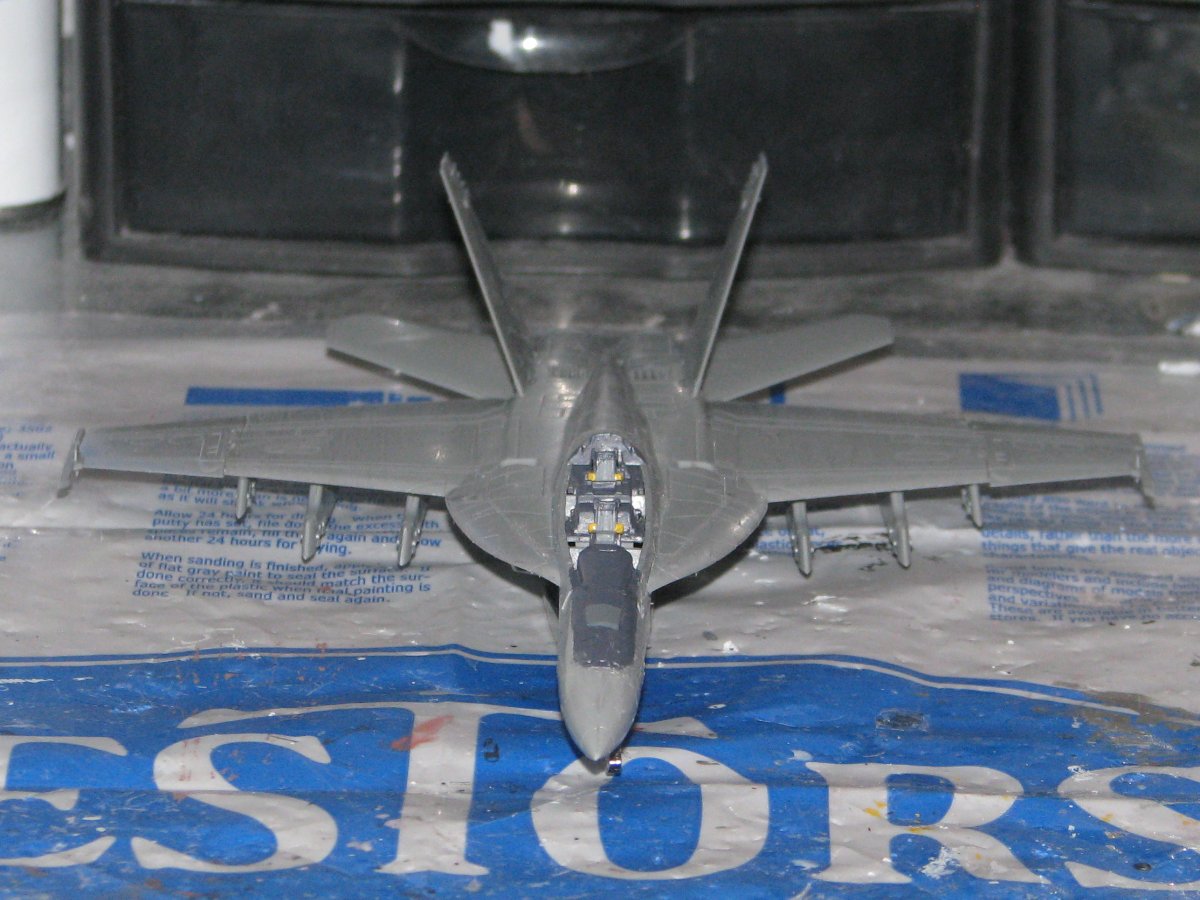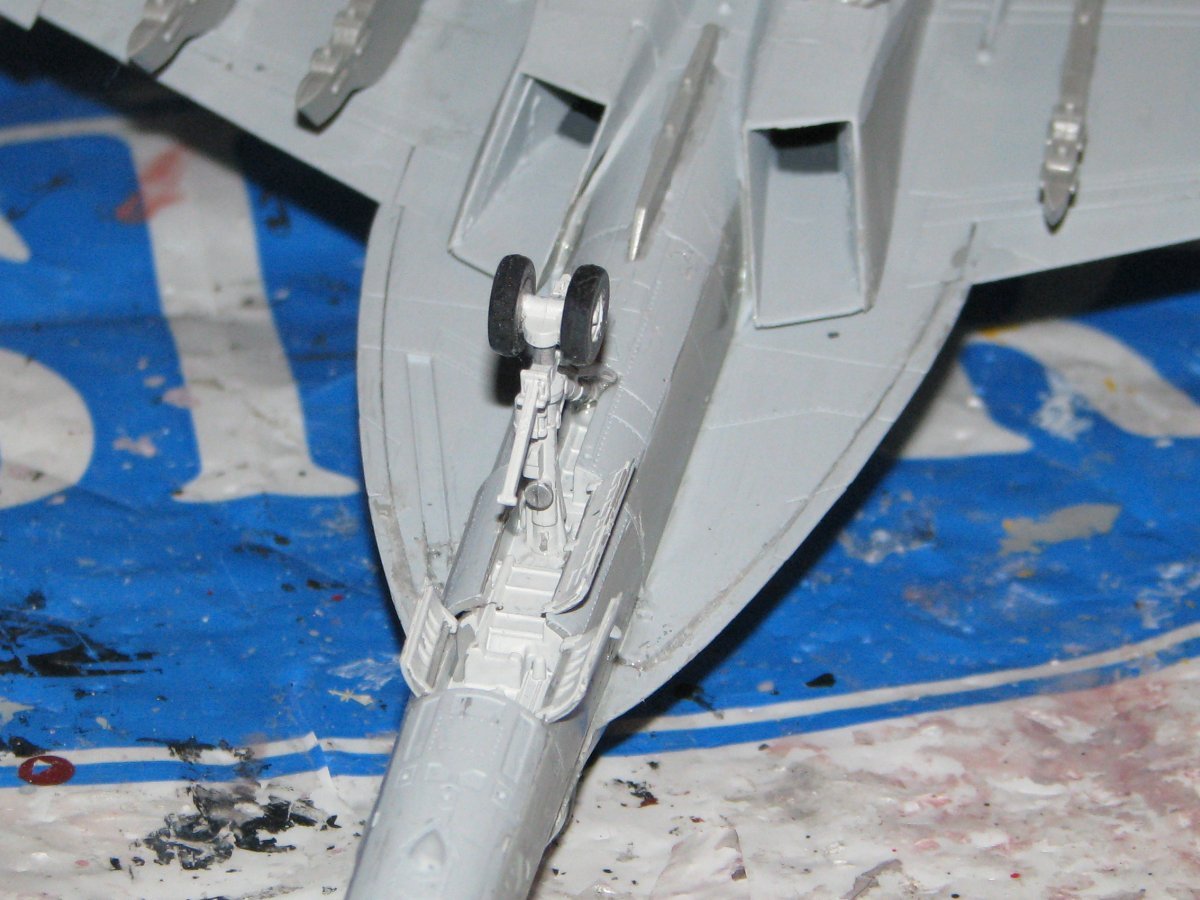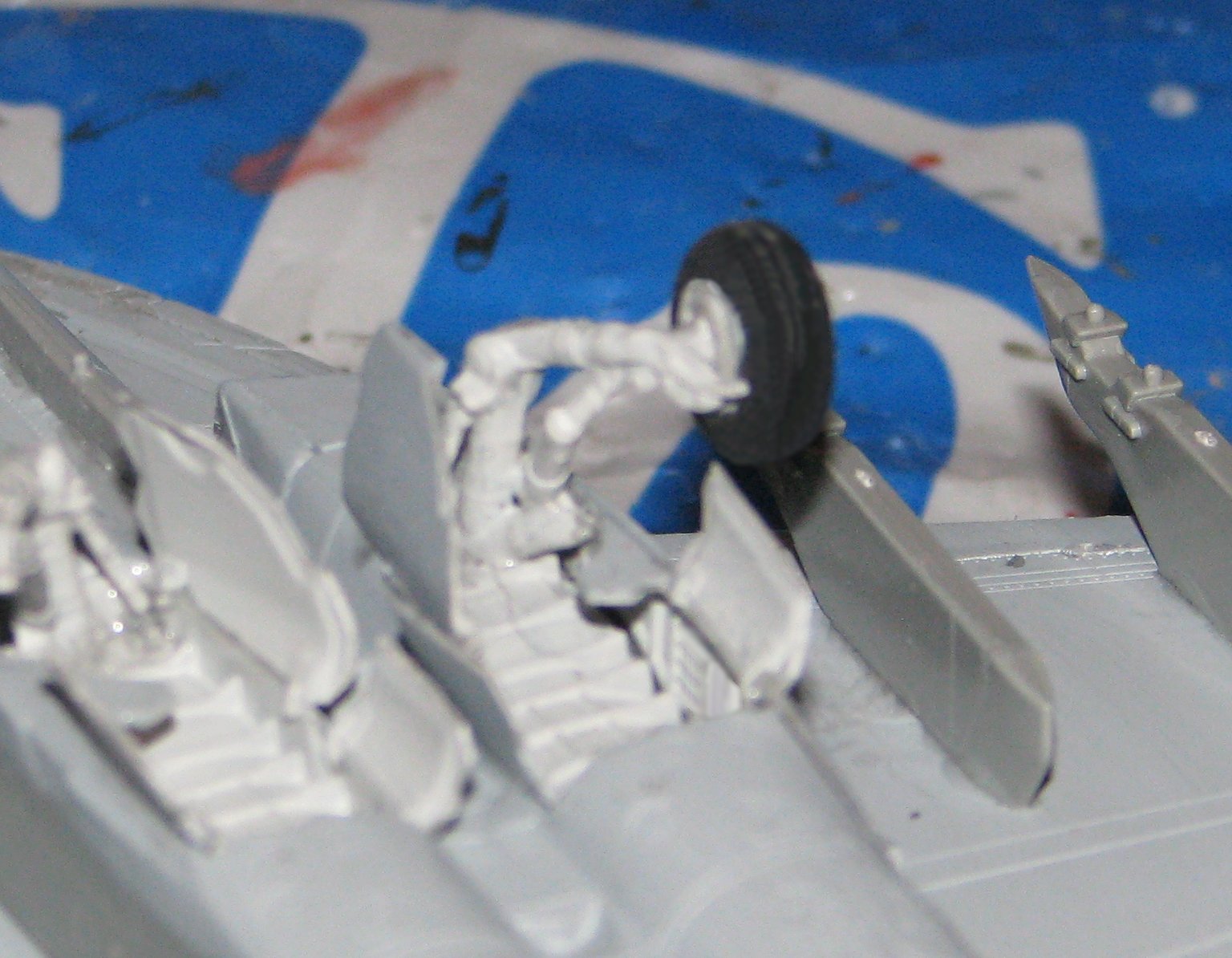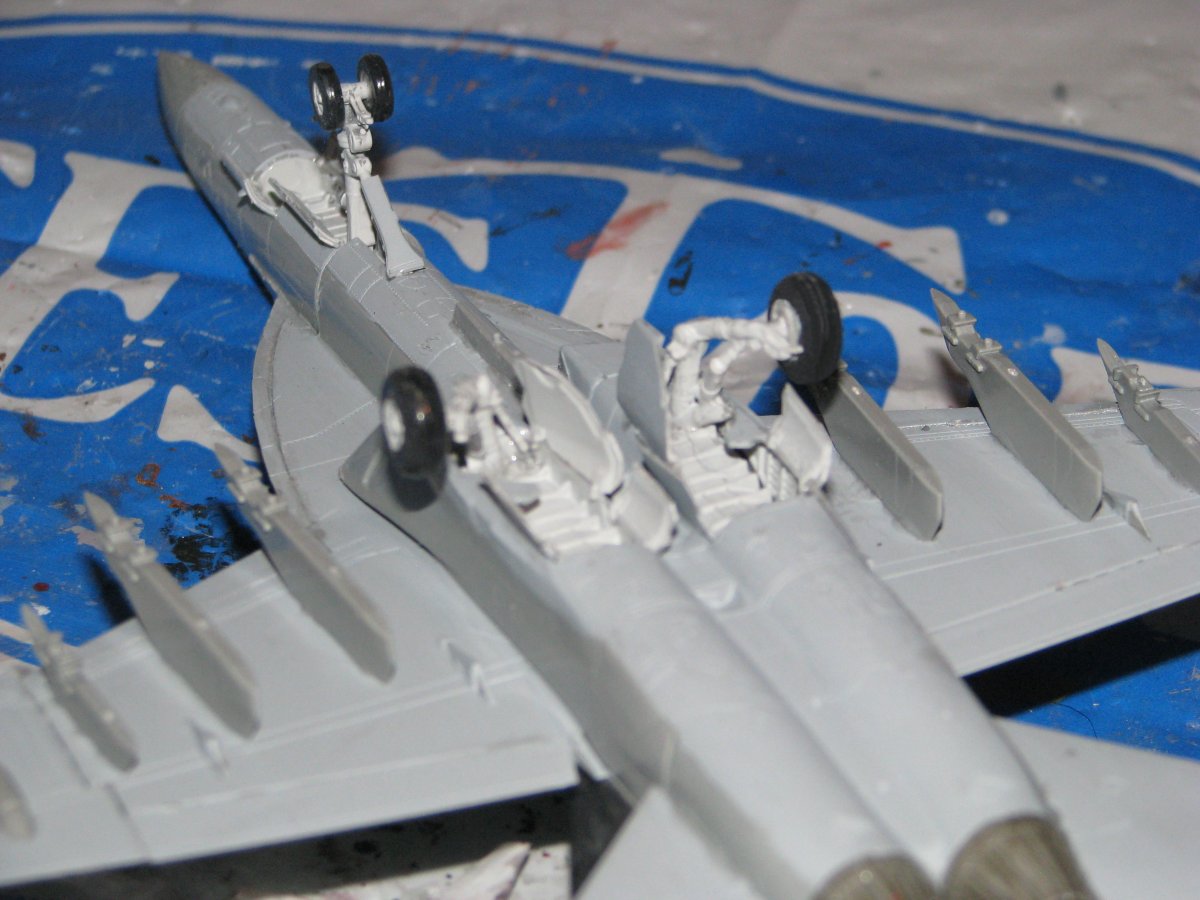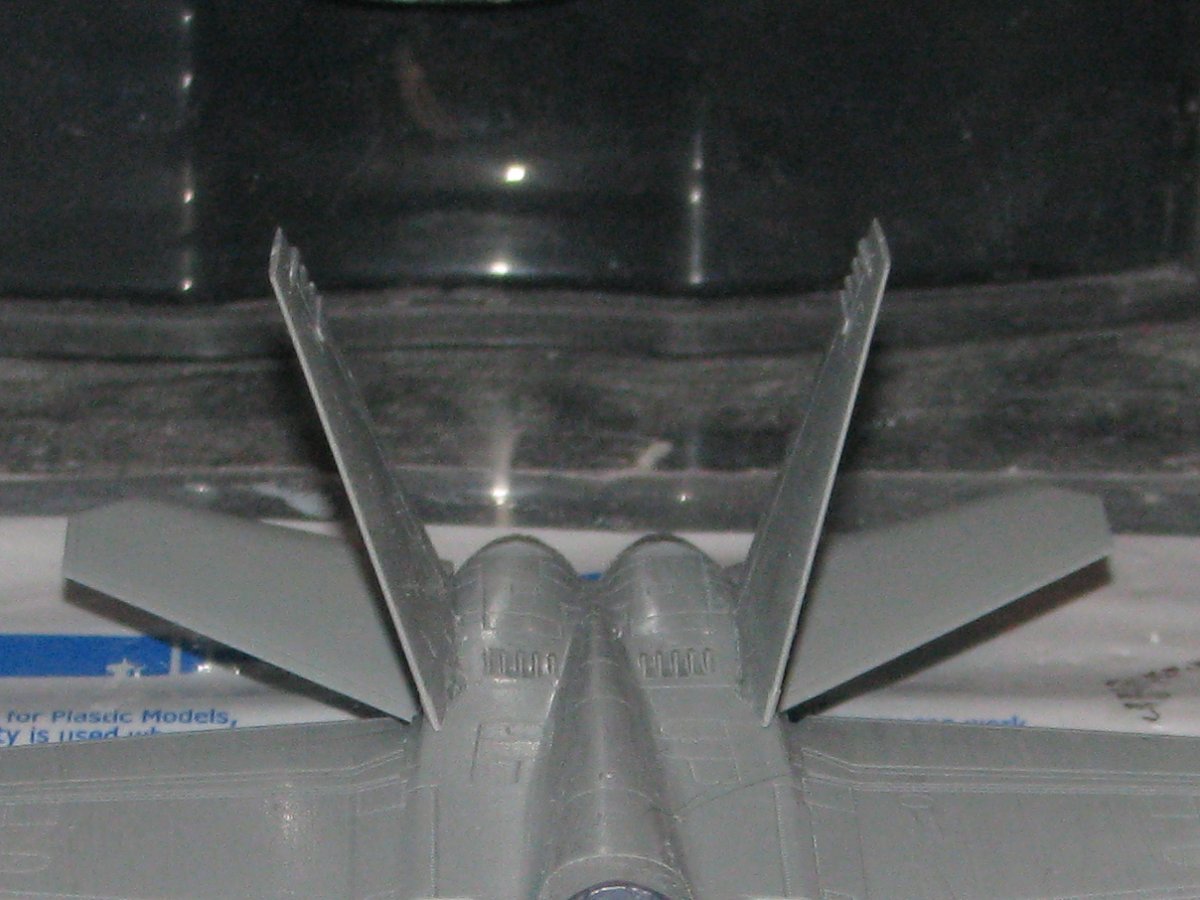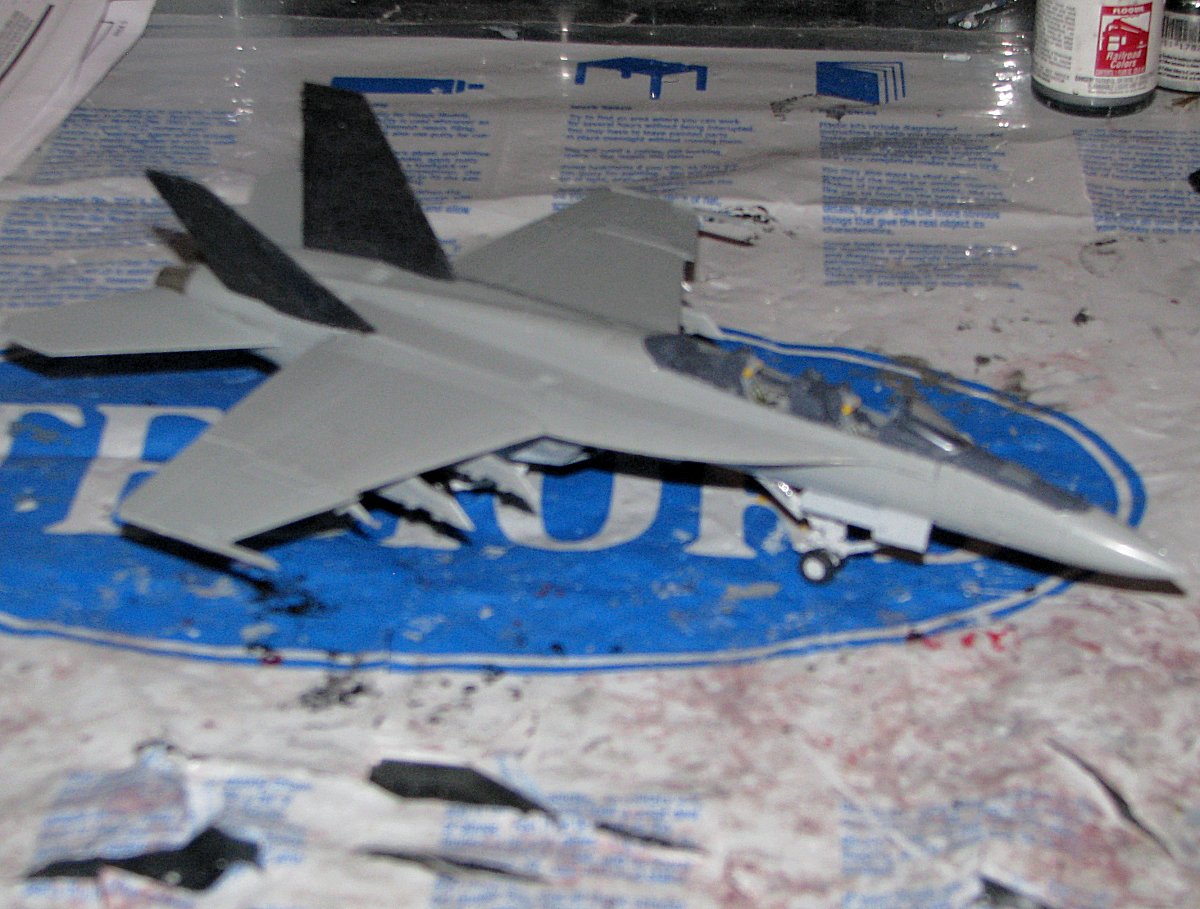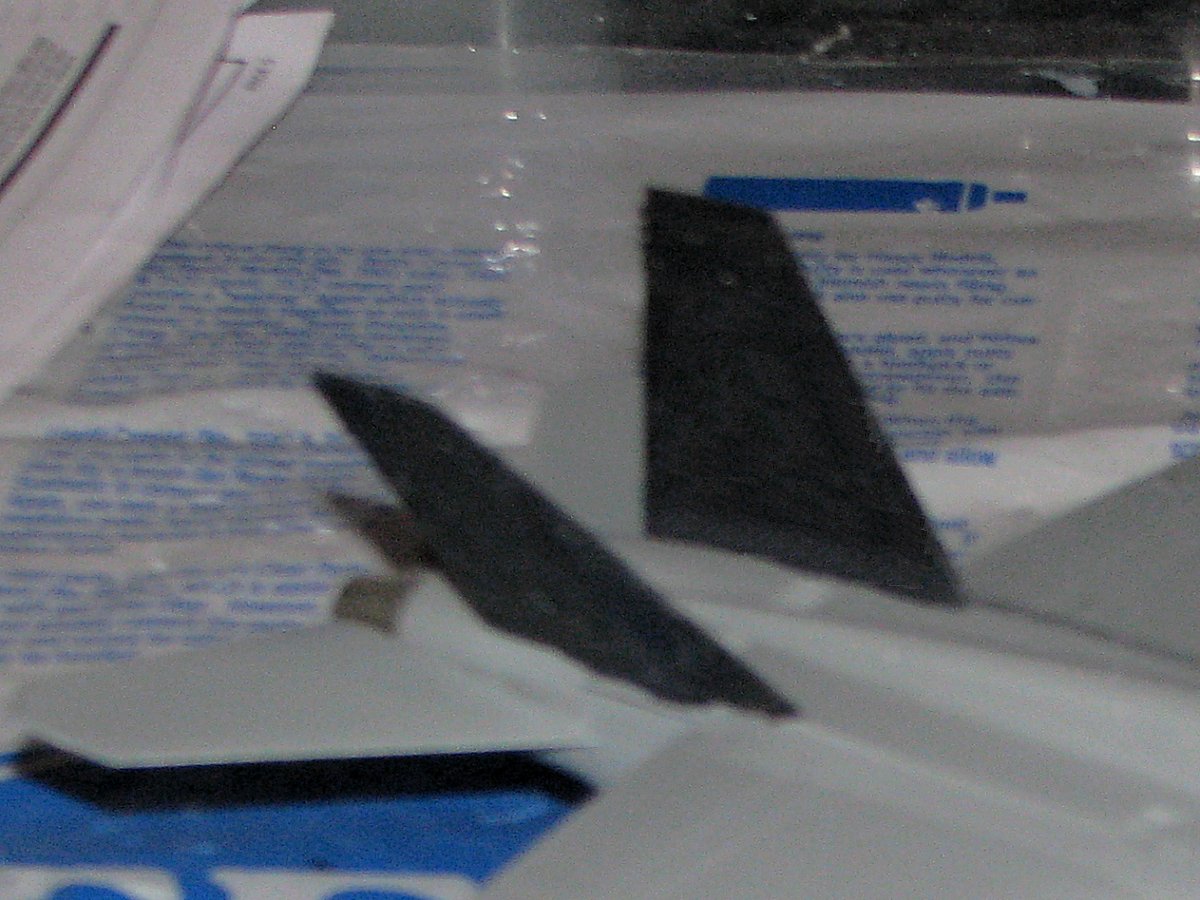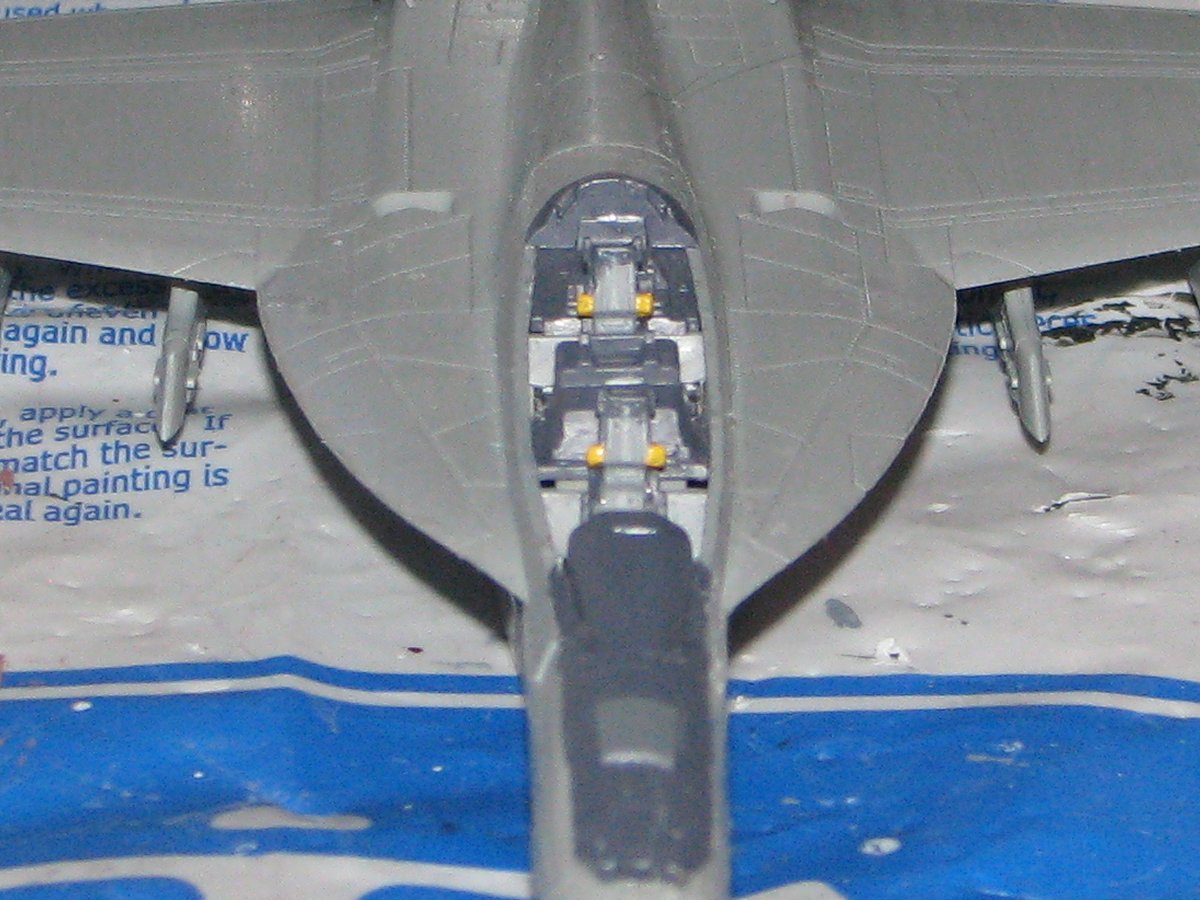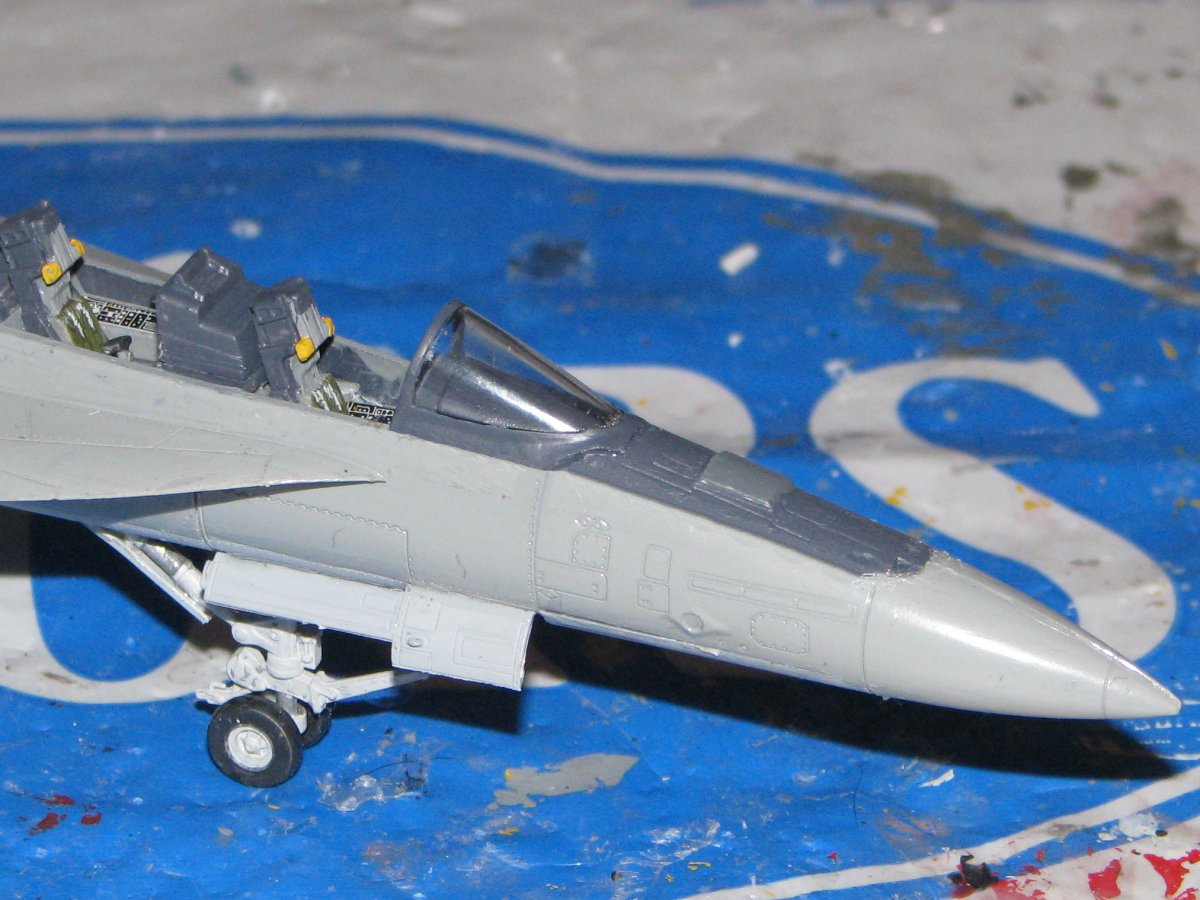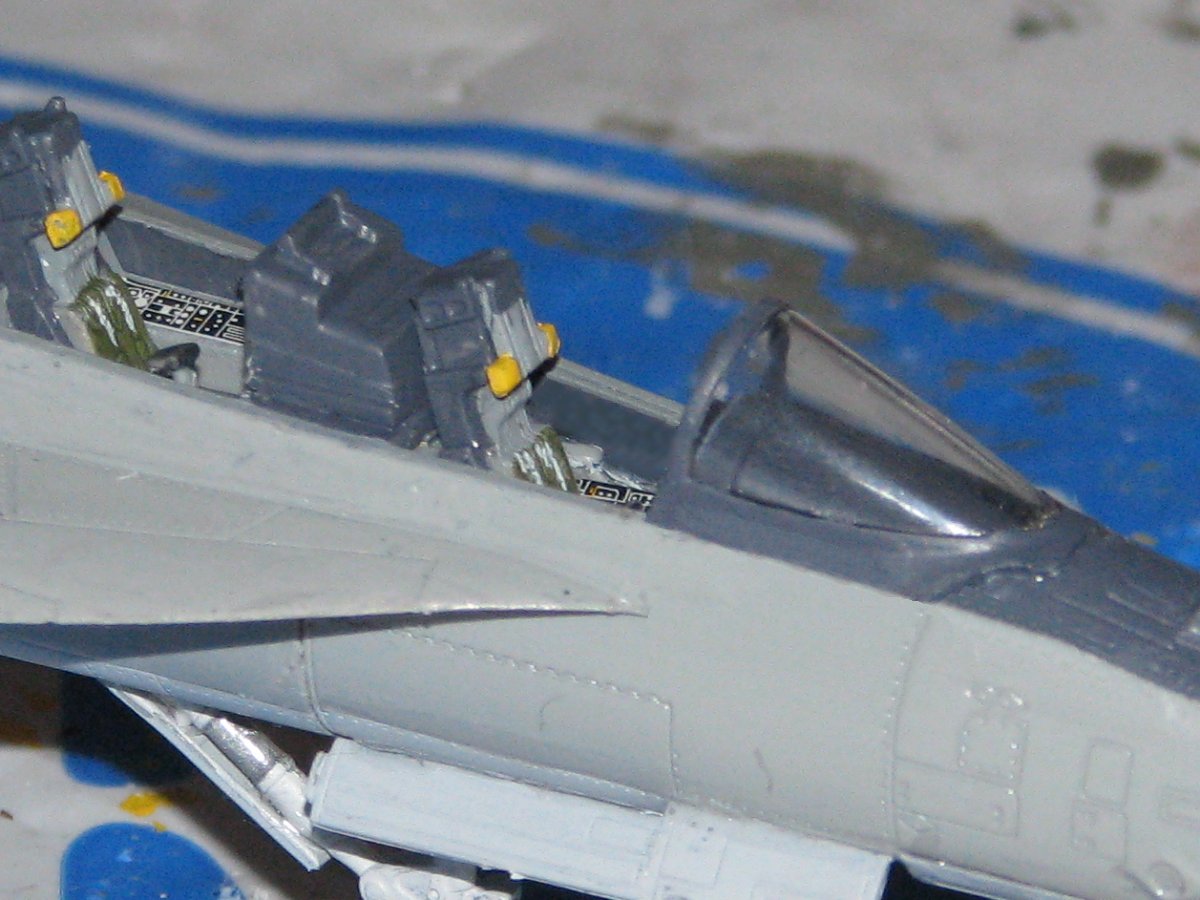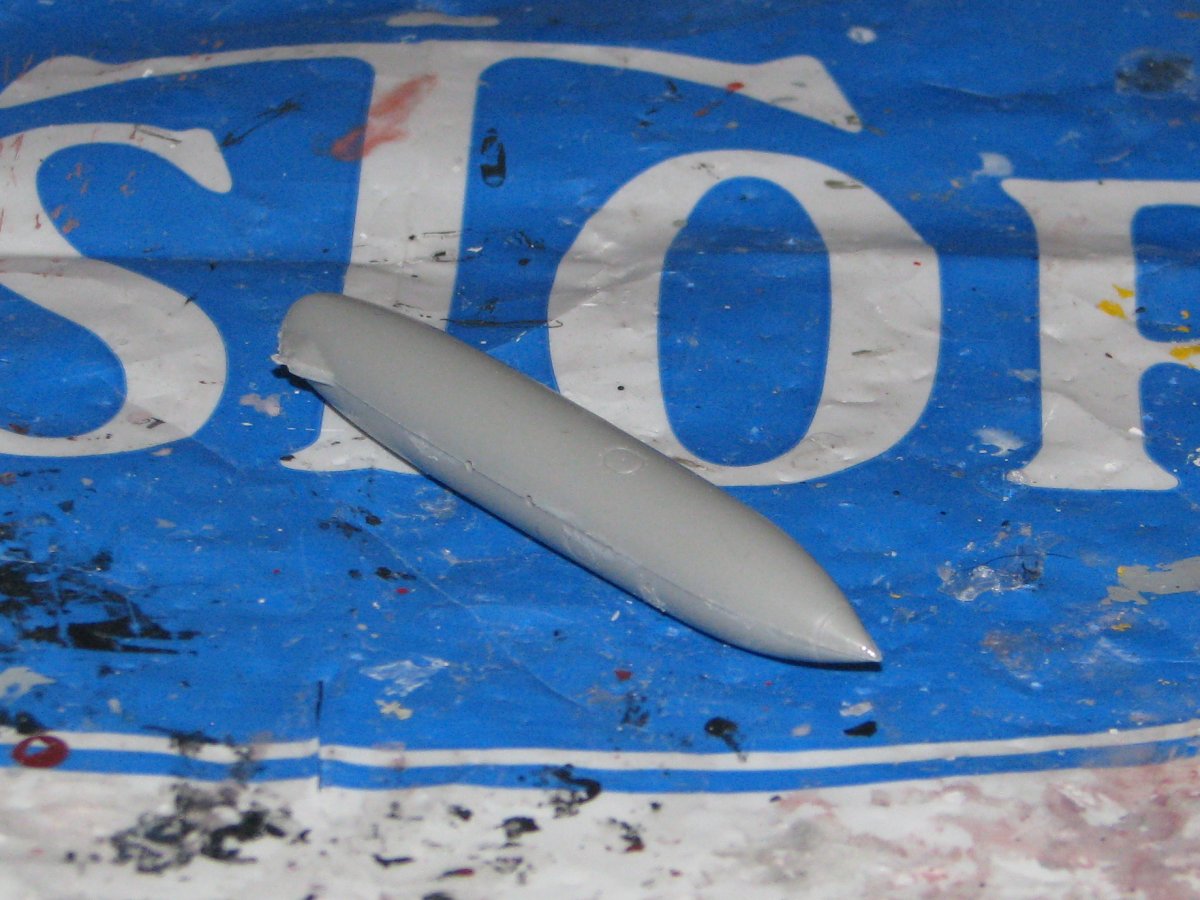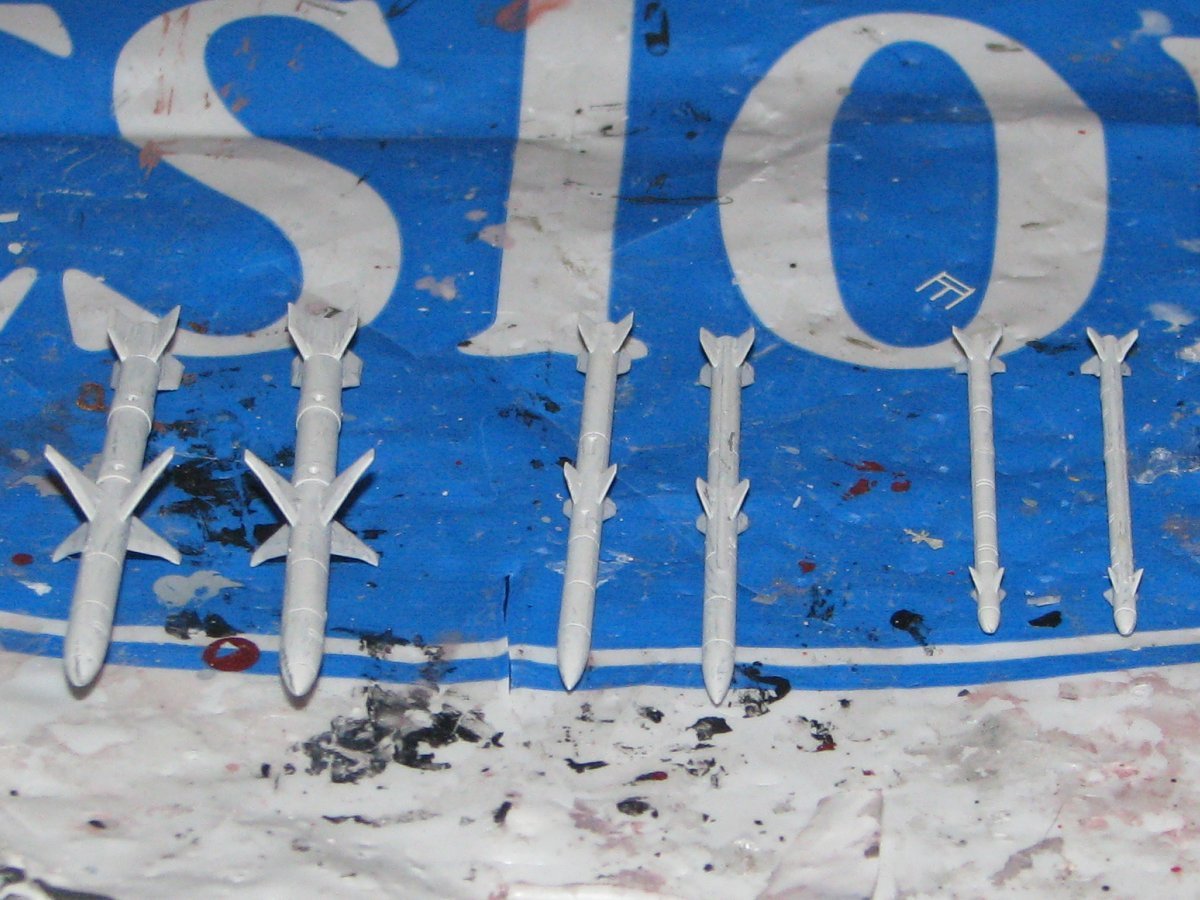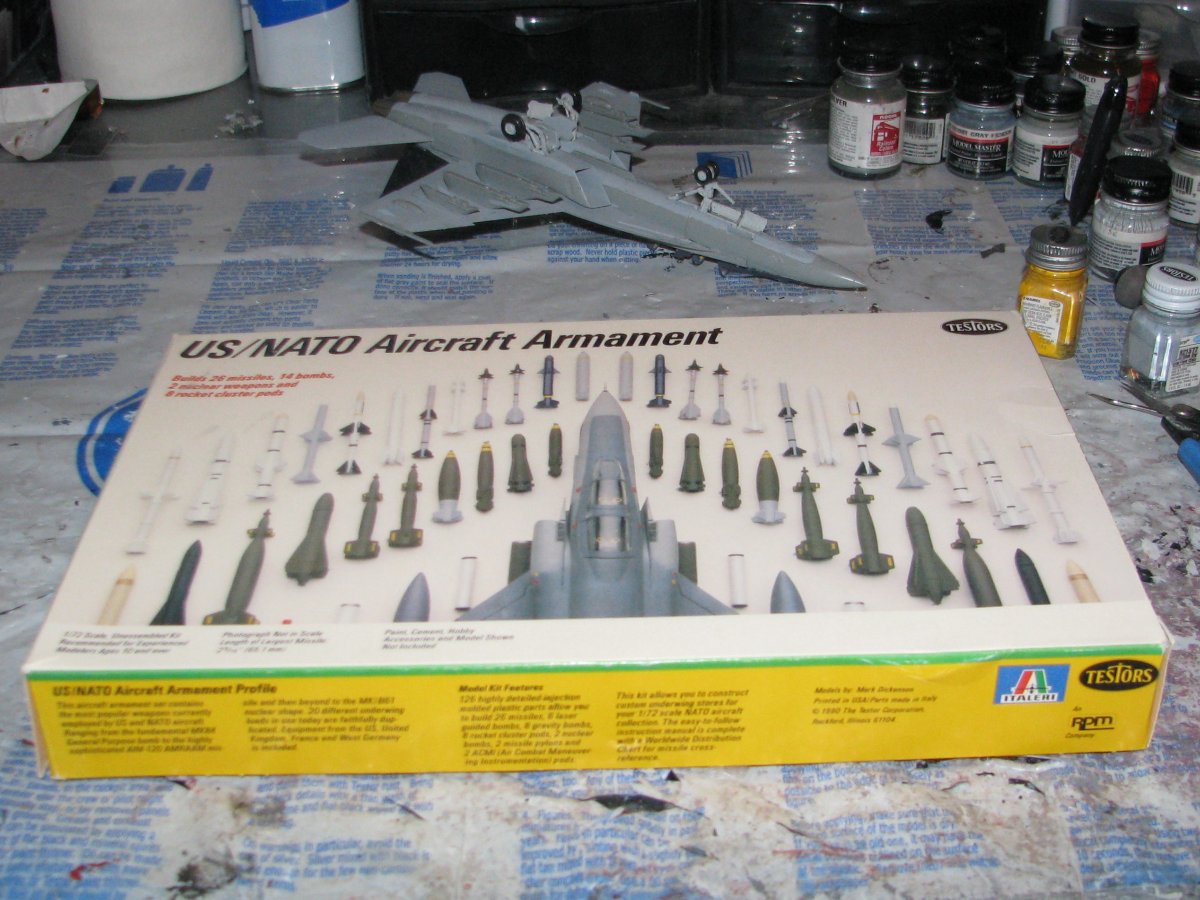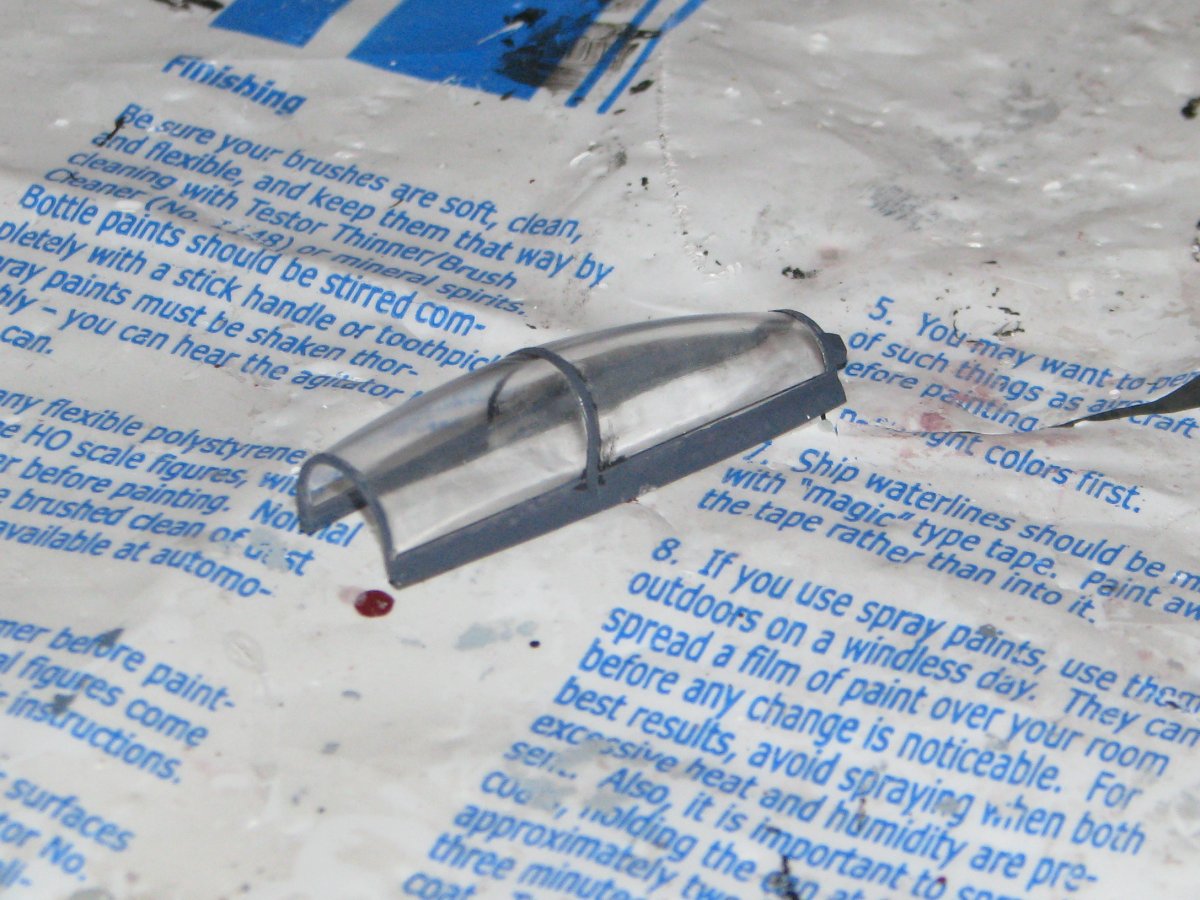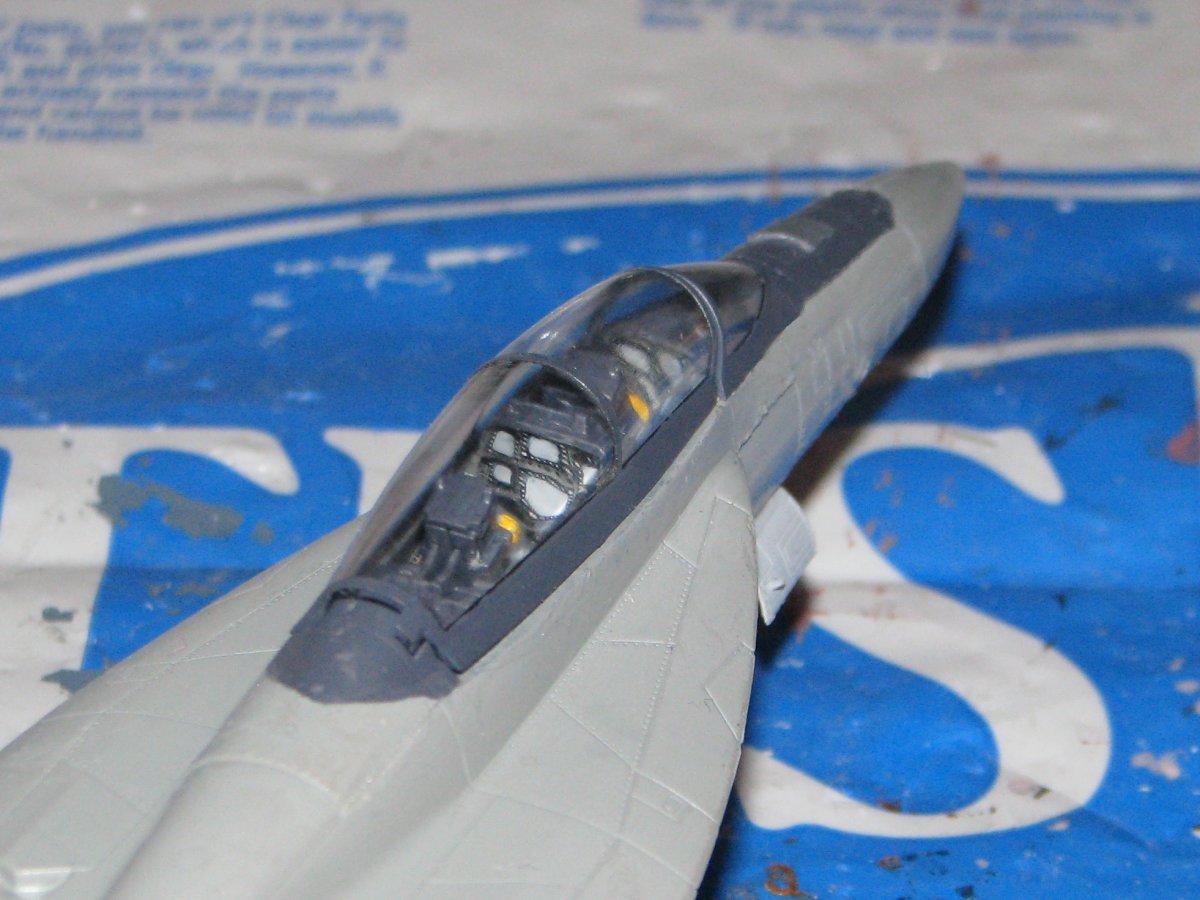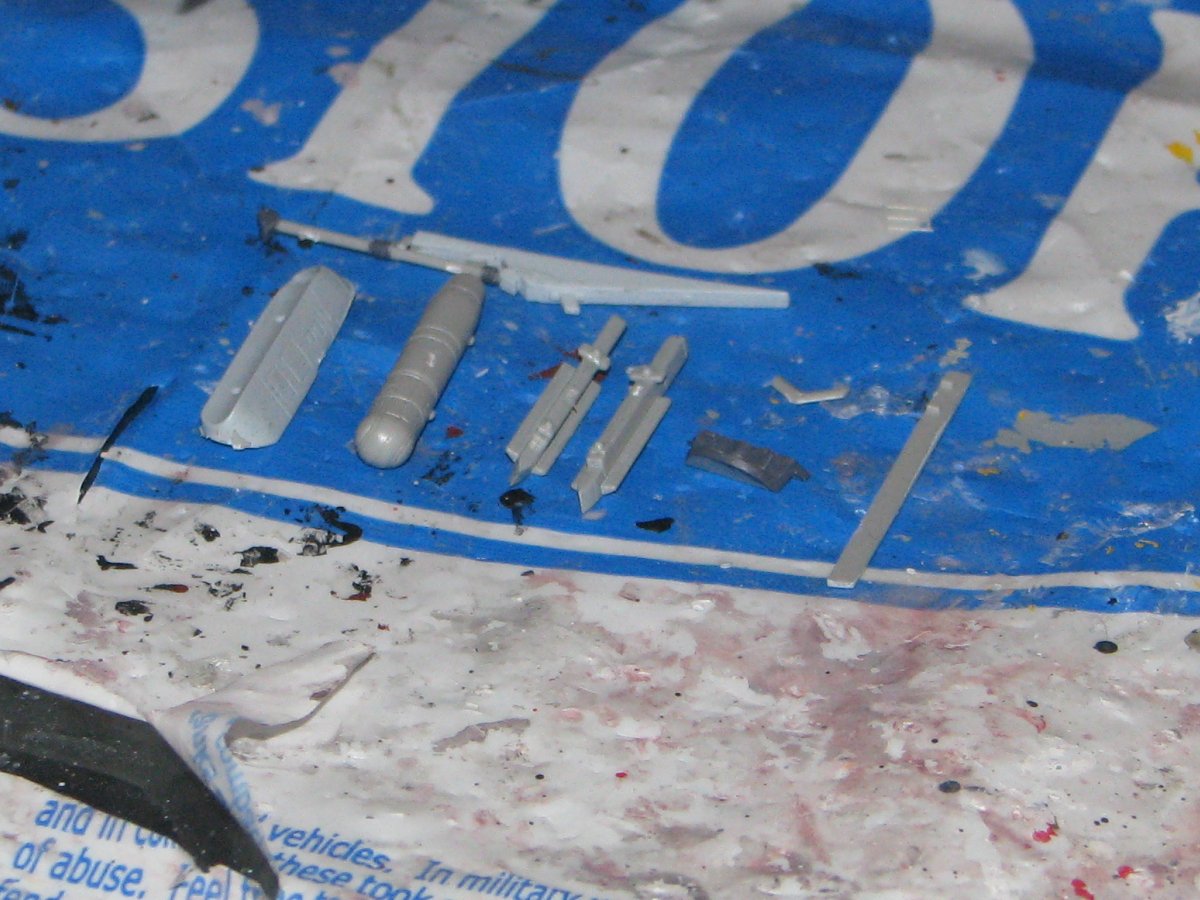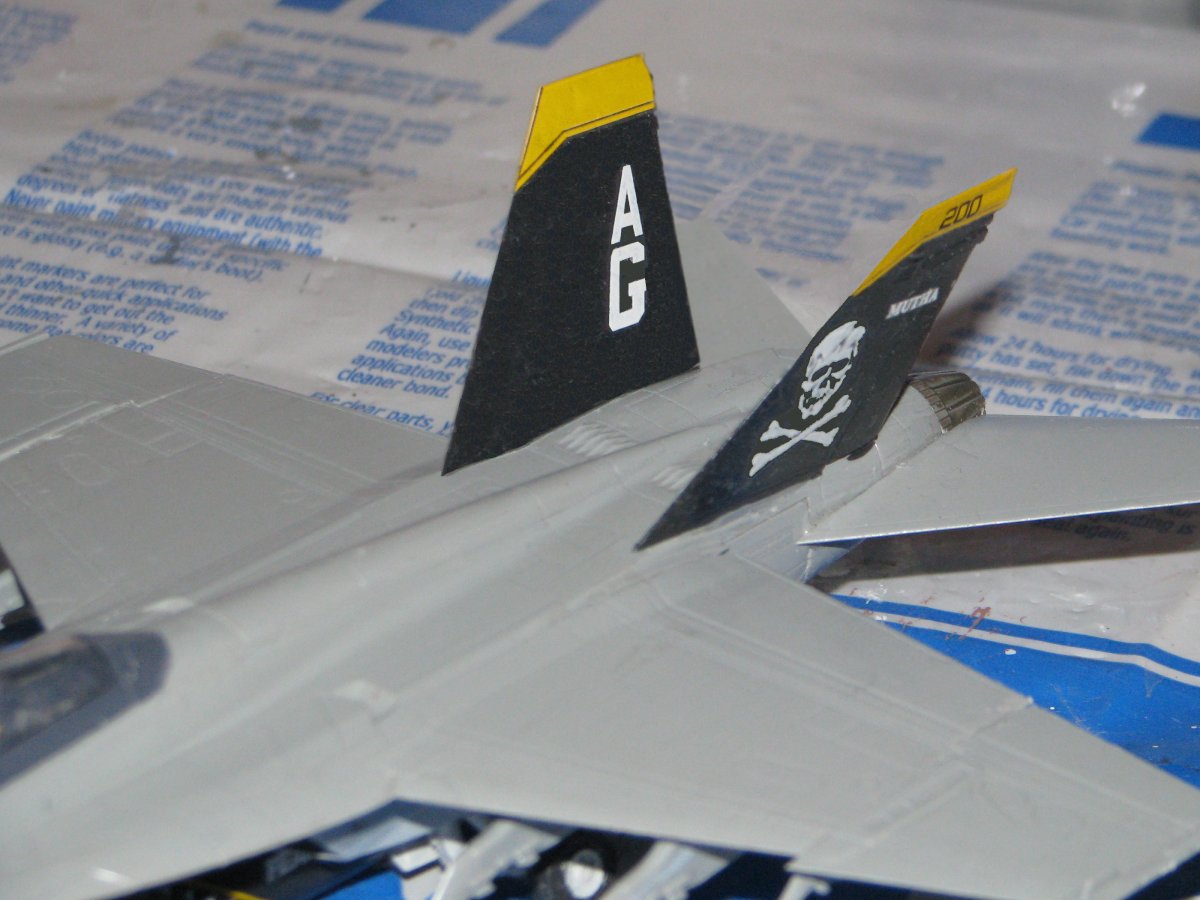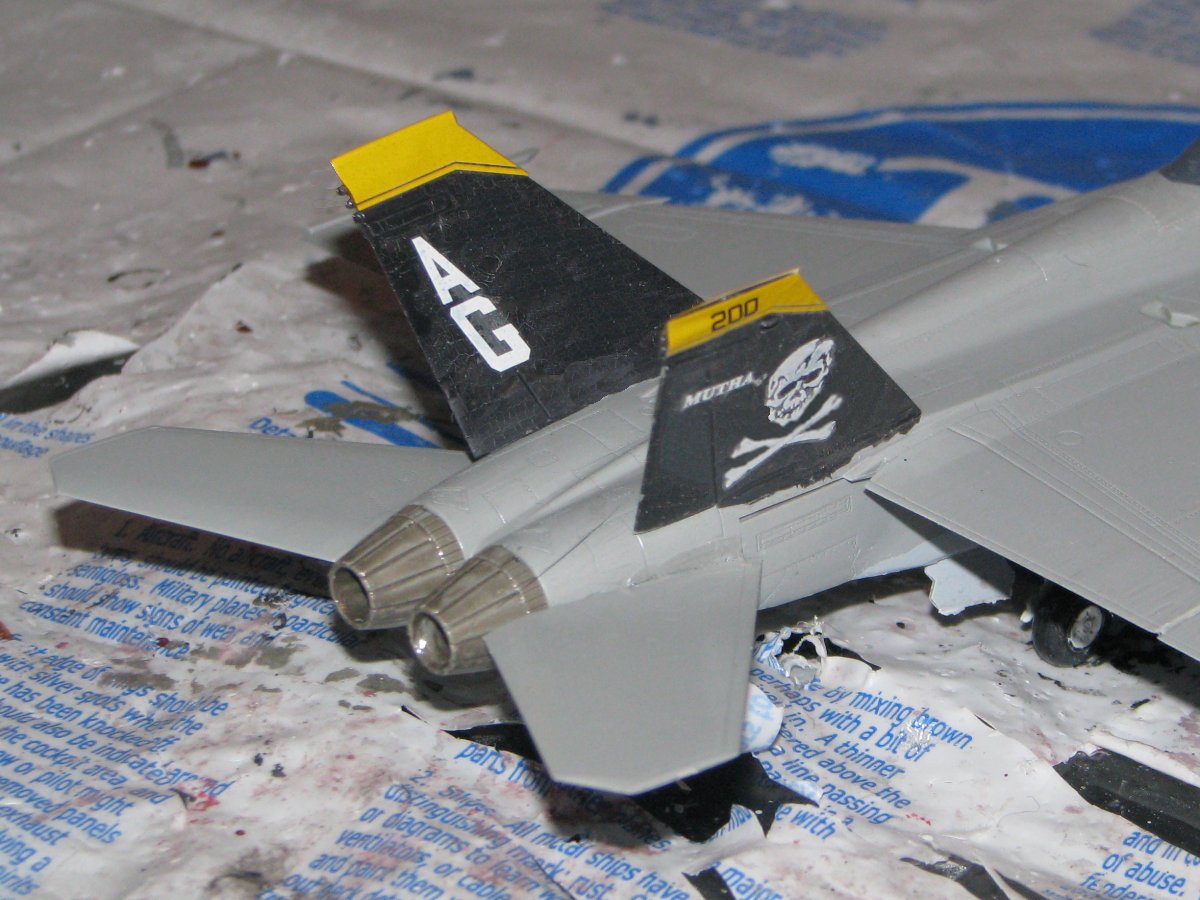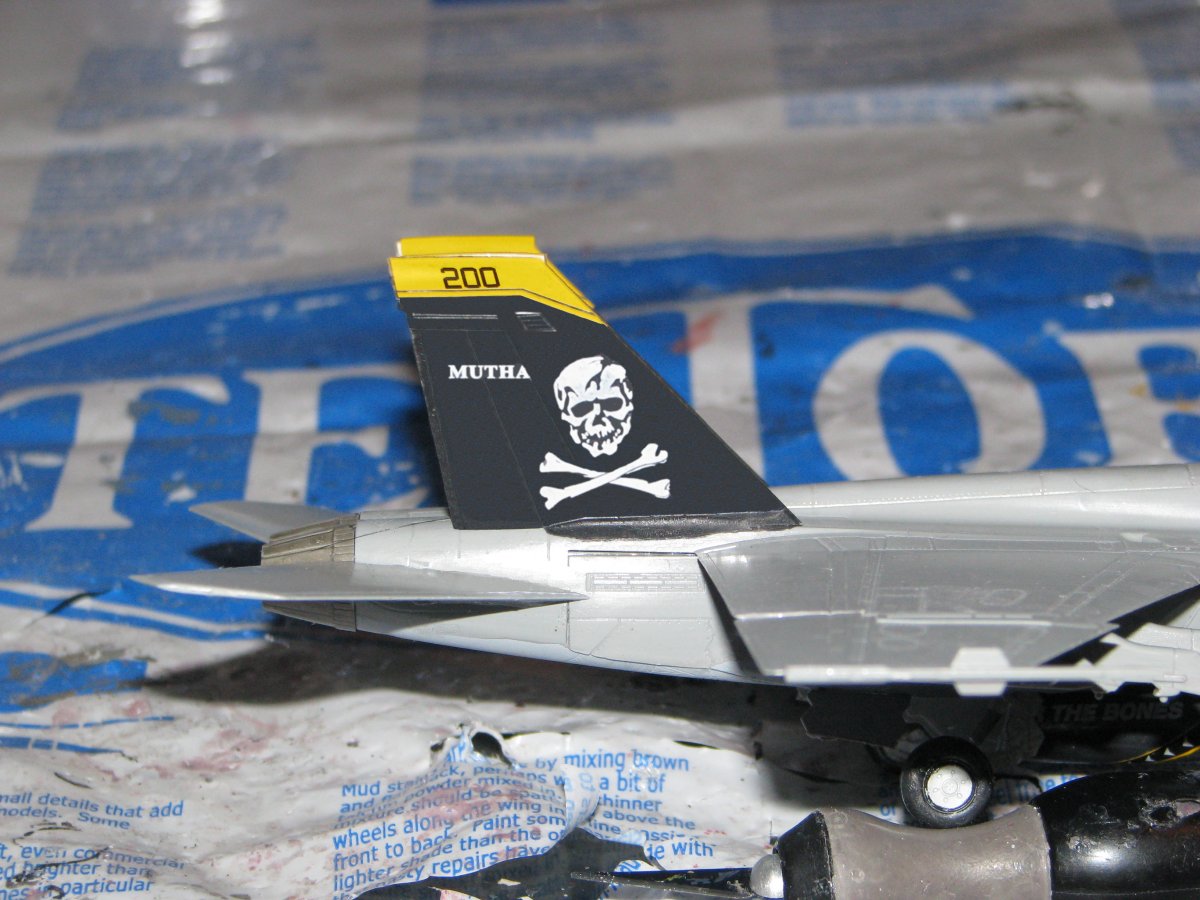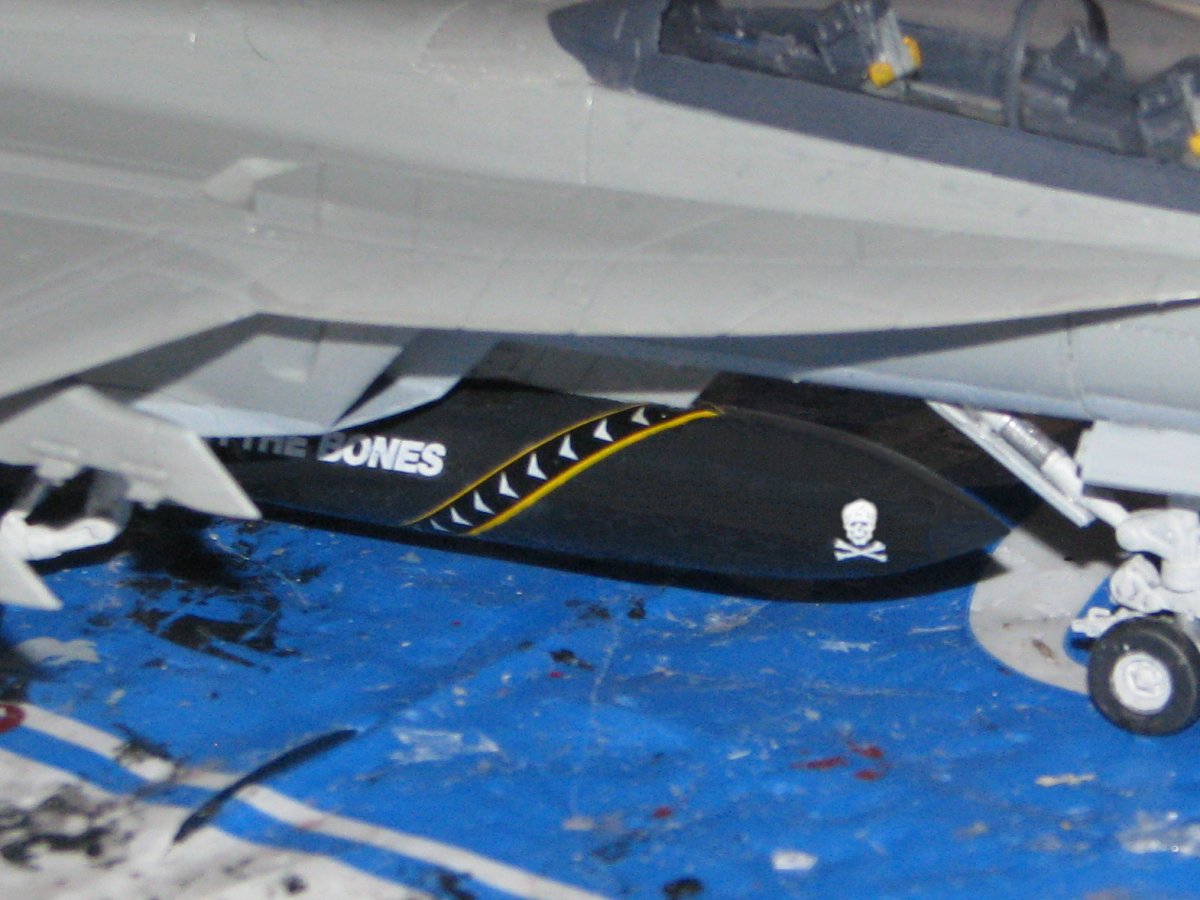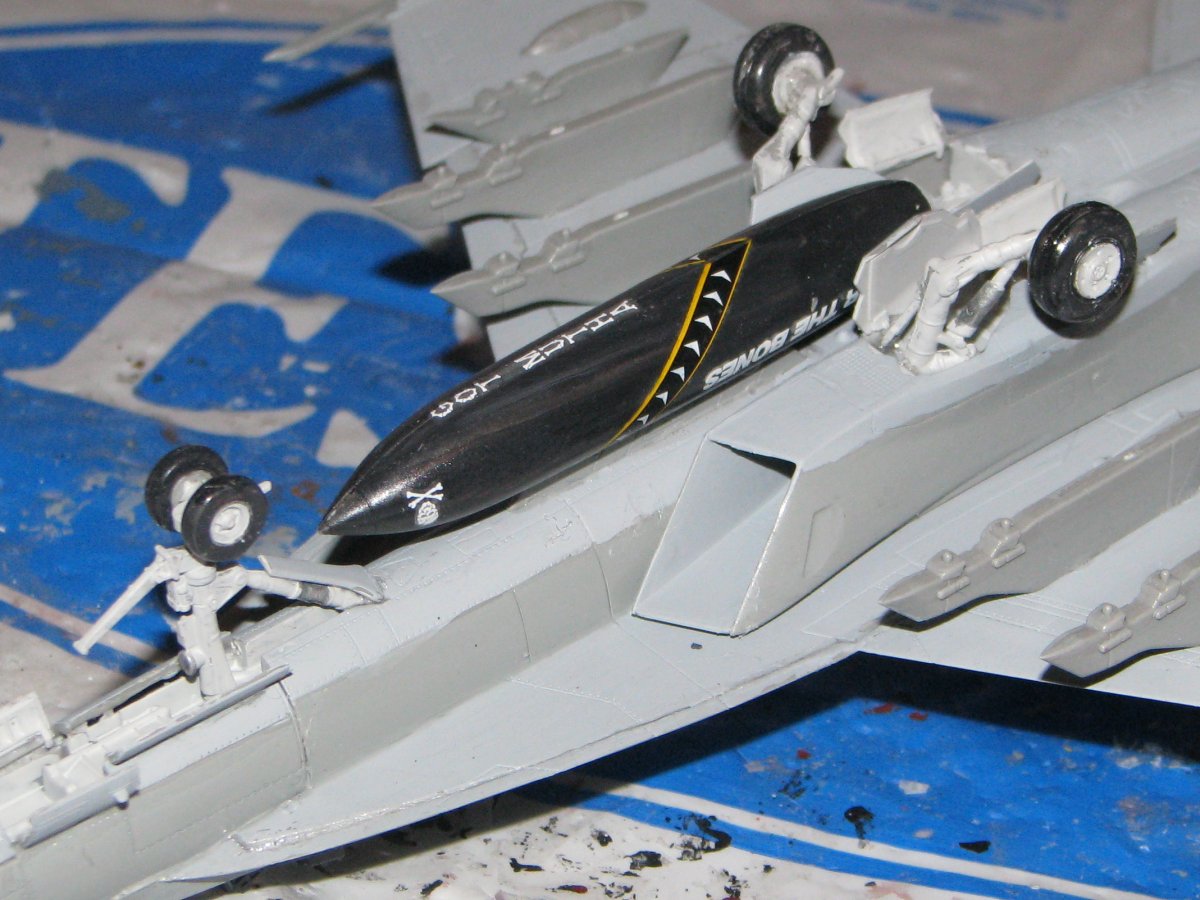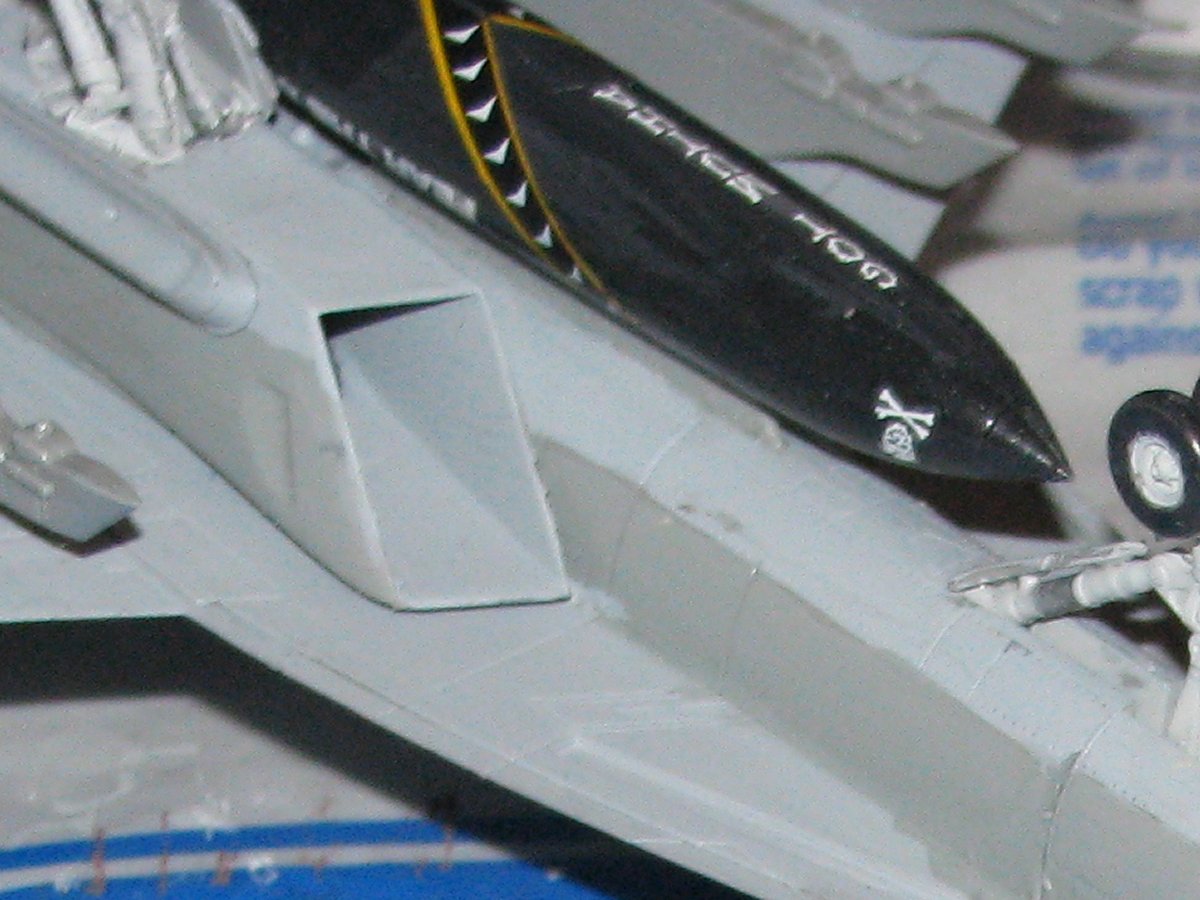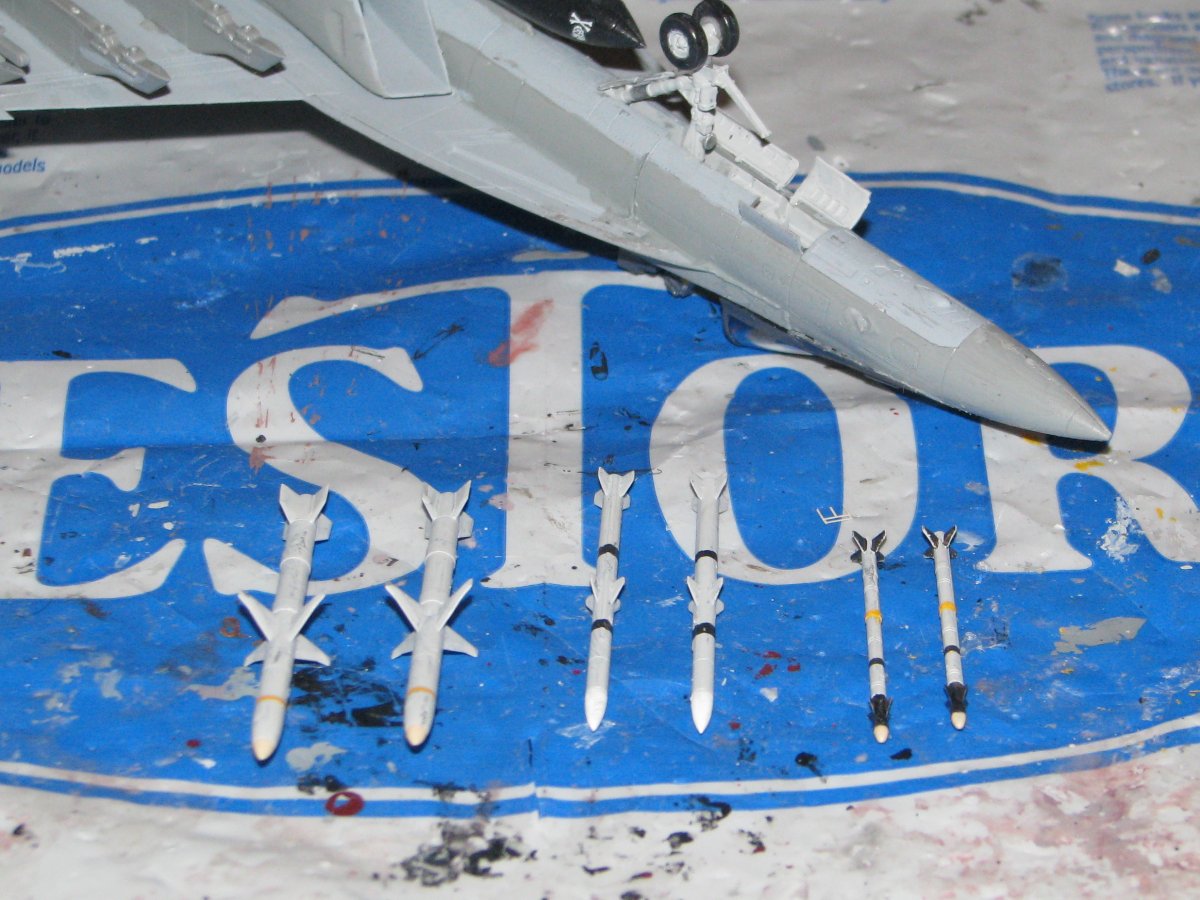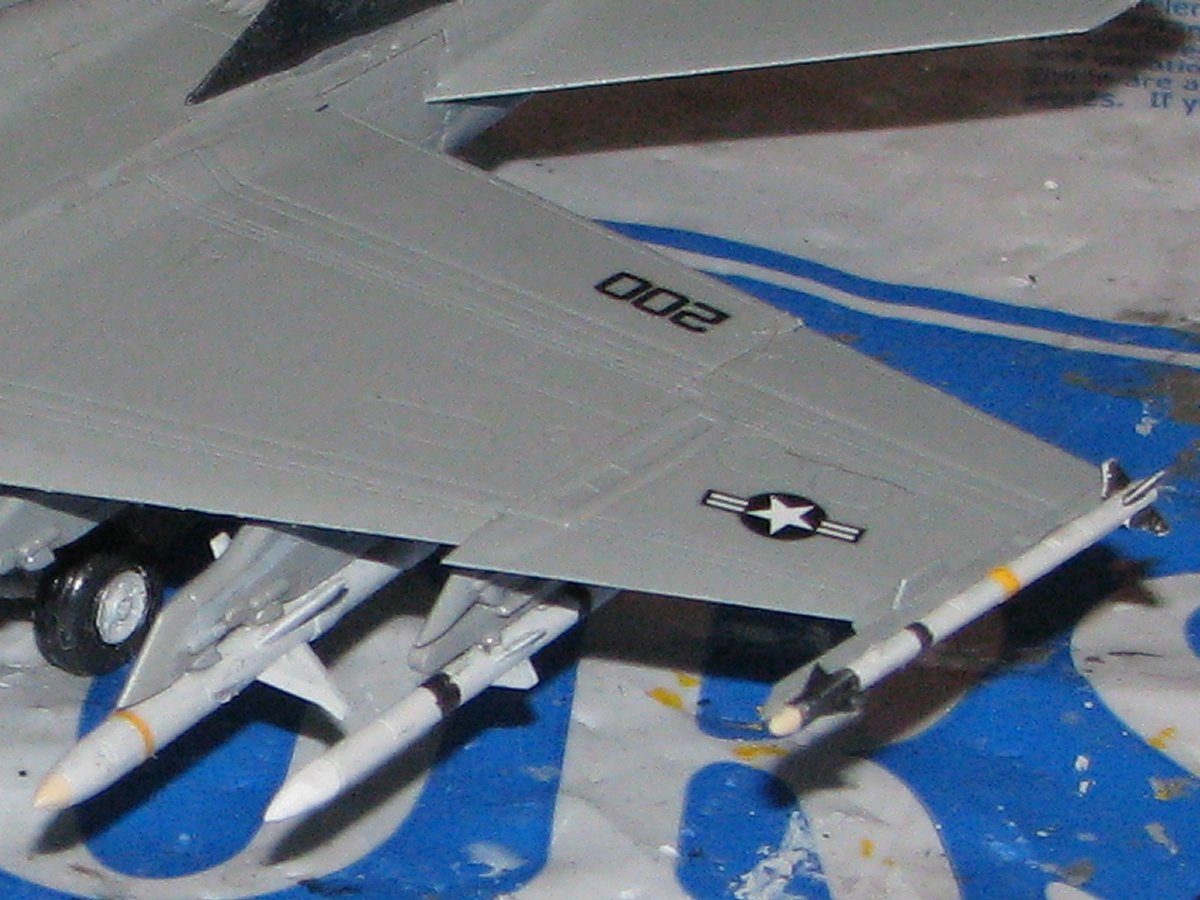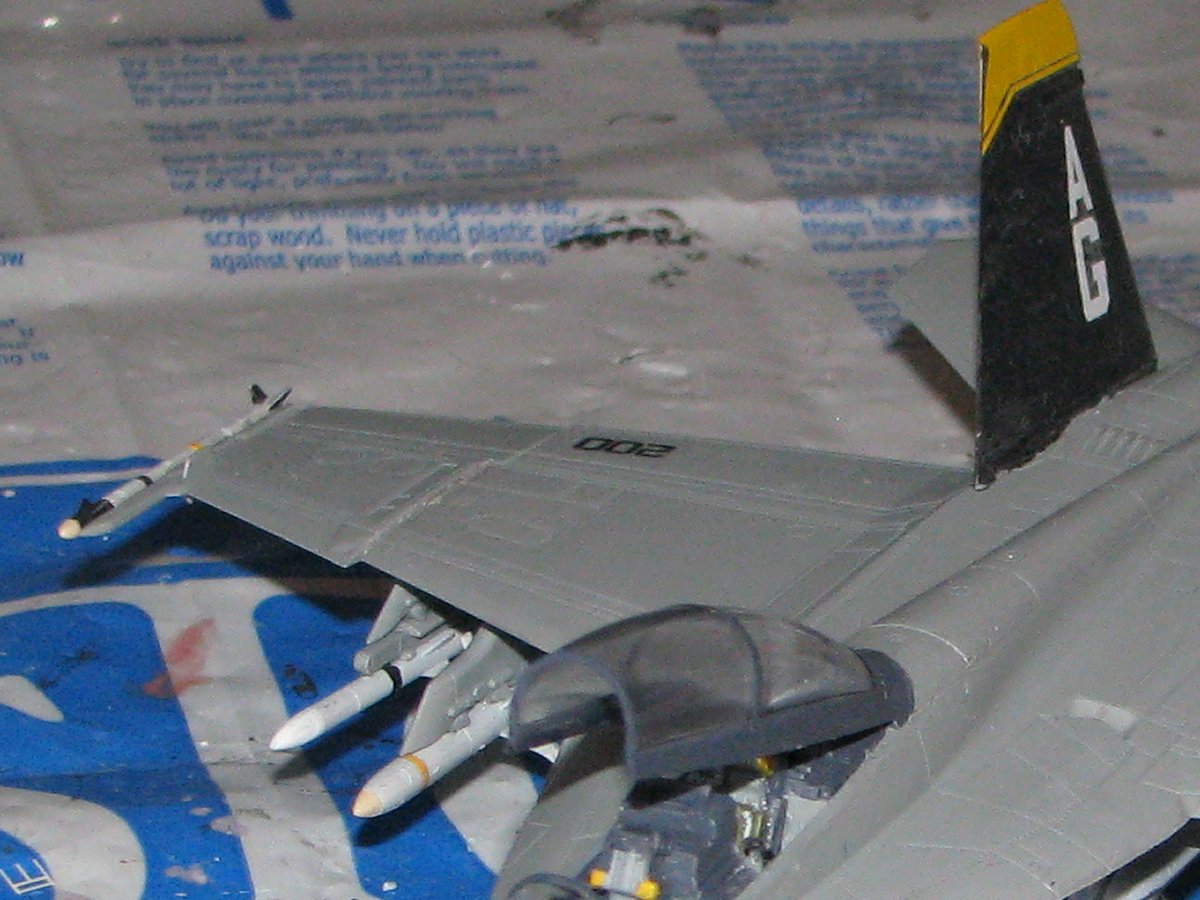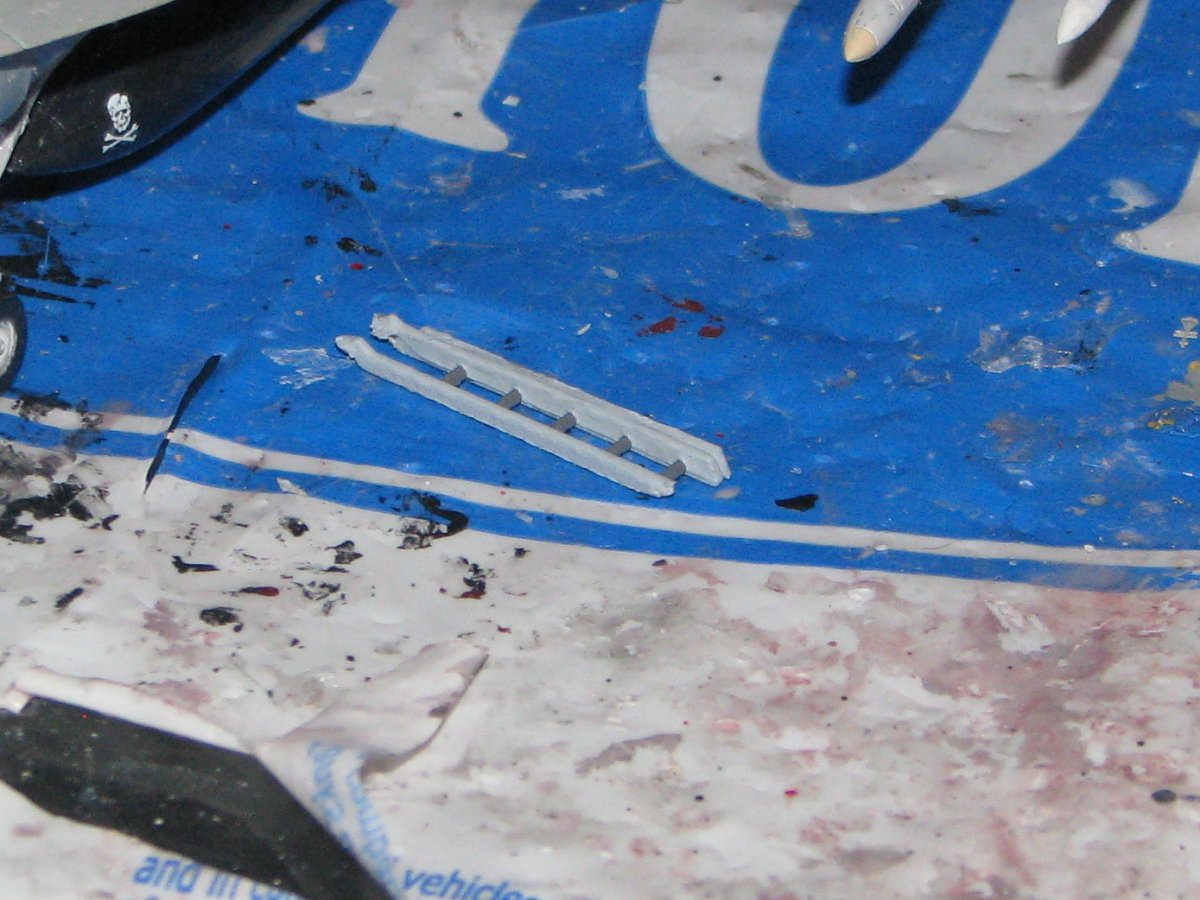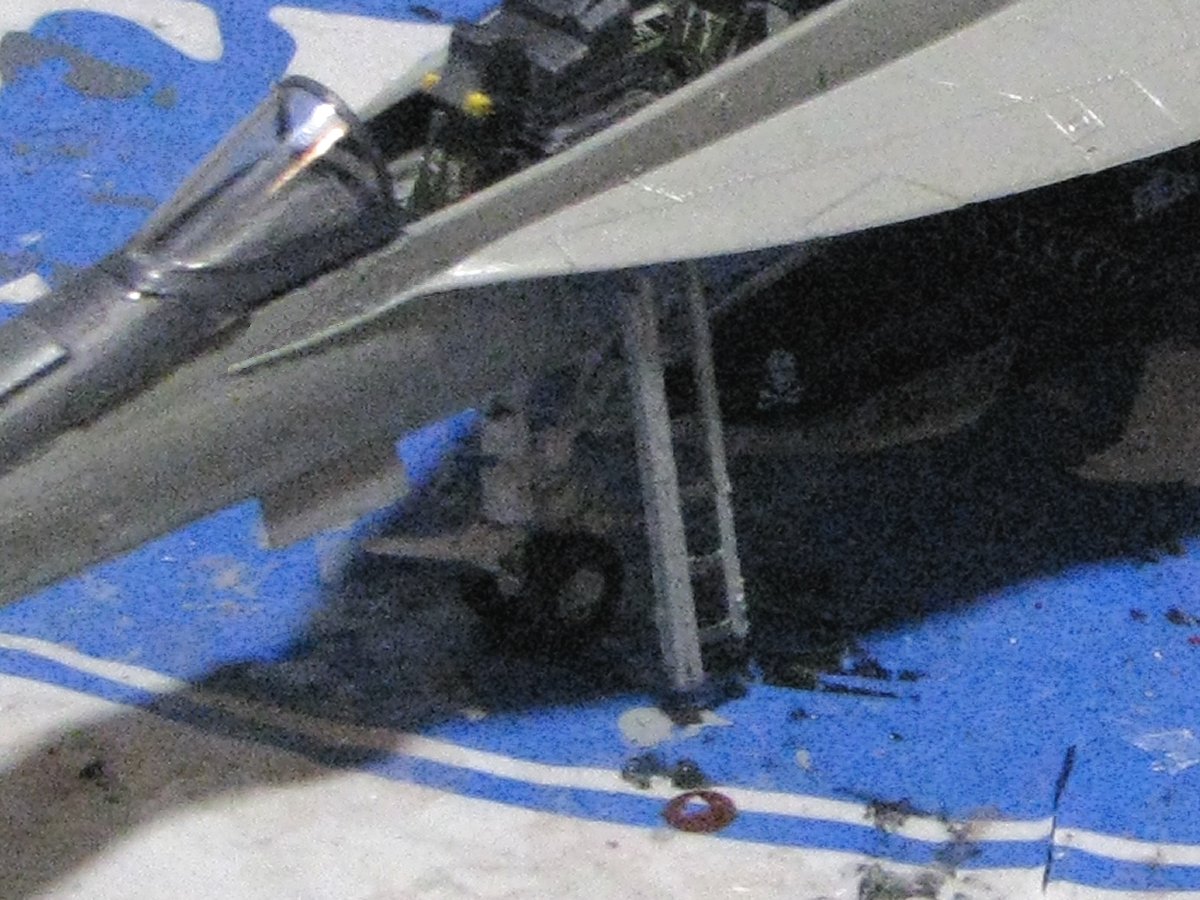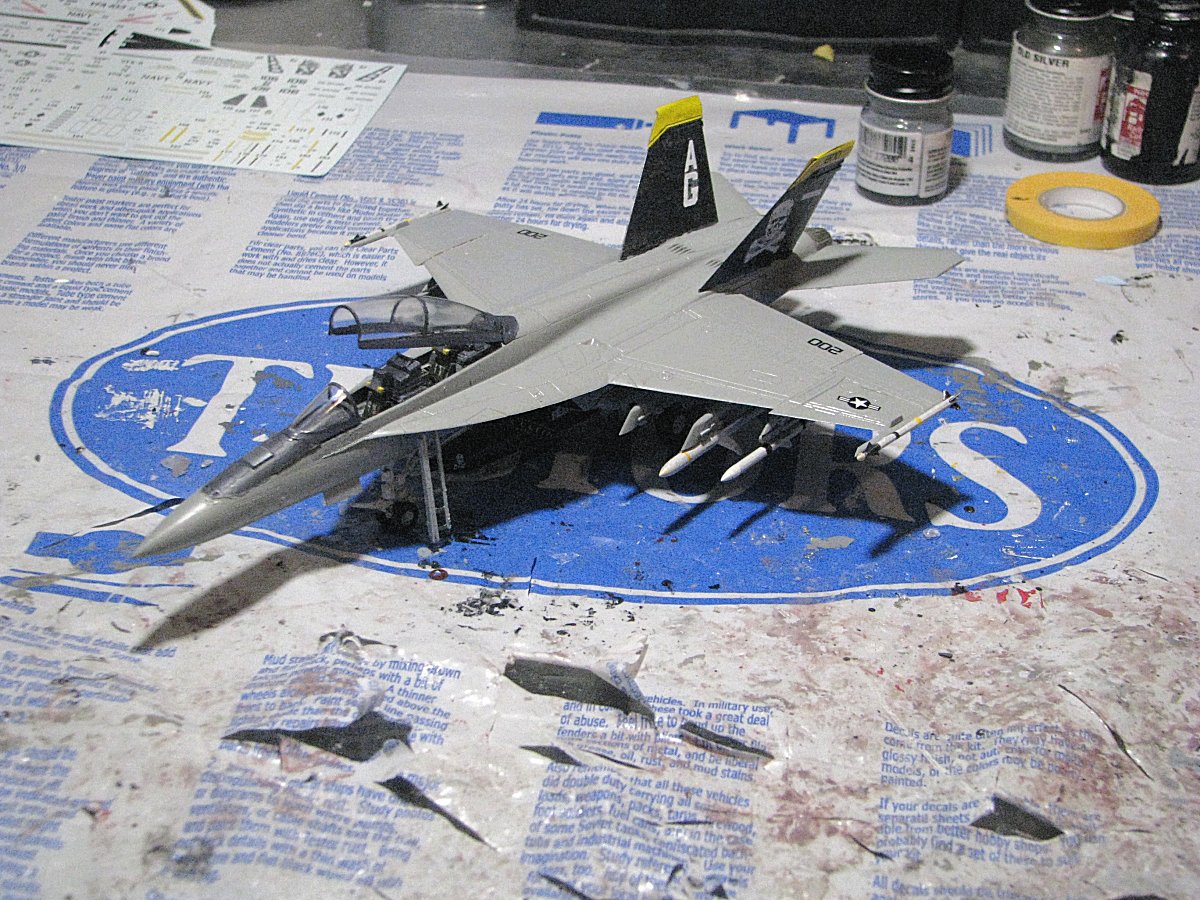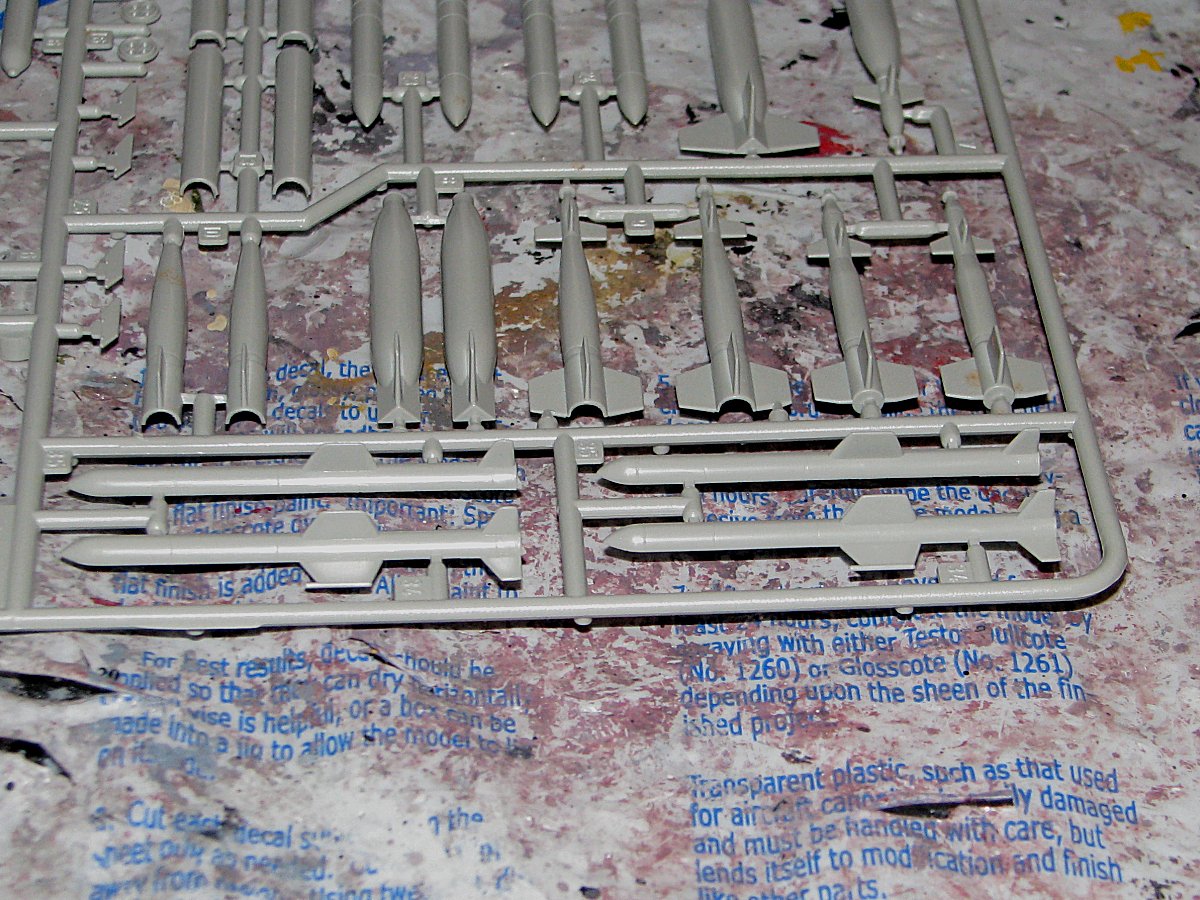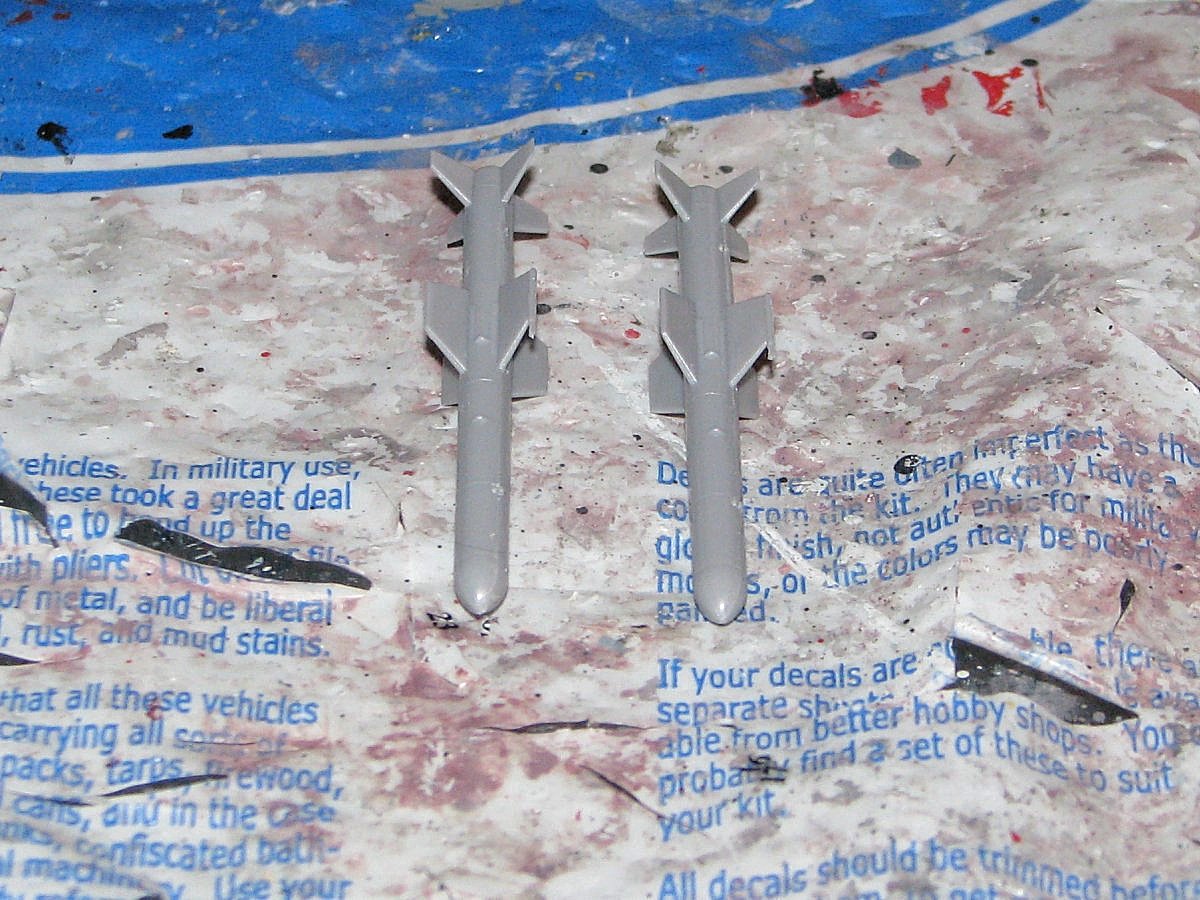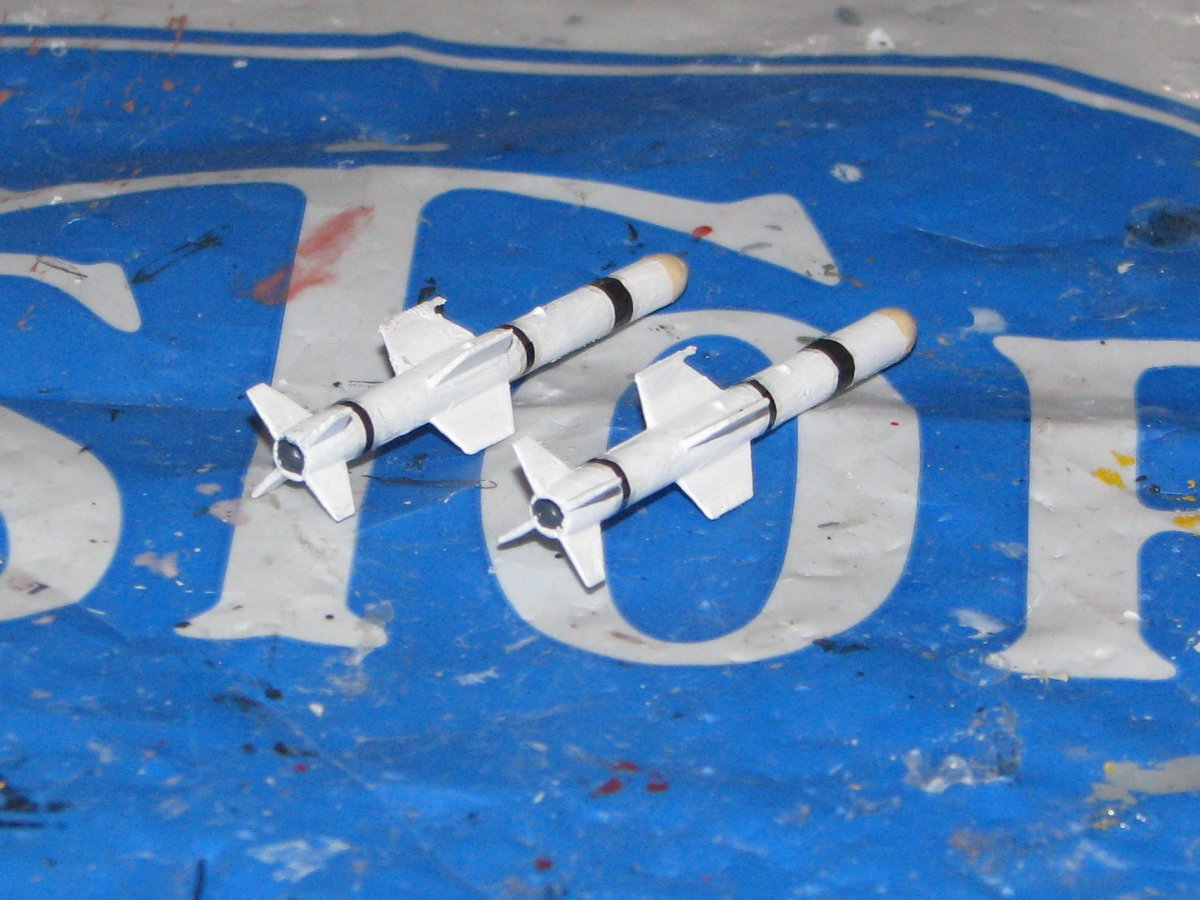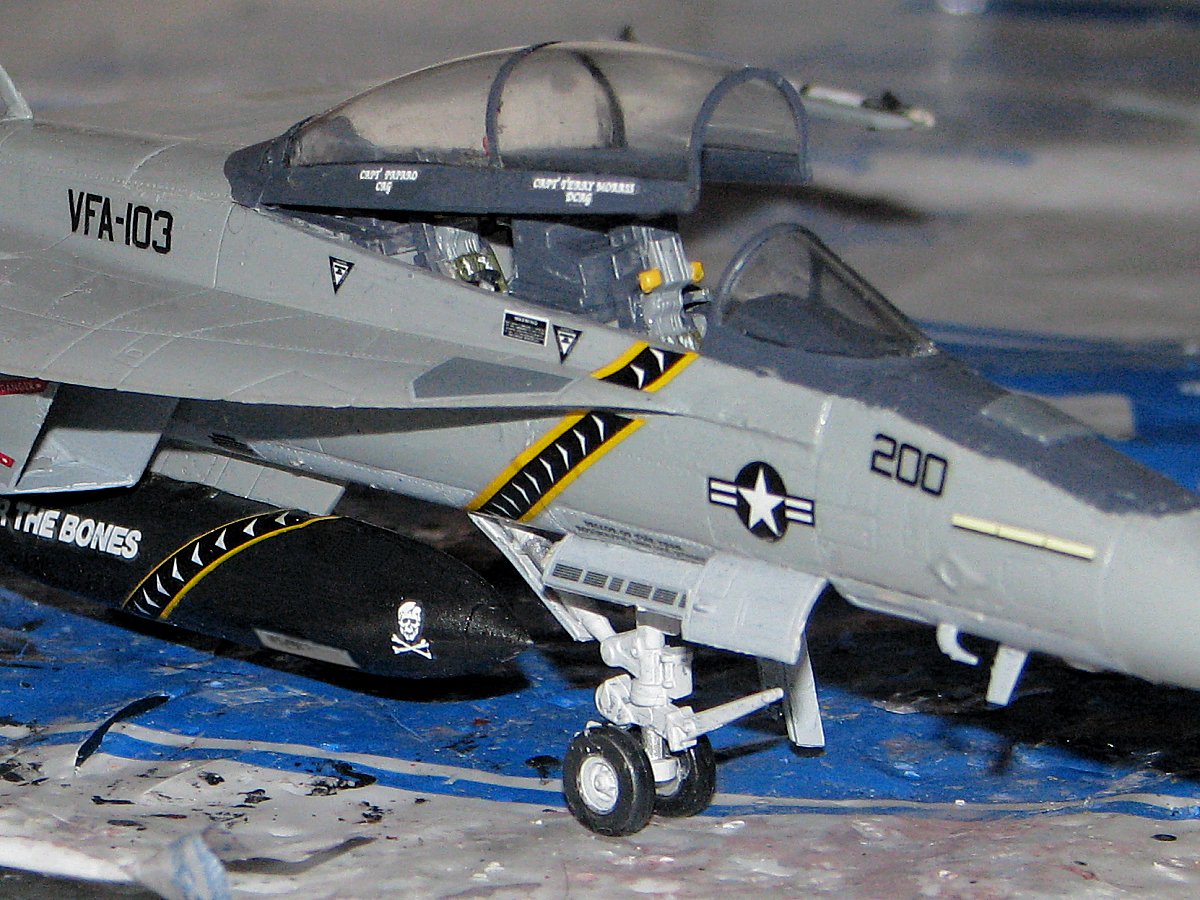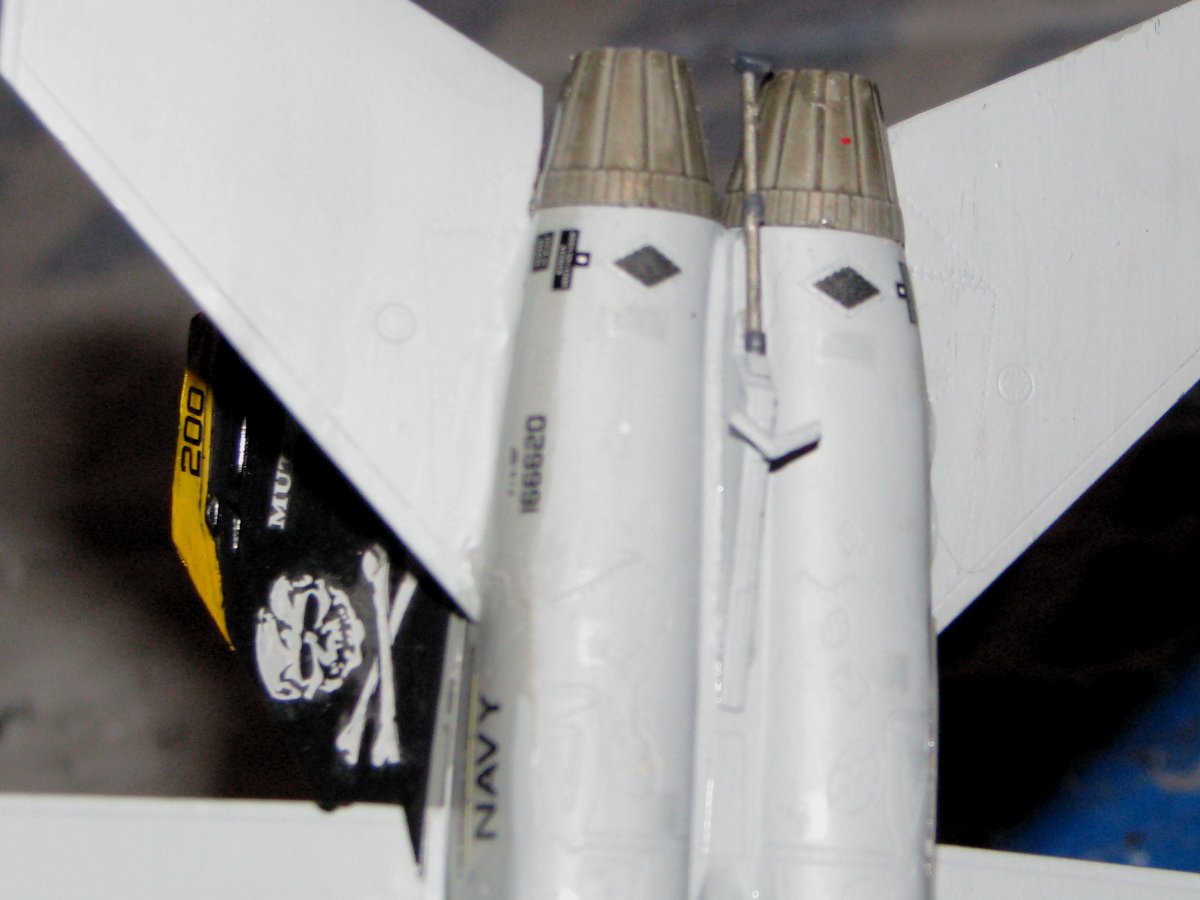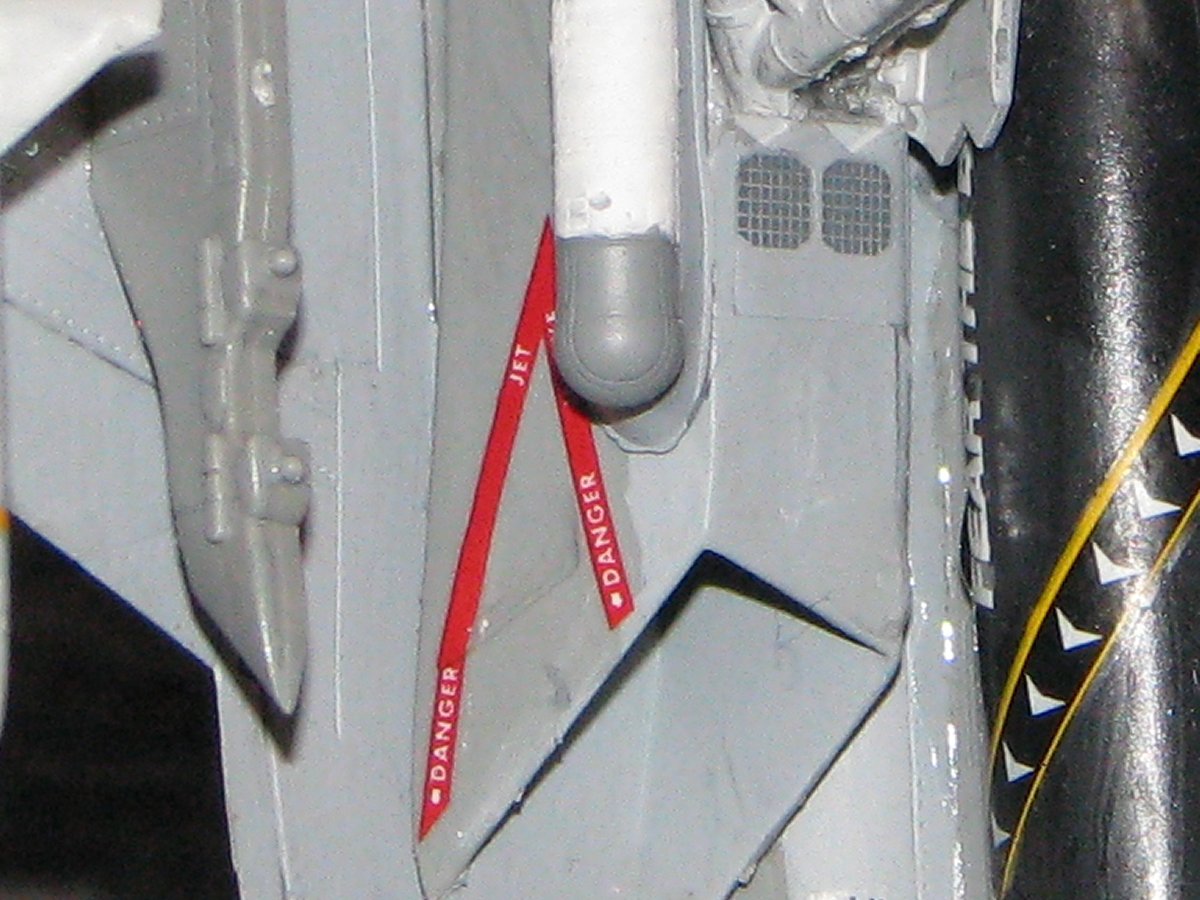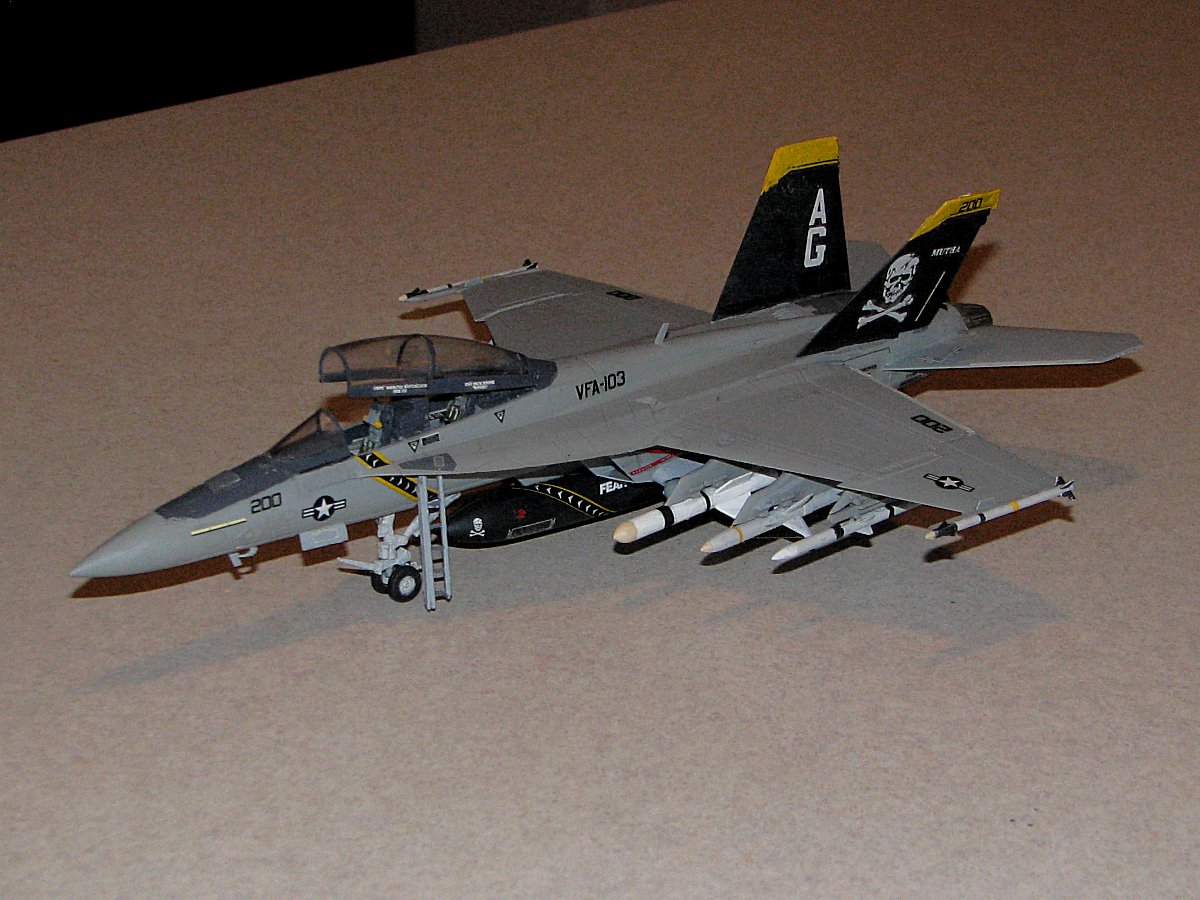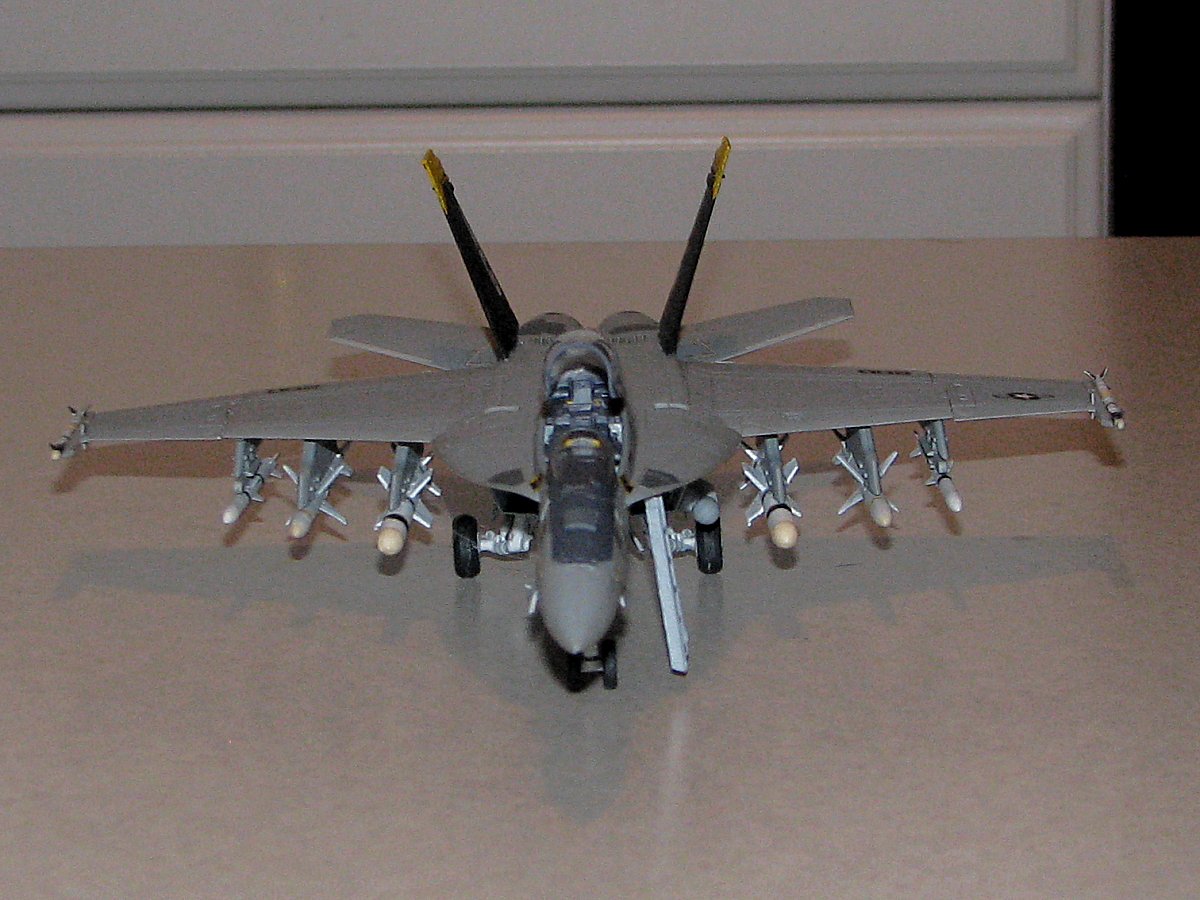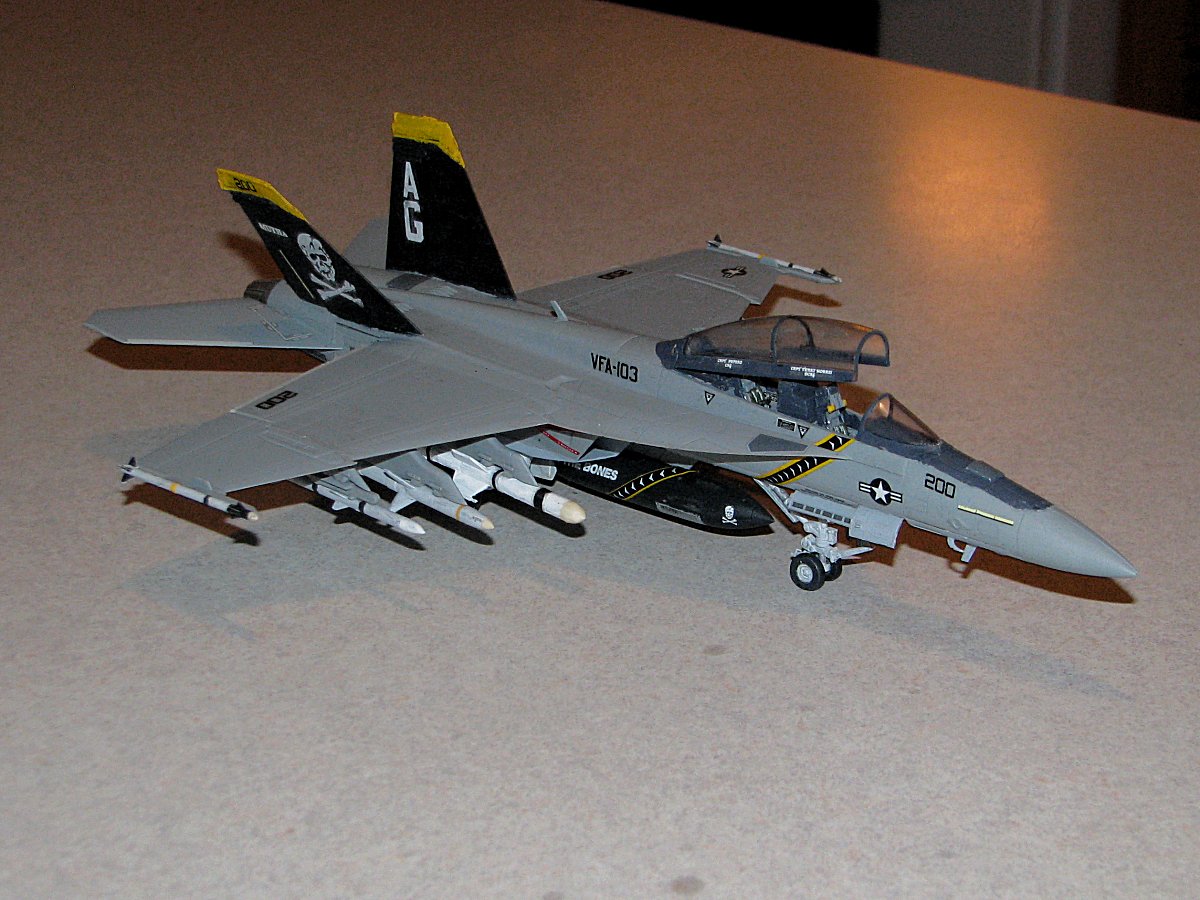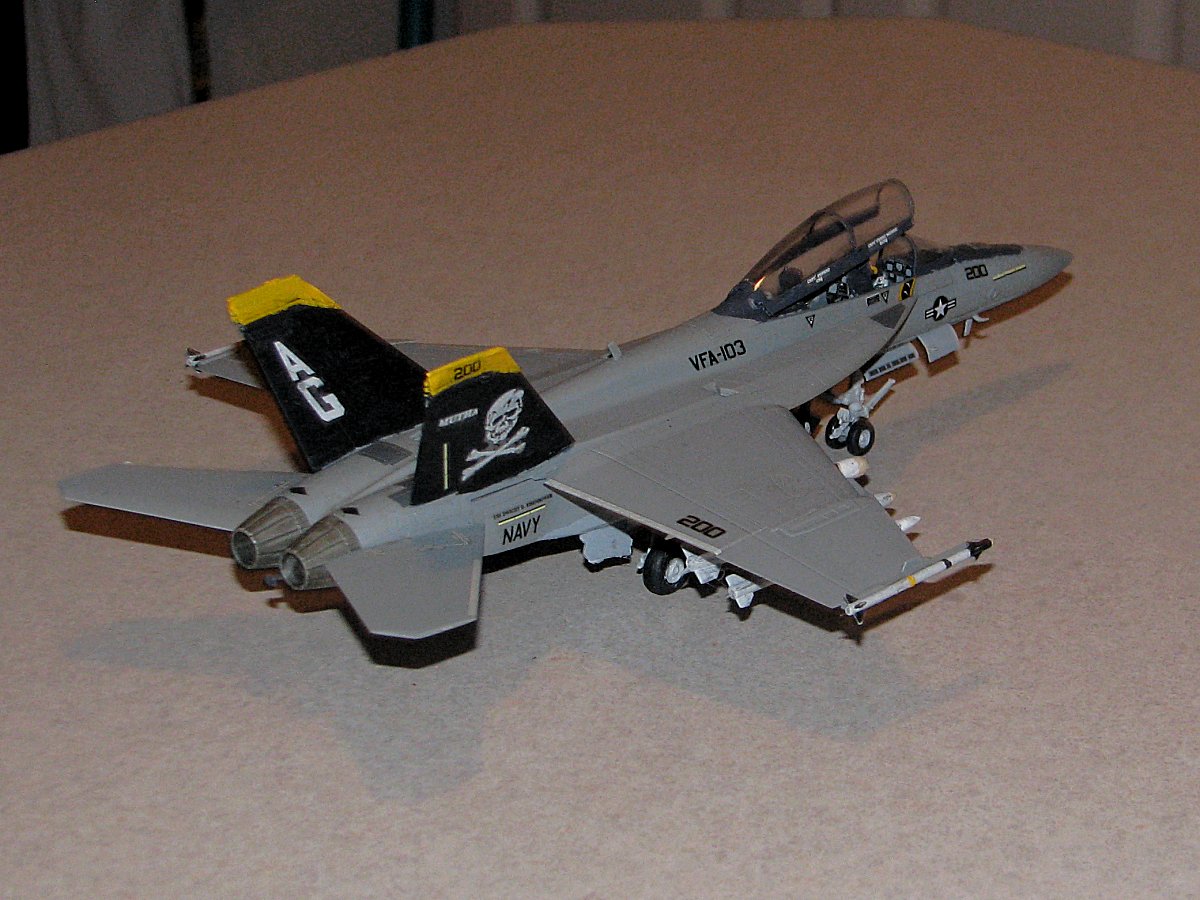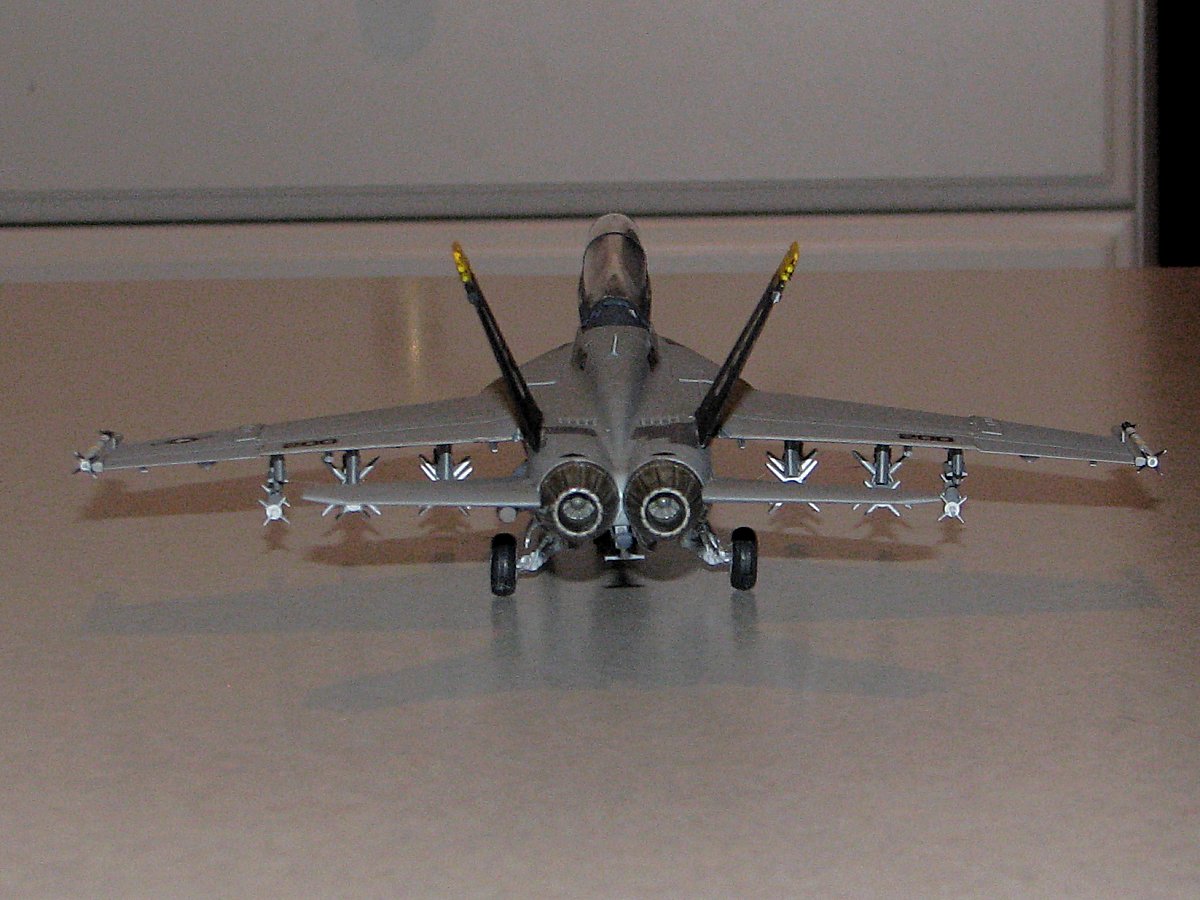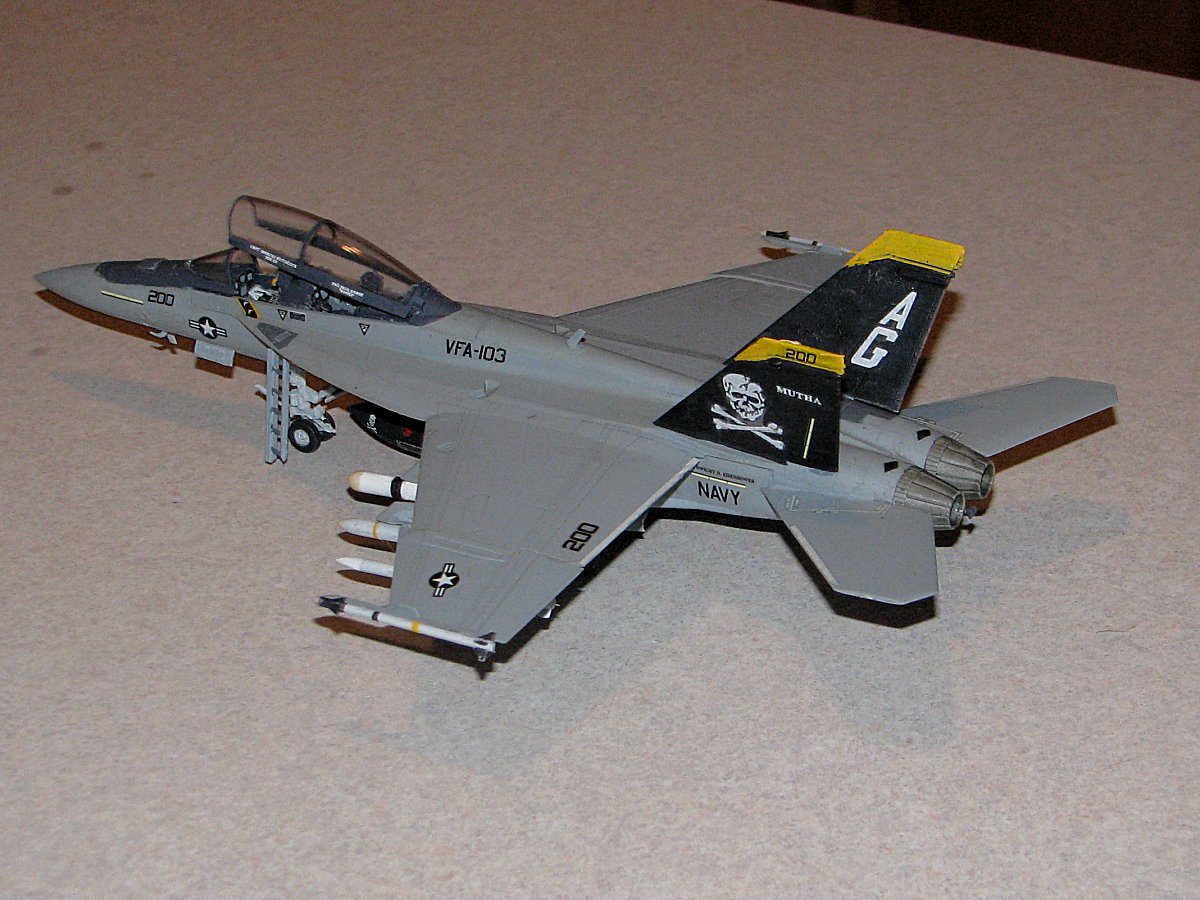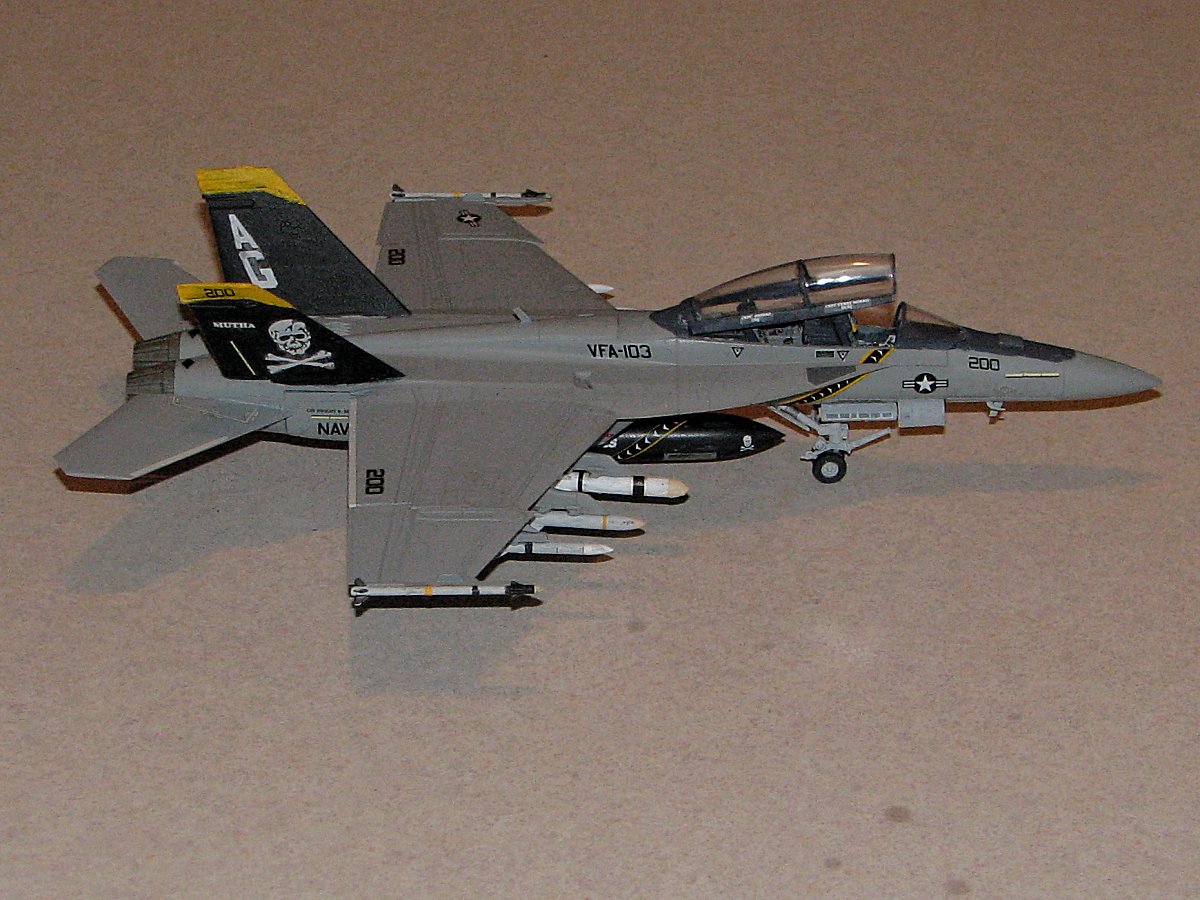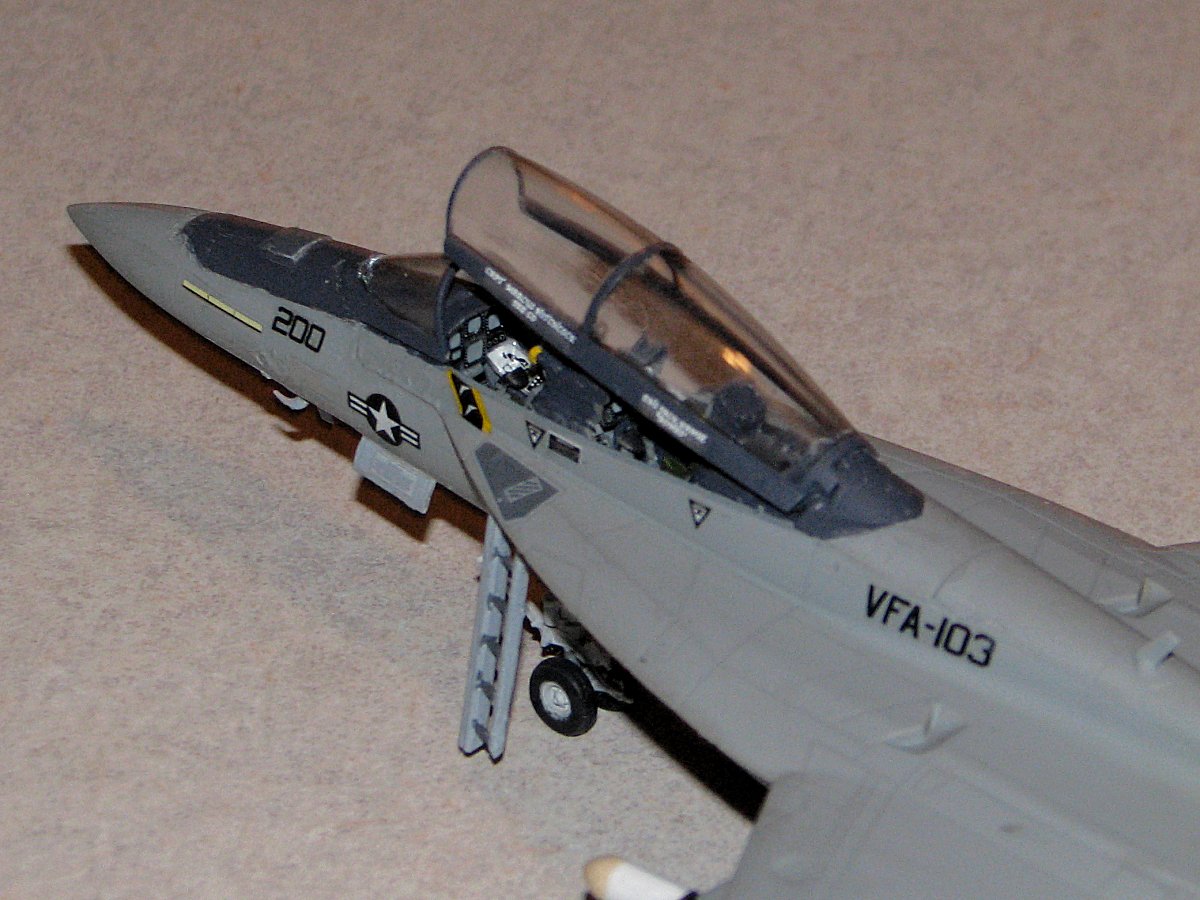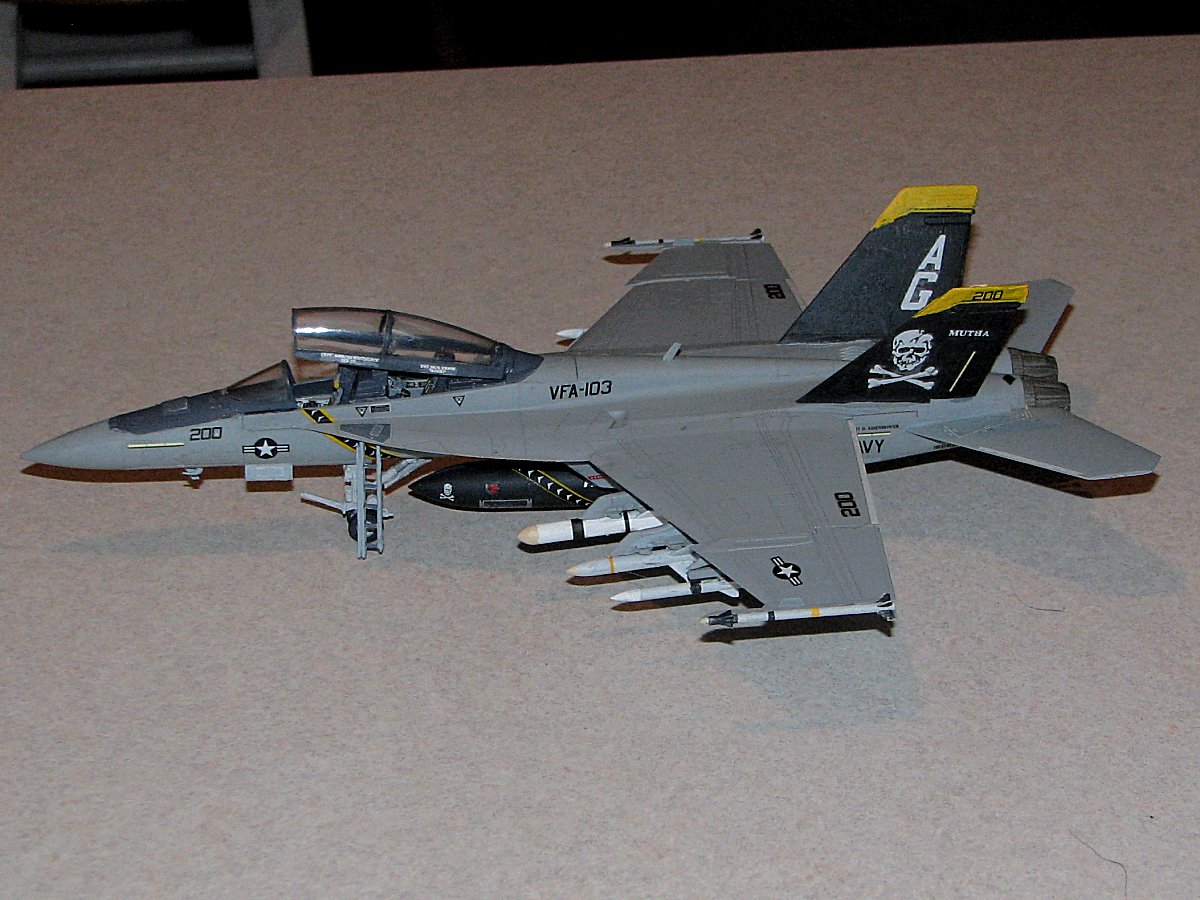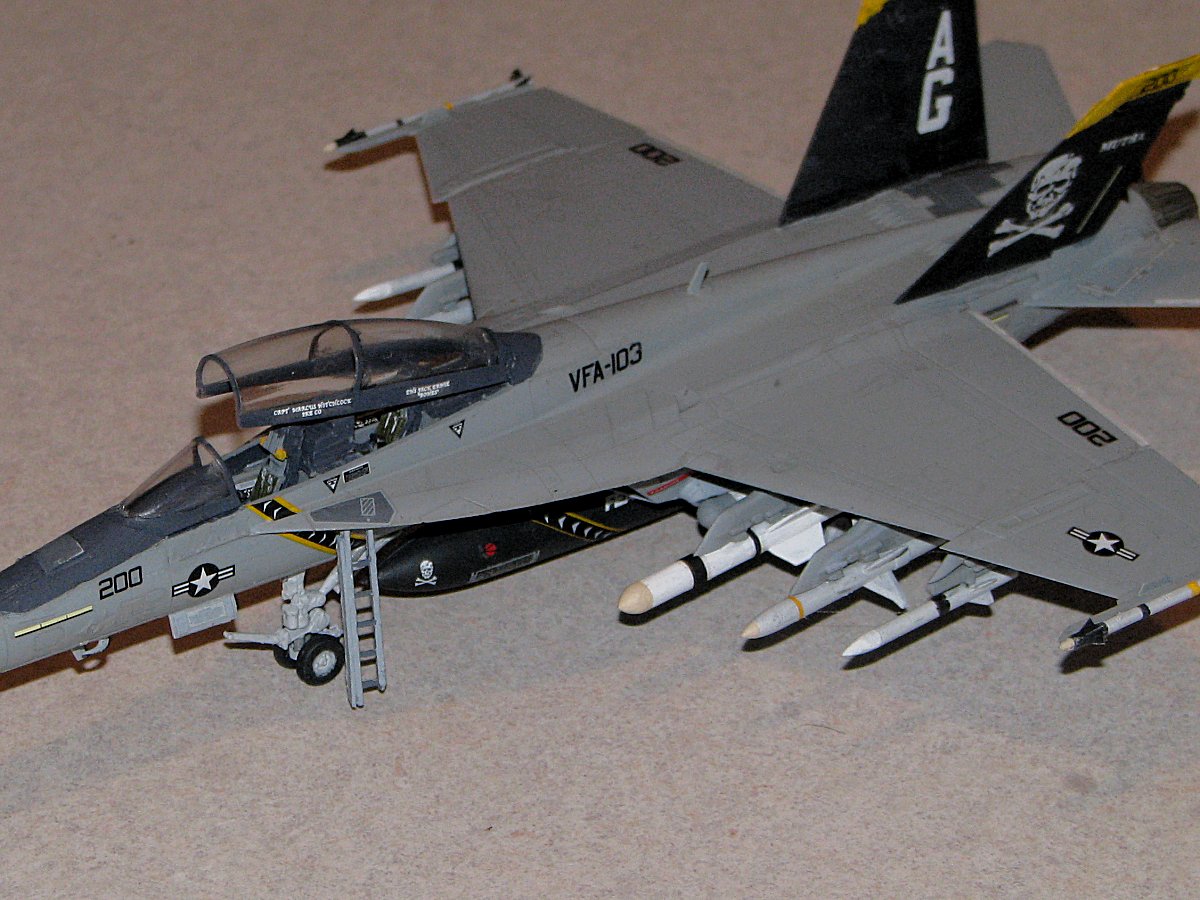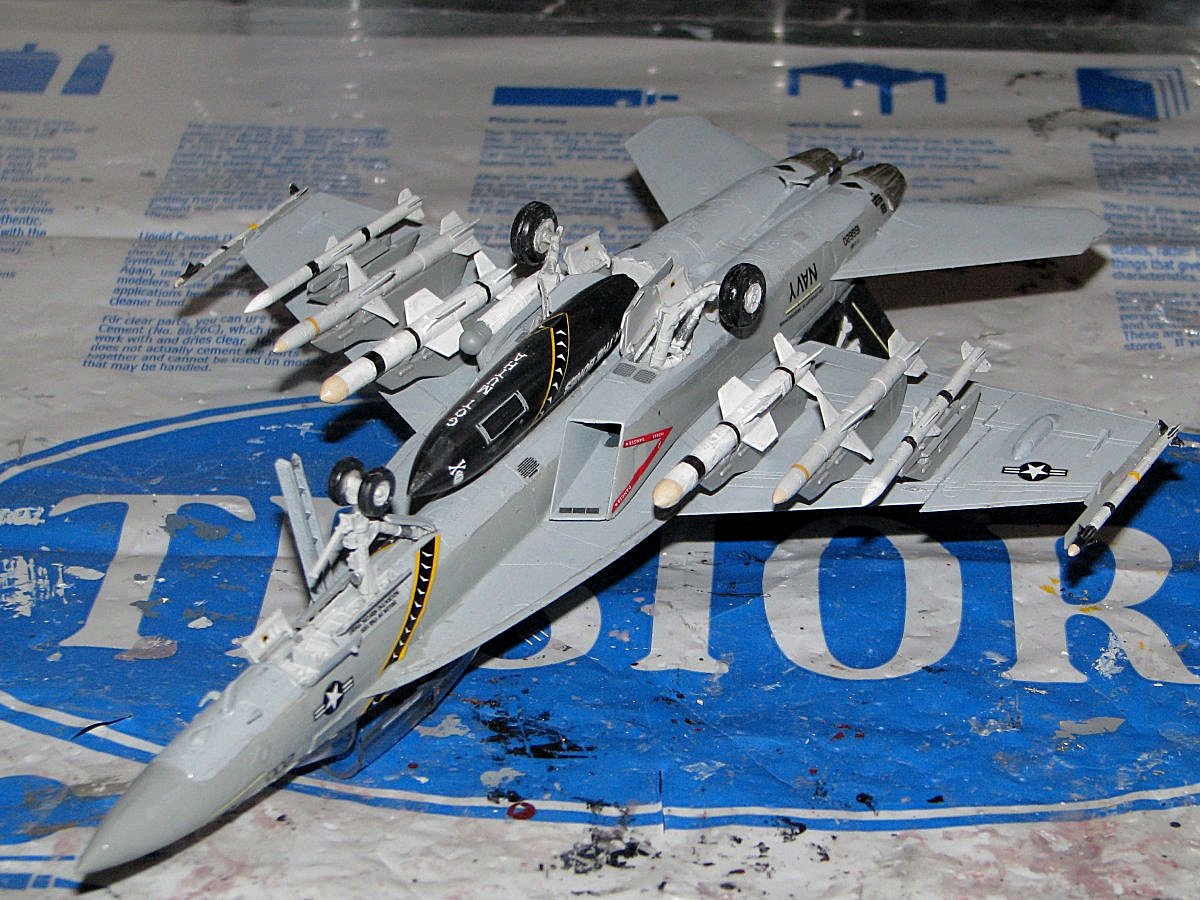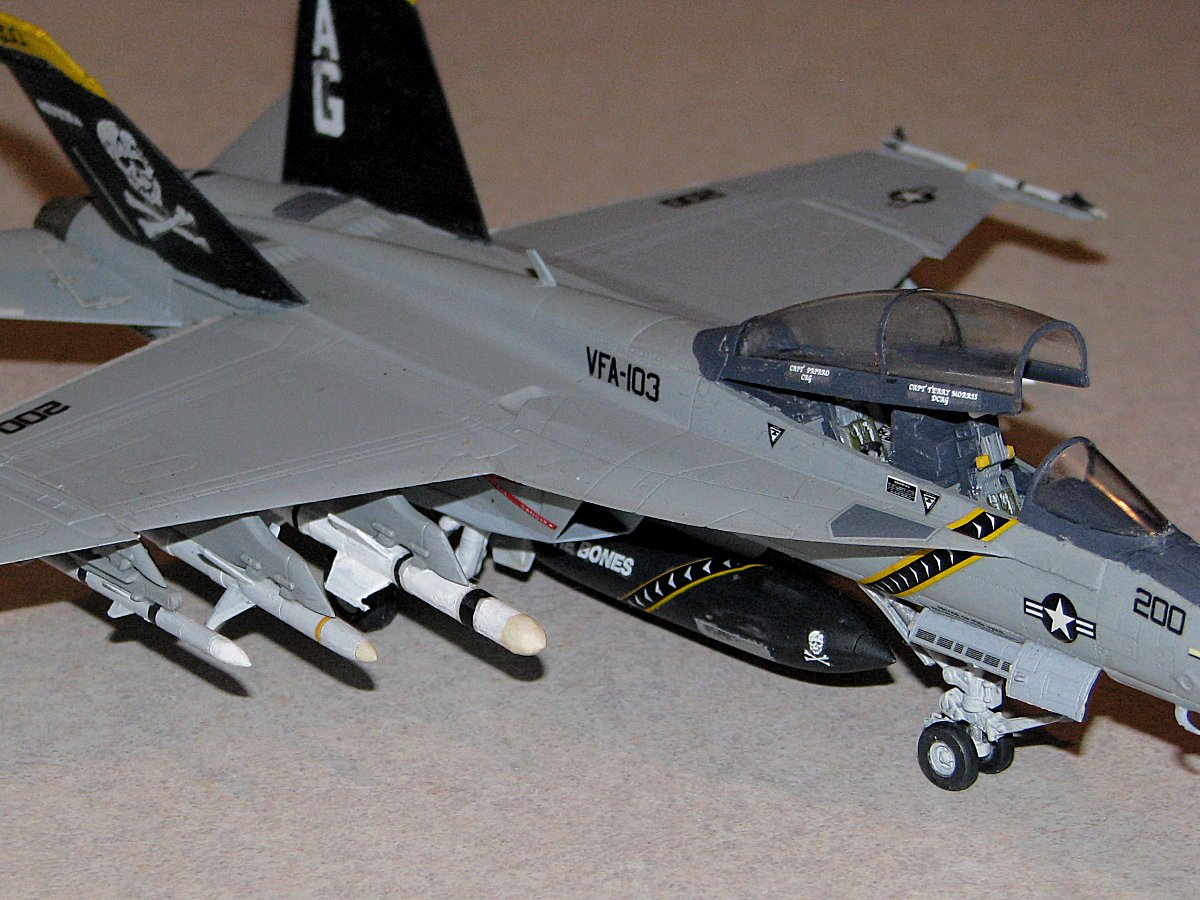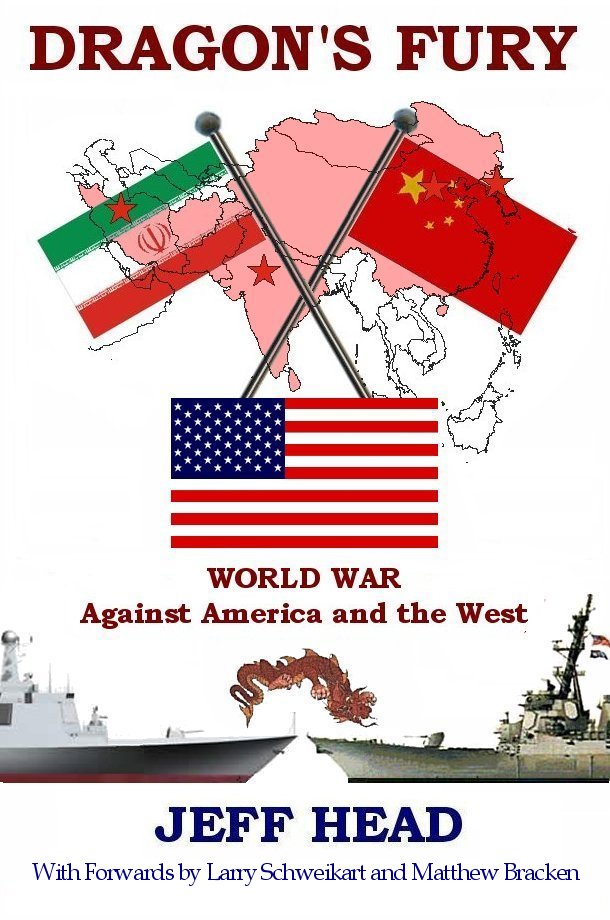 |
|
|
|
US Navy, Boeing F/A-18F Super Hornet Latest Update: April 7, 2014
Introduction: As a result, the US NAvy worked with the supplier, mcDonald Dougla and then Boeing who bought them, to develop a larger, more advanced version of the aircraft. This new aircraft was called the Super Hornet. Two variants were proposed, accepted, and developed. The single seat F/A-18E Super Hornet to enhance the single seat F/A-18C Hornet, and the tandem-seat F/A-18F Super Hornet to enhance the F/A-18D Hornet. The Boeing F/A-18F Super Hornet is the tandem-seat, twin-engine carrier-based multirole fighter that resulted. The F/A-18F is a larger and more advanced derivative of the F/A-18D Hornet. The Super Hornet has an internal 20 mm M61 rotary cannon and can carry air-to-air missiles and air-to-surface weapons. Additional fuel can be carried in up to five external fuel tanks and the aircraft can be configured as an airborne tanker by adding an external air refueling system. Designed and initially produced by McDonnell Douglas, the Super Hornet first flew in 1995. Full-rate production began in September 1997, after the merger of McDonnell Douglas and Boeing the previous month. The Super Hornet entered service with the United States Navy in 1999, replacing the Grumman F-14 Tomcat, which was retired in 2006, and serves alongside the original Hornet. The Royal Australian Air Force (RAAF), which has operated the F/A-18A as its main fighter since 1984, ordered the F/A-18F in 2007 to replace its aging F-111 fleet. RAAF Super Hornets entered service in December 2010. Since that time, well over 500 aircraft have been built and put into service with the US Navy. Approximately 40% of these are the F/A-18F tandem-seat variety. After initial fleet integration began, Boeing upgraded to the Block II version of the aircraft, incorporating an improved Active Electronically Scanned Array (AESA) radar, adopting larger displays, integrating the joint helmet mounted cuing system, and replacing many other avionics systems. The Block II configuration has the avionics and weapons systems that were being developed for the proposed production JSF version of the Boeing X-32 JSF which lost out to the Lockheed F-35 JSF. but the avionics package for the X-32 was deemed superior to existing Super Hornet capabilities and was adopted. As part of the Block II configuration, new-build aircraft received the APG-79 AESA radar beginning in 2005. The block II aircraft are the current in-service aircraft. In 2007, Boeing stated that a passive Infrared Search and Track (IRST) sensor would be a future option for the Super Hornet. The sensor, mounted in a modified centerline fuel tank, would detect long wave IR emissions for detecting and tracking targets such as other aircraft. The IRST coupled with the AIM-9X Block III Sidewinder missile will allow enemy aircraft to be engaged without disruption from radar jamming. In early 2008, Boeing discussed the development of a Super Hornet Block III with the U.S. and Australian military, featuring additional stealth capabilities and extended range; a long-term successor is to be developed under the Next Generation Air Dominance program In 2010, Boeing offered international customers the Super Hornet "International Roadmap", which included conformal fuel tanks (CFT), enhanced engines, an enclosed weapons pod (EWP), a next-generation cockpit, a new missile warning system, and an internal infra-red search and track (IRST) system that would replace the externally mounted pod currently in use. The enclosed weapons pods (EWP) are to have four internal stations for munitions; a total of three EWPs could be carried by a single aircraft, housing up to 12 AMRAAMs and 2 Sidewinders. The next-generation cockpit will feature a large 19 in x 11 inch touch-sensitive display.[28] On 18 May 2009, Lockheed Martin announced its selection by Boeing to conduct the IR sensor's technology development phase. Lockheed Martin was awarded a contract for the IRST in November 2011. As of September 2013, a basic IRST would be fielded in 2016 and a longer-range version in 2019. In 2009, development also commenced on several engine improvements, including greater resistance to foreign object damage, reduced fuel burn rate, and potentially increased thrust of up to 20%.[33][34] By late 2011, Boeing received a contract from the US Navy to develop a new mission computer for the Super Hornet. Northrop Grumman and Boeing have self funded a a prototype of the Advanced Super Hornet, which will fulfill the Block III aircraft requriements introduced in 2008. The prototype features a 50% reduction in frontal radar cross-section (RCS), conformal fuel tanks (CFT), and the EWP (Eenclosed Weapons Pod). Features of the Advanced Super Hornet can also be integrated onto the EA-18G Growler; the adoption of CFTs on the EA-18 fleet has been speculated as useful to releasing underwing space and drag margin for the Next Generation Jammer. Flight tests of the Advanced Super Hornet began on 5 August 2013 and continued for three weeks, testing the performance of CFTs, the enclosed weapons pod (EWP), and signature enhancements. In March 2013, the U.S. Navy was considering the widespread adoption of CFTs (conformal fuel tanks) to existing aircraft, which can be retrofited to include the same. This will allow the Super Hornet to carry 3,500 lb (1,600 kg) of additional fuel. Flight testing has demonstrated that the CFTs expands the Super Hornet's combat radius by 260 nautical miles. Production CFTs are expected to weigh only 870 lb. The Super Hornet is expected to remain the US Navy's premier Air Dominance and heavy attack aircraft for several more decades. The older F-18 Hornets will soon begin to be replaced by the 5th generation stealth F-35C and F-35B STOVL aircraft being currently deployed to the US Navy and US Marines.
The Kit: This model comes in a typical Revell box which opens on each end, and which contains the various sprues, decals, a instruction booklet within, the parts being in sealed plastic bags, and the decals being covered by a protective sheet.
Revell is a long time model maker whom I bought model kits from as a child fifty years ago. They make a quality product, particularly when onbtaining aircraft models from the Revell Germany plant. This aircraft is from that plant.
The kit also includes an excellent decal sheet. You can build either of two aircraft from two seperate US NAvy Strike Aircraft Squadrons. One is aircraft number "106" from the US Navy's VFA-11, Strike FIghter Squadron,the "Red Rippers," based at Naval Air Station Oceana in Virginia Beach, Virginia, or; you can build aircraft number "200" from the US NAvy's VFA-103 Striek Fighter Squadron, the "Jolly Rodgers," also based at Naval Air Station Oceana in Virginia Beach, Virginia. I intend to build the "Jpolly Rodhger," aircraft.
The decals shweet includes aevery conceivable decal fpor the aircraft at this scale and is very well researched and authentic. There are 183 decals on the sheet included with the kit.
The instructions are decent. They provide step by step instructions for the building of the aircraft and the various options. I have seen more intuitive instructions sets. These seem a bit hectic and crowded. Nonetheless, they will suffice just fine and do appear straight forward.
A decent decal and color scheme are included on the last sheets of the instructions for both aircraft, and these, though not in color, or very well done.
So, I first cut the attachment points and sprue attachments off of the various parts, leaving only a signle attachemnt for each on the sprue to which it was attached. This helps avoid exccessive touch up painting later. I then painted the various in the various Model Master colors i intend for this aircraft. I used Light Ghost Gray for the lower aircraft and Flint Grey for the uppoer. Engine Gray for the darker cockpit surfaces and Weathered Black for the tires and vertical stabilizors. (This is to go with the VFA-103 Jolly Rodgers Squadron of the US NAvy I intend to depict this aricraft as.) Wheel wells and landing gear are going to be a very light gray for this model, with the missiles I will use flat white with their various stripes in red and blue. Once all of this painting was done, it was time to specifcally start with the cockpit.
The F/A-18F Super Hornet is a dual cockpit aircraft, with the pilot forward and a weapons offcier behind. These two cockpits have a lot of instrumentation to operate the aircraft and its weapons and the Revelle Kit comes with a very decent ejection seat for both that fits into a detailed cockpit including the control sticks and manuevering controls. It also includes some very decent decals for the cockpit surfaces. All in all, for the rear cockpit there were a total of eleven pieces and decals, and forward there were ten pieces and decals:
Once the cockpit was completed I turned my attention to the air intakes. This model has a very decently modeled air intake system which extends, enclosed into the fuselage. The curved surfaces and shape is very accurately portrayed, with the engine fan included on each side back in there...which you would have to use a light to see once the aircraft is completed.
Then I put to the major airframe together, first with the upper and lower fuselage halfs maiting together around the cockpit and the intakes. I saw that the intakes would have to be twisted a little on each side to get them to fit into the upper fuselage, so I put these toigether before the intakes were completely dried onto the lower fuselage. THis allowed me to get them into the full fuselage assembly, whicle keeping their glue "tacky" and allowing them to be pressed back into place after they were manuevered into position. I had to do this seperately for each side.
So, this is going together fairly rapidly. Next I will assemble the landing gear and their doors, the front canopy, and then begin on the weapons.
The landing gear are stout as is normal for US NAvy landing gear for carrier aircraft. They are well modled for the fornt gear, which has two wheels, and the main gear where each of those two have one large wheel. After painting and assembling the wheels, and painting and assembling the gear (and this involved some silver for the main light and aluminum for the various shock absorbers, I glued them in place. Then the doors, which come as a single piece for the front and single pieces for each main gera (this is to allow the model to be deicted with the doors closed if desired, had to be cut apart (their are panel line provided) so that each part can be depicted in the proper "open position." All in all they came together well. Let them dry really well (24-48 hours) before having them carry the weight of the aircraft.
Once the gear were added, I then went back and painted the vertical stabilzors for the VFA-103 Jolly Roidgers squadron to which this aircraft will belong. There are very nice decals to add over this balck painting...but more on that later. I then painted and added the fron canpoy to the aircraft
At this point I started on the weapons. I am painting the missiles in the same very light gray I am using for the landing gear bays. Later the proper stripes will be added to each. The aircraft comes with two AGM-88 HARM anti-radiation missiles used to take out enemy radars, two AIM-120 AMRAAM medium to lomng range anti-aircraft warfare missiles, and two AIM-9 Sidewinder missiles for short range anit-air warfare. It also includes three large fuel tanks (one for the centerline beneath the aircraft, and one for each inboard pylon on each wing) to extend the range of the aircraft when attacking enemy targets.
I intend to arm this aircraft with the following:
1 x Large Centerline Fuel Tanks
2 x AGM-84 Harpoon anti-shipping missiles mounted on the inboard pylons on each wing
2 x AGM-88 HARM missile mounted on the center pylon on each wing
2 x AIM-120 AMRAAM Missiles mounted on the outboard pylons on each wing
2 x AIM-9 Sidewinder missiles mounted on each wing tip
This is a very heavy strike at sea weapons load, allowing this particular F/A-18F Super Hornet to be prepared for a full range of threats. I will add the AGM-64 Harpoon missiles in 1/72 scale from one of the Testors, 1/72 Scale, US and NATO weapons sets I have.
In the next session I will assemble the additional weapons, and then use decals or paint to appropriately mark them, and then add them and the large centerline fuel tank to the aircraft.
I began this session by carefully painting the main canopy and then dry fitting it to the aircraft. Make sure you do not smudge that clear canopy. I also prepared a few more parts.
Then, I decided to paint the vetrical stabilzors and add the decals for the VFA-103 Jolly Rodgers Strike Fighter Squadron. Thye have a distinctive black and Yello color scheme with the skull and nbones markings. The decals provided are very good in this regard.
I then painted and added decals to the centerline fuel tank that hangs beneth the fueselage and nestes up between the landing gear doors. This is painted black to match the vertical stabilizors, and then the decals for the squardon are added. While doing this I also added a few pof the principle decals on the wings. The insignia and the aircraft number. While letting thist dry, I completed the weapons supplied by the kit that I intend to add to the aircraft. These are the Sidewinder missiles, the AMRAAM missiles and the HARM missiles. I either used old decals, or hand painted these appropriately. The box and cover of the instructions show them, but, outside of that, they are not adequately covered in either the paint scheme or the instructions. I then added these weapons to their pylons in a little different order than I originally planned. Sidewinder missiles on the wingtips, AMRAAMs on the first outboard Pylon on each wing, HARMs on the center pylon on each wing...and I will add the HArpoons from my weapon set to the inside pylon on each wing.
Looking good.
Finally, I painted and added the crew ladder. This unfols from the wing on that side and then hangs down from the forward portion of the wing root. I also added the main canopy at the angle, showing it open. The aircraft is looking very good at this point.
A few antennae and the Harpoon missiles and the structural building part of the model will be completed. I will then need to add the rest of the many, many decals. That will be time consuming, but, hopefully I can do all of that over this coming weekend and complete my F/A-18F US Navy Strike fighter.
In order to finish the aircraft as I desired, I added a couple of AGM-84 Harpoon missiles to the inboard pylons on the aircraft, replacing the additional fuel tanks the model came with. I added these from a Testor's 1/72 scale US/NATO AArmament kit that I had. I always keep around spar 1/72 scale armaments from other kits I do not use too. For example, I will be keeping the bombs and additional fuel tanks that I do not use from this aircraft. You never know when they may come in handy.
Then it was time to put on the rest of the decals for this model. There are a lot of them. The VFA-103 Jolly Rodgers have the more apparent, high contrast markings which are used for the model I am building. The other aircraft that can be built with this model has markings that are low contrast.
Anyhow, from the names of the pilots and maintenance personnel, to the various warning panels and the insignia, aircraft numbers, weapon's stiping (some of which I painted on where appropriate), and decals for the various luevered and meshed inlet panels on the aircraft, there wer a lot of decals, some of them very small and delicate. But they all got on there:
Once this was all done, it was time for touch up painting for any areas that had been painted earlier and mat have been impacted during the build, and then for the coats of dull coat that help with the overall titing and look of these military models. I always apply a couple of good coats. One has to be carefulk to ensure that the decals dry and that the coaot is not so heavy that it causes any of the decals to come loose or become distorted from too much paint as it sits in it before the paint dries.
Finally, three more to show how this F/A-18F truly is heavily laden with weapons, and how well this aircraft can perform its mission of projecting US interests and powerwhenever and whereever necessary.
Very nice indeed.
The completion of the PLAN Carrier group was centered on the already completed Trumpeter's 1/350 scale PLA Navy's Aircraft Carrier CV-16, Liaoning, (in addition to the other escorts already completed) included Mini Hobby's's PLAN Guangzhou, DDG-168. I recently pre-ordered a 1/350 scale model of the PLAN Type 071 LPD, Yuzhao Class, announced by Trumpeter and due out in October, 2013. I will end up adding two of those, propbably LPD-998 Yuzhao and LPD-999, Jinggangshan, add the PLAN- DDG-139, Ningbo, and the PLAN DDG-115, Shenyang, along with the PLAN Weifang, FFG-550 and thus build a PLAN ARG.
The completion of the US Carrier Strike group was centered on the completed Tamyia's 1/350 scale USS Enterprise, CVN-65, (in addition ot the other escorts already completed) included Trumpeter's, USS Freedom, LCS-1, Dragon's USS Preble, DDG-88 and Hobby Boss's USS Texas, SSN-775. When a 1/350 scale USS Enterprise, CVN-80 (or any Gerald R. Ford Class) is released from Trumpeter, Tamiya, Dragon, or whomever else, I will add it to this group along with another AEGIS Cruiser. Whichever Ford Class coms out in 1/350 scale, I will build it as the USS Enterprise, CVN-80.
The US ARG will include Tamiya's 1/350 scale, USS Iowa, BB-62 (which I have already completed), Trumpeter's 1/350 scale USS Iwo Jima LHD-7, Gallery's 1/350 scale USS Sommerset, LPD-25, Bronco Models 1/350 Scale USS New York, LPD-21, Cyber Hobby's USS Independence, LCS-2, Acadamy's 1/350 scale USS Rueben James, FFG-57, and another Flight IIA US AEGIS class detroyer based on Trumpeter's 1/350 scale USS Lassen, DDG-82...all of these models which I already own.
The completion of the UK Group featured the Airfix 1/350 scale HMS Illustrious, R06 as its centerp[iece until a 1/350 scale Queen Elizabeth carrier is released. When that happens, I will add that carrier to the group as its centerpiece. The Royal Navy CSG will also include two Airfix 1/350 scale Daring Class DDGs (one of which is already completed), two Trumpeter 1/350 scale Type 23 HMS Duke class Frigates (one of which is already completed), and the Hobby Boss 1/350 scale HMS Astute SSN (which is also already completed) and Airfix 1/350 scale HMS Tragalgar SSN. One day, when a 1/350 scale HMS Ocean LPD come out, I will use tt to start building a Royal Navy ARG.
The French CSG is centered on Heller's 1/400 scale Charles De Gualle, R91. I have purchased the 1/400 scale Heller French De Grasse, D612 DDG, which is an ASW DDG, the French Duquesne, D603 DDG which is an anti-air multi-purpose DDG, and the French Aconit D612 FFG and Gueprattet F714 FFGs, both of which are Lafayette class frigates. These five vessels will round out my French CSG. As soon as a French Robin class nuclear sub, like the French Perale S606 SSN is released in 1/350 or 1/400 scale, I will add that to the group. Also as soon as the Forbin D620, Horizon class anti-air DDG is released in 1/350 or 1/400 scale, I will purchase two of them and replace the De Grrasse and Duquesne with them, and then save those two for when a Mistral Class LPD is released in 1/350 or 1/400 scale so I can create a French ARG with those vessels.
The completion of the Japanese JMSDF group was centered on Fujimi's very finely detailed, 1/350 scale Hyuga, DDH-181. It will be escorted by Trumpeter's 1/350 scale DDG-177, Atago, an AEGIS class DDG and the JMSDF, DDG-174, Kongo class (which I own), Trumpeters's 1/350 scale DDG-114 Susunami and DDG-111 (both of which are Takinami Class DDGs which I own), and by the 1/350 scale SS-503 Hakuryu (which I own), one of Japans new, very modern and capable AIP Diesel Electric submarines. As soon as a DDG-115 Akizuki in 1/350 scale is released, I will add it to this group. Should a 1/350 scale Osumi Class LPD be relased, I will buy two of those vessels and create a JMSDF ARG.
Then, finally it will be a complete Russian CSG (centered on Trumpeter's Kuznetsov which I own) the Russian Kirov Class nuclear battle cruiser (CGN), the Peter the Great, by Trumpeter (which I own), the Russian Slava Class cruiser, Varyag by Trumperter (which I own), two Trumpeter 1/350 scale Udaloy DDGs (which I own), Hobby Boss's Akula II class SSN (which I own), and the new Yasen class Russian SSN (which I own), all in 1/350 scale. Some time in the more distant future when a 1/350 scale Russian version of the French Mistral class comes out (which is building in real life right now), I will add two of those and build a Russian ARG.
Recently I purchased Heller's 1/400 scale Foch, the Clemceau Class carrier that was sold to the Brazilians in 2000 and in 2002 was refitted and became the Brazilian CV, Sao Paulo, using steam catapaults. I will build the model as the Sao Paulo and thus start a Brazilian group, though the Type 22 DDGs and the FFGs the Brazilians use are not available at present. I have however purchased a set of 1/400 scale A-4 Skyhawks and S-3 Trackers to build a suitable airwing for the Sao Paulo.
Then, again, once the models are available, I'd like to build an Italian Carrier Strike Group centered on the Cavour and their Horizon DDGs, a Spanish Carrier Strike Group centered on the Juan Carlos and their F-100 AEGIS FFGs, and ultimatly an Australian Strike Group centered on the new Canberra Class LPD and the Hobart class AEGIS DDGs. If they ever build the models, an Indian Carrier Strike Group centered on either the Vikramaditya or their new ADS Carrier, the Vikrant, and their Kolkata class DDGs and Shivlak class FFGs would also be nice.
Years more worth of work!
You can see all of these actual carriers, read their histories and specifictions at my site:
...and most of their surface escorts at:
AEGIS AND AEGIS-LIKE VESSELS OF THE WORLD
|
FINE ALL-AMERICAN, LIBERTY ORIENTED BOOKS AUTHORED BY JEFF HEAD
BACK TO JEFFHEAD.COM
Copyright © 2012 by Jeff Head, All Rights Reserved

